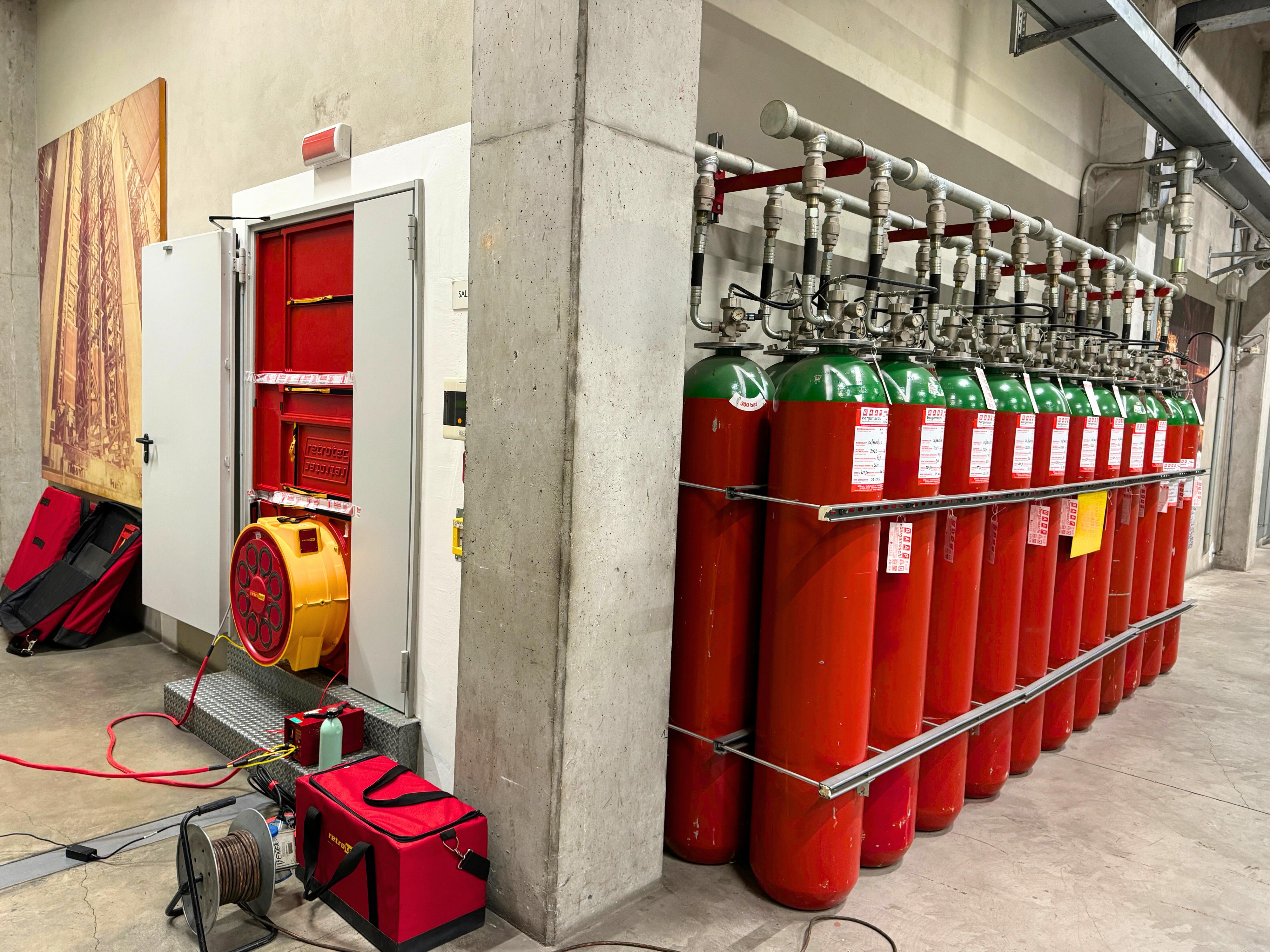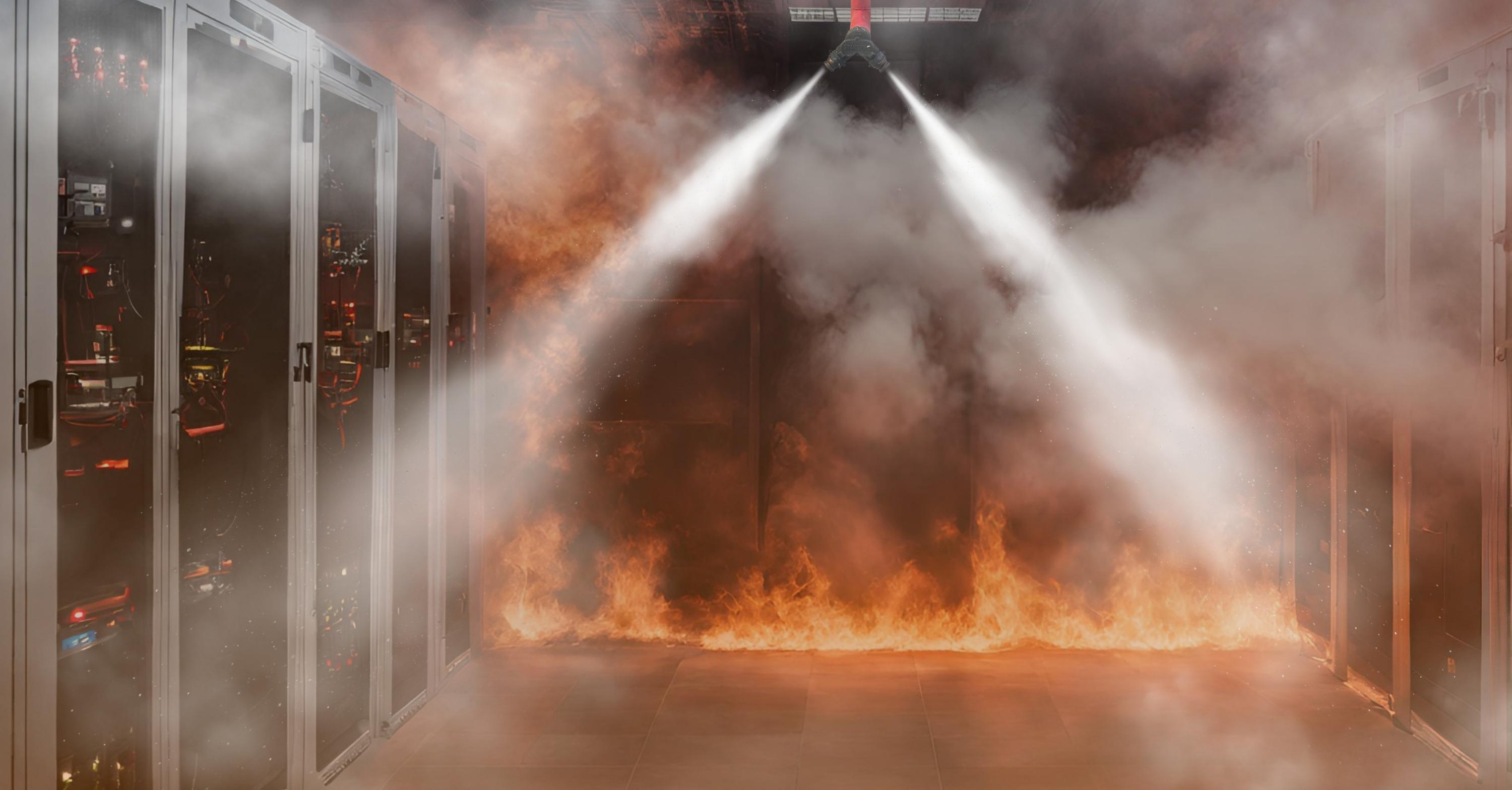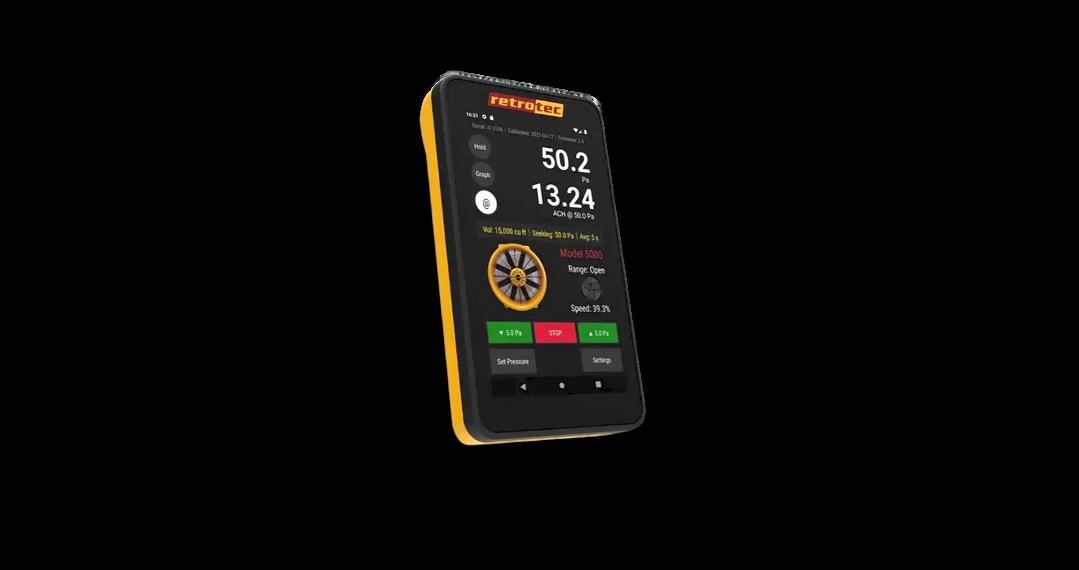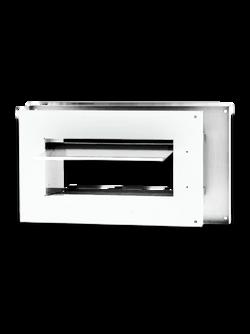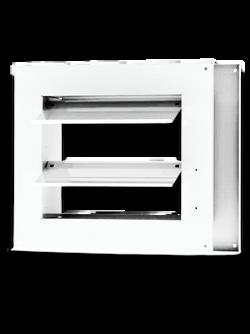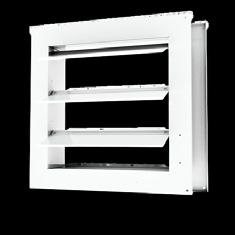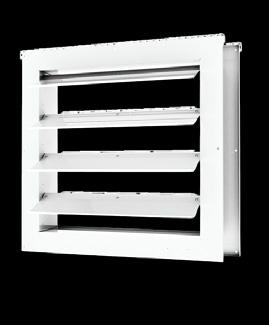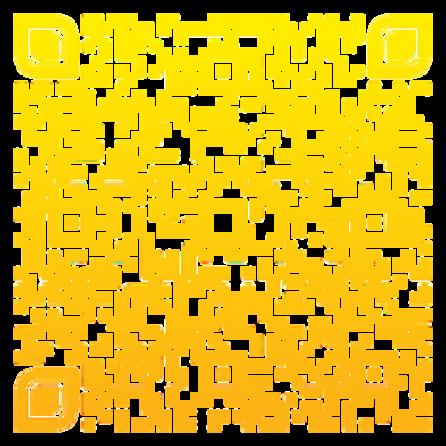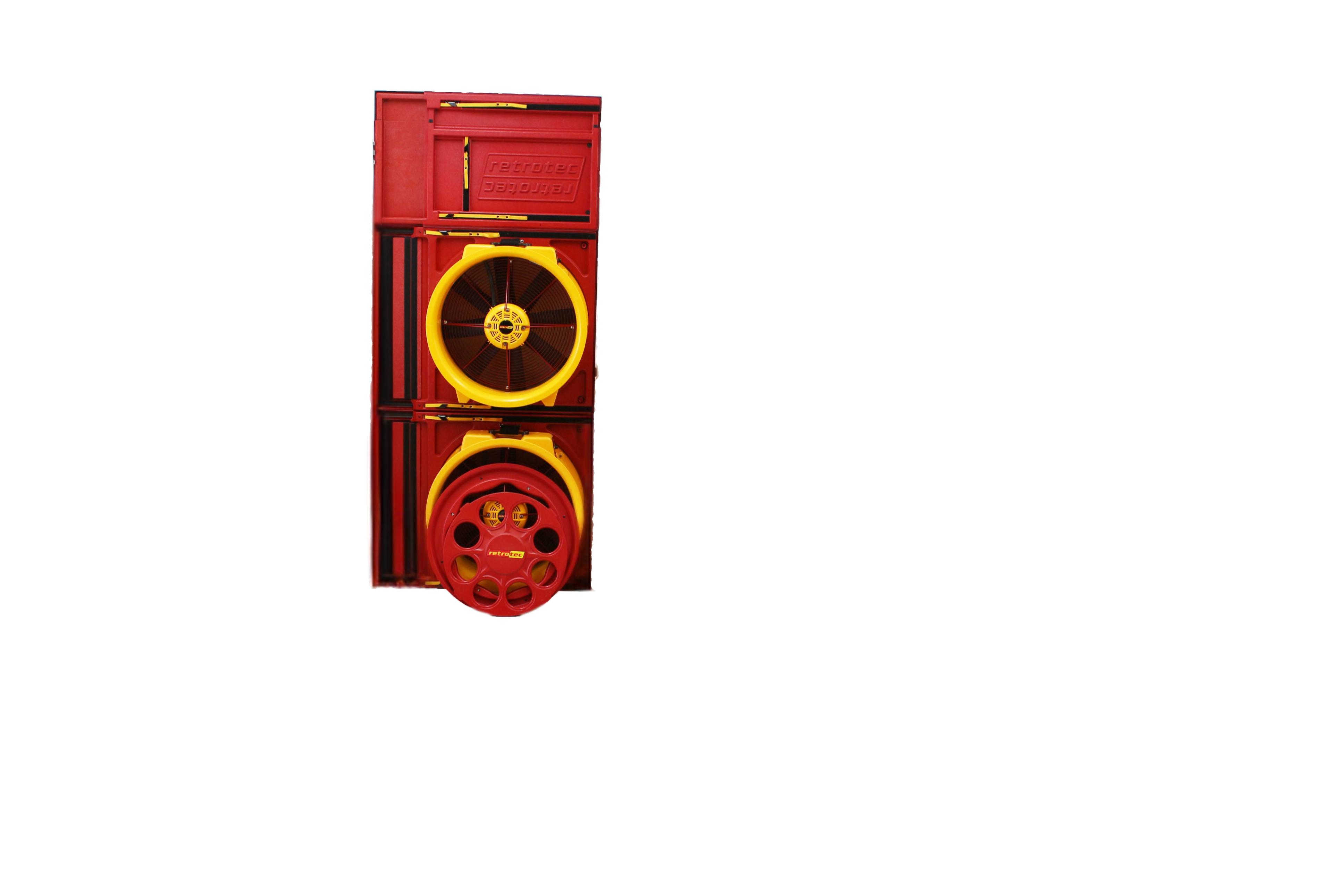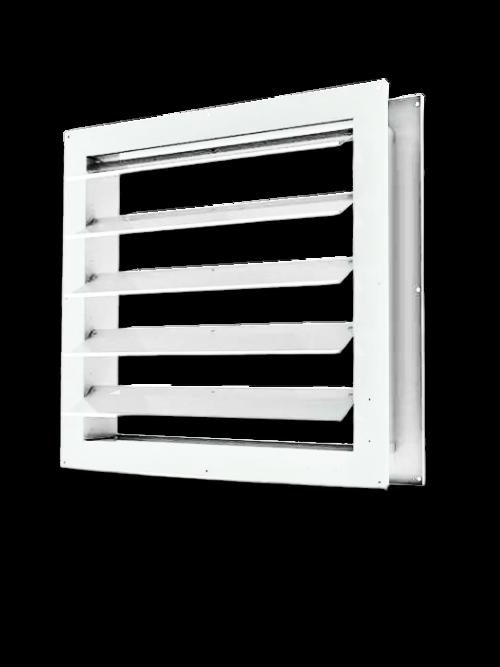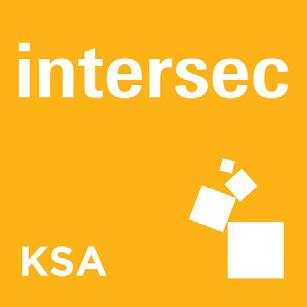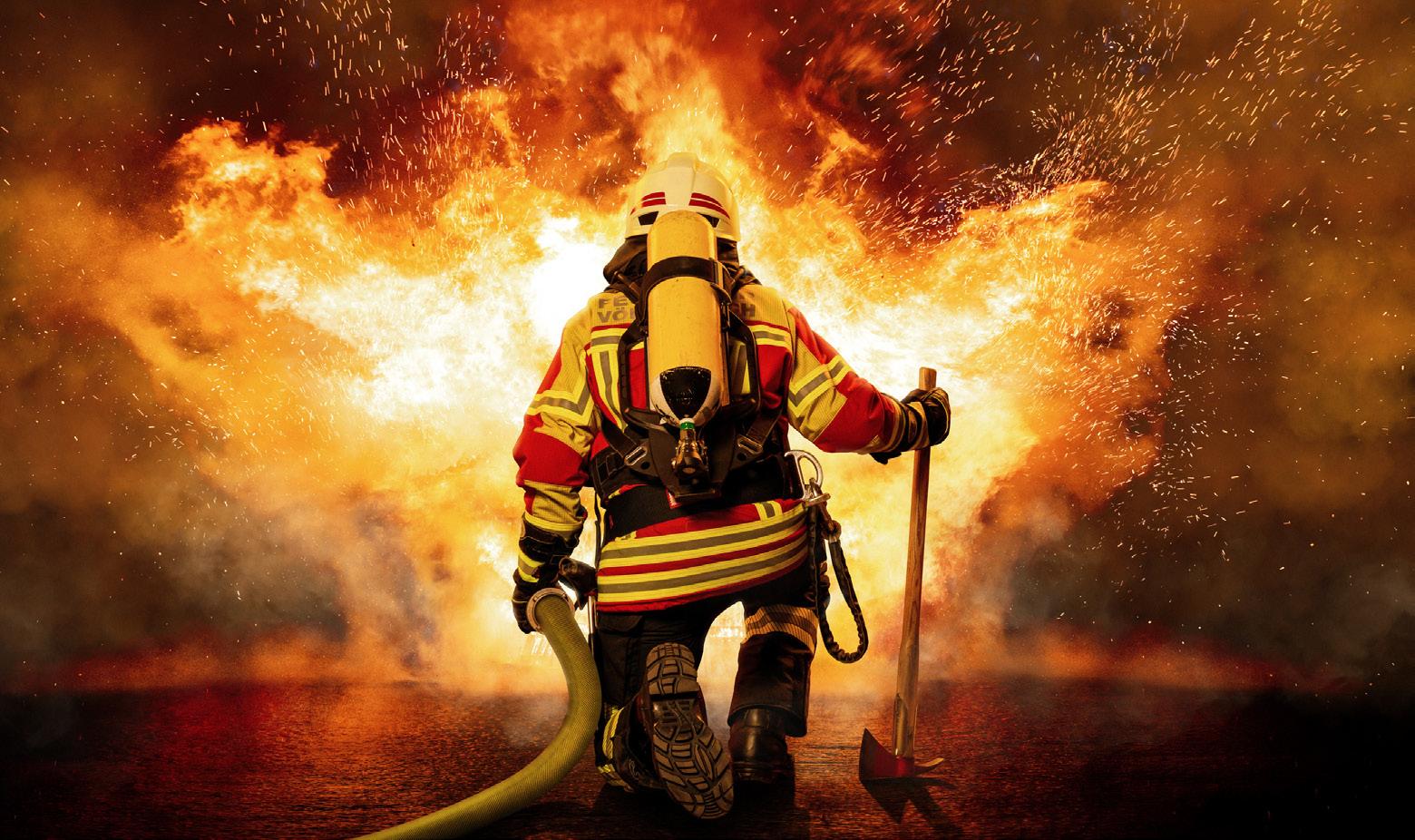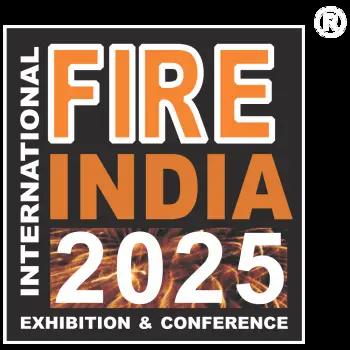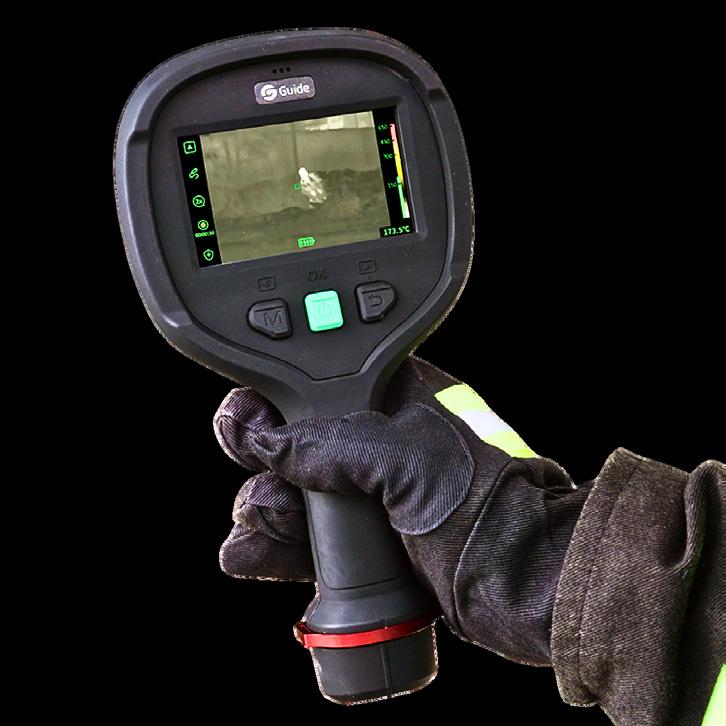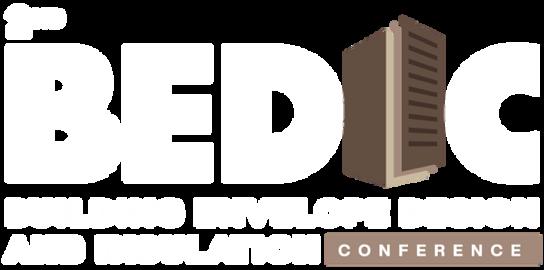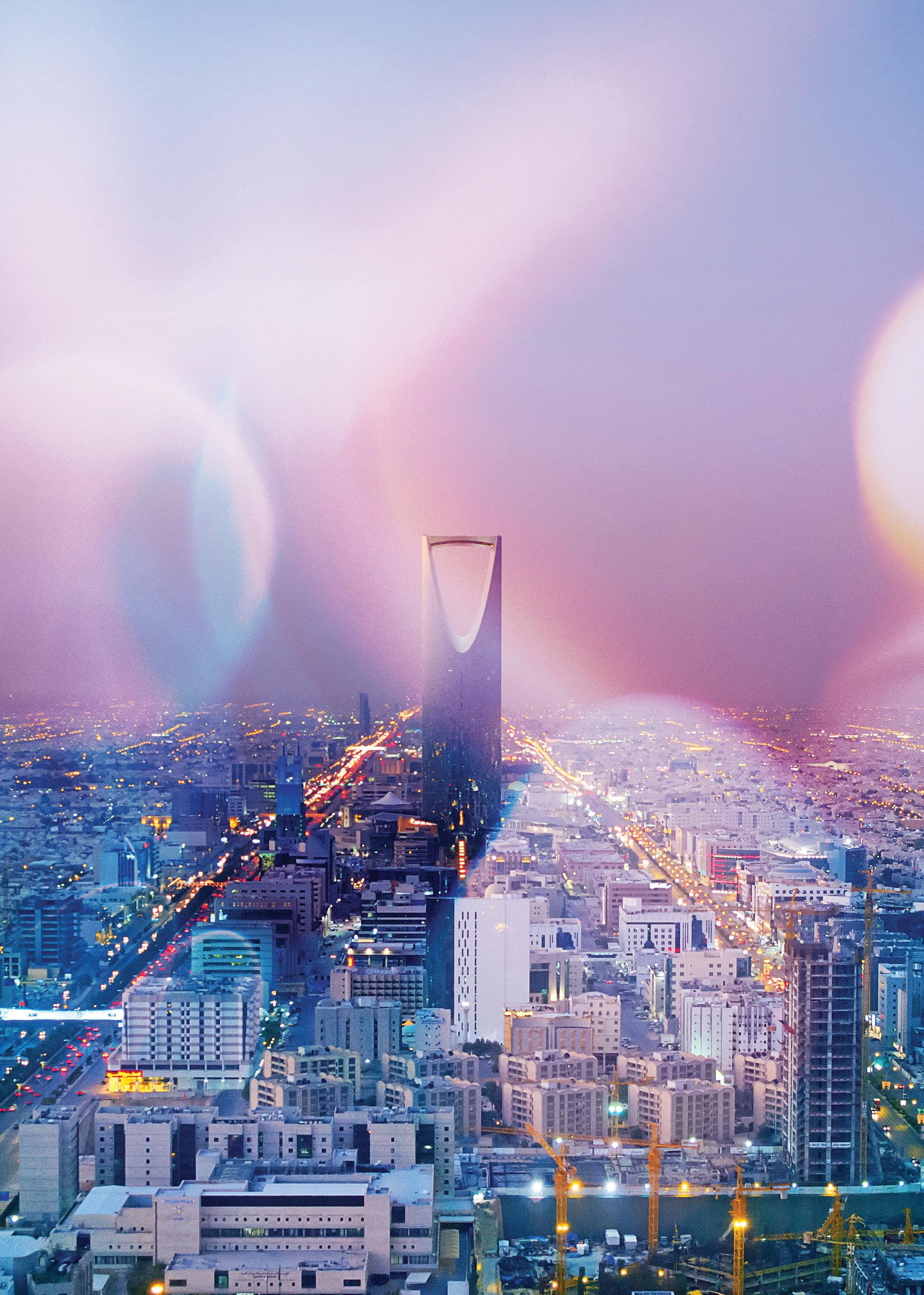




Join expert workshops and live tech demos to expand your skillset
Hear from experts with keynotes, podcasts and panel discussions on the region’s biggest challenges
Forge new alliances in the
and
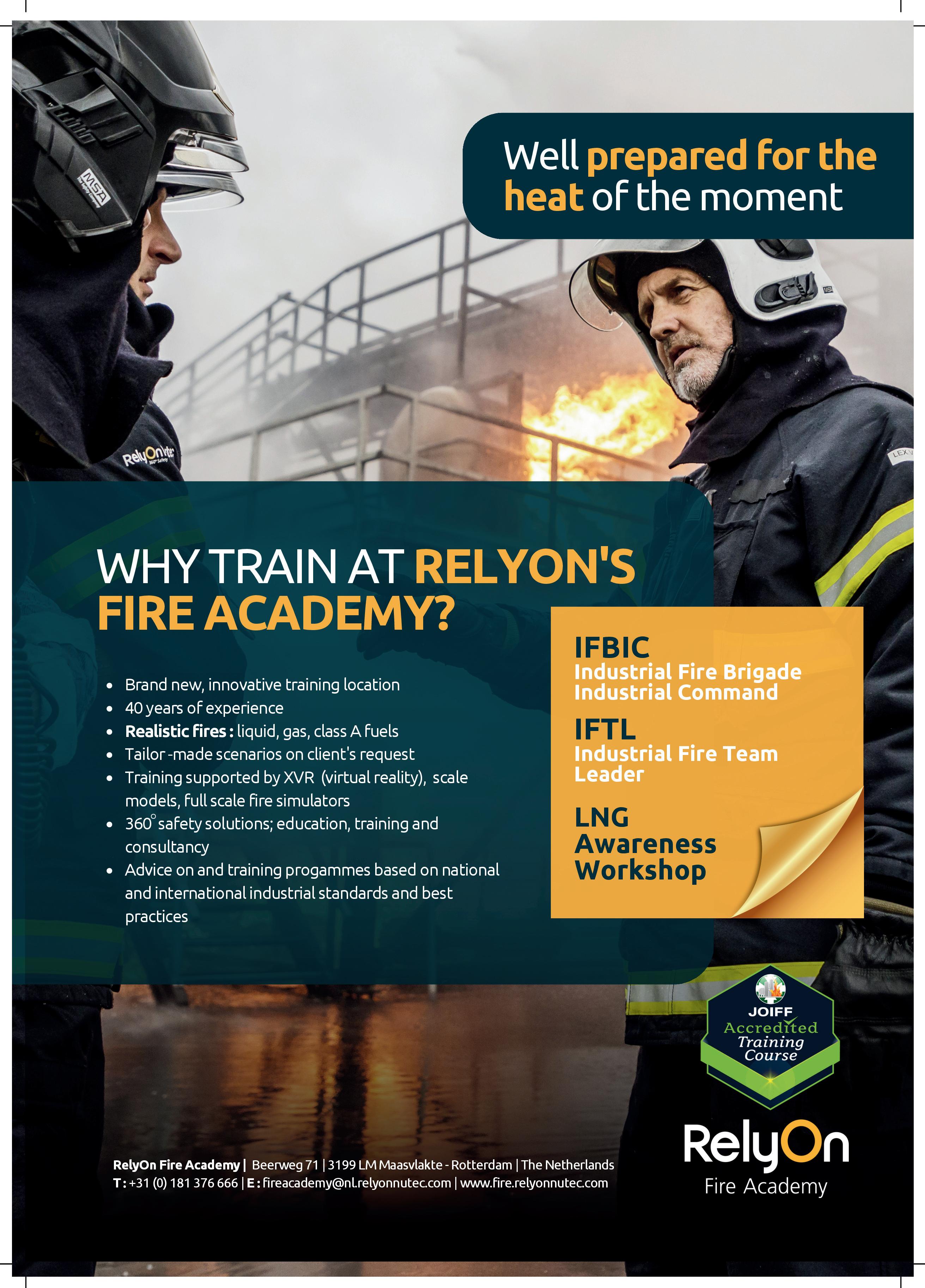
EDITORIAL
Publisher
Mike Dingle
+44 1752 267330 mike@firemiddleeast.co.uk
Editor Cora Lydon +44 7834 244613 editor@firemiddleeast.co.uk
ADVERTISING
Worldwide Ryan Bickerton +44 1752 265802 ryan@firemiddleeast.co.uk
Gareth Driscoll +44 1752 260603 gareth@firemiddleeast.co.uk
Rahul Vara +44 1752 604352 rahul@firemiddleeast.co.uk
Will Russell +44(0)1400 221726 will@firemiddleast.co.uk
Marketing Manager Paul Riglar +44 1752 267 330 paul@firemiddleeast.co.uk
Digital Editor
Britt Jones britt@firemiddleeast.co.uk
Production Team Freya Tucker freya@firemiddleeast.co.uk
PUBLISHED BY
MDC Middle East Ltd
+44 (0)1752 267 330 6 Woodside Lane, Plymouth, Devon, PL4 8QE, UK
This publication may not be reproduced or transmitted in any form in whole or in part without the written consent of the publishers.
©MDC Middle East Ltd. 2025
For subscriptions and advertising enquires, or for further information on the magazine visit our website at: firemiddleeastmag.com
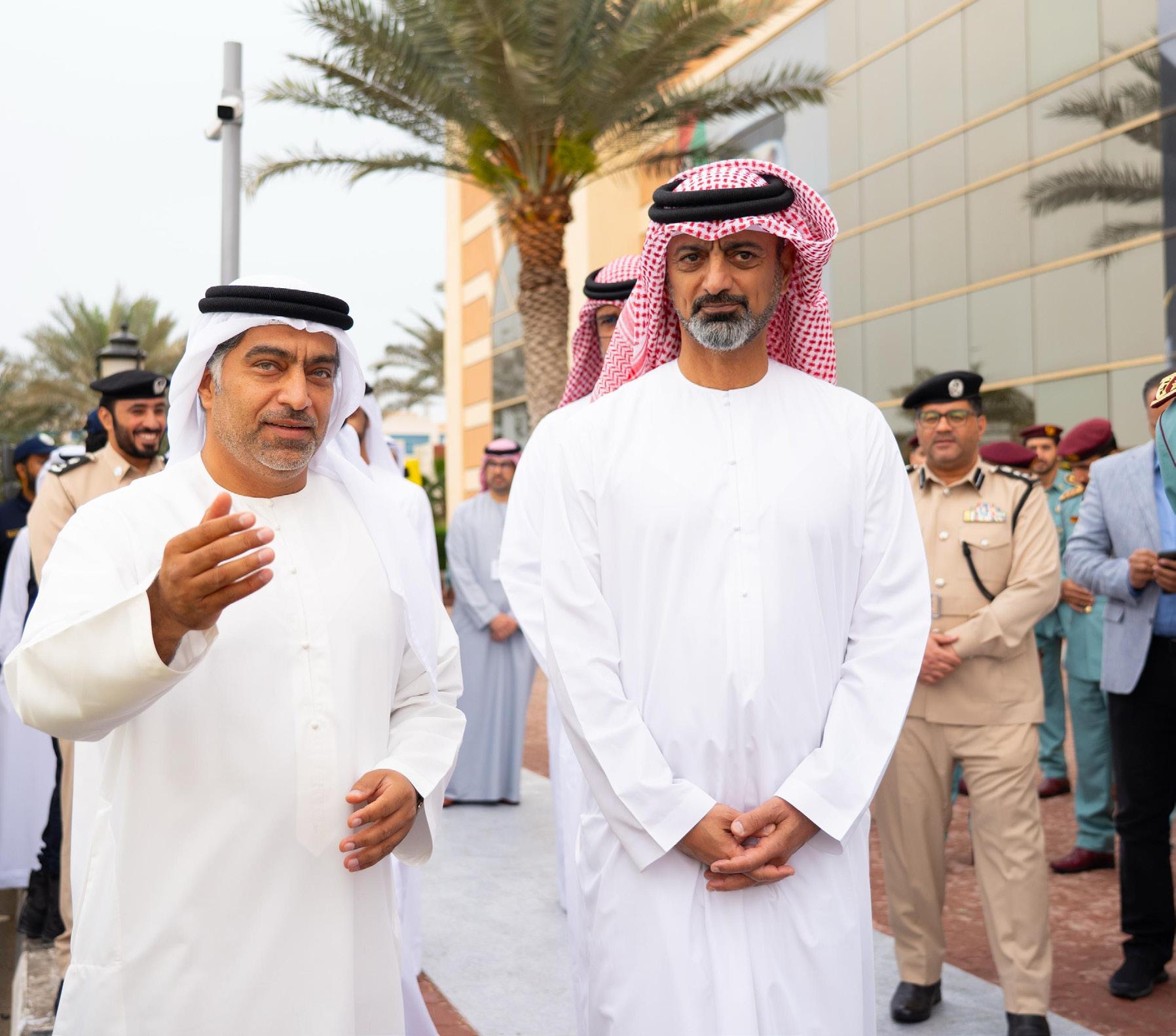
At Fire Middle East magazine we’re not just reflecting on the current landscape of fire safety and emergency response – we’re actively igniting the future. This issue is packed with insightful features designed to keep you at the forefront of industry advancements, from the strategic visions of Dubai Civil Defense (page 36) to the silent yet powerful contribution of sprinkler systems in protecting our brave firefighters (page 48), and the data-driven revolution AI is bringing to fire protection in the MENA region (page 63).
But our commitment to empowering the region’s fire safety professionals extends beyond the printed page. We’re thrilled to invite you to join us in person at the Fire Middle East Conference, taking place this May in the dynamic city of Riyadh! Get ready for an unparalleled opportunity to connect with industry leaders, explore cutting-edge solutions and elevate your expertise.
This year, we’re particularly excited to announce a dynamic training partnership with QHSSE Platform, a global leader in tech-advanced HSE training. Prepare to experience firsthand how immersive VR/AR simulations and AI-powered learning
platforms are revolutionising safety education. At the conference, you’ll have the chance to get hands-on with its state-of-the-art AR/VR product demos and experience first-hand the future of fire and life safety training.
This issue of Fire Middle East offers just a taste of the in-depth knowledge and forward-thinking discussions that await you at the Fire Middle East Conference in Riyadh. Join us to network with peers, learn from global experts and experience the innovative training solutions offered through our partnership with QHSSE. Together, we can continue to forge a safer and more resilient future for the Middle East.
We look forward to seeing you in Riyadh!
Cora Lydon Editor editor@firemiddleeast.co.uk
firemiddleeast Fire Middle East Magazine
03 Up front
Foreword from the Editor
07 Regional news
The latest regional fire safety and protection news
11 International news
Fire-related news and advancements from around the globe
12 Product showcase
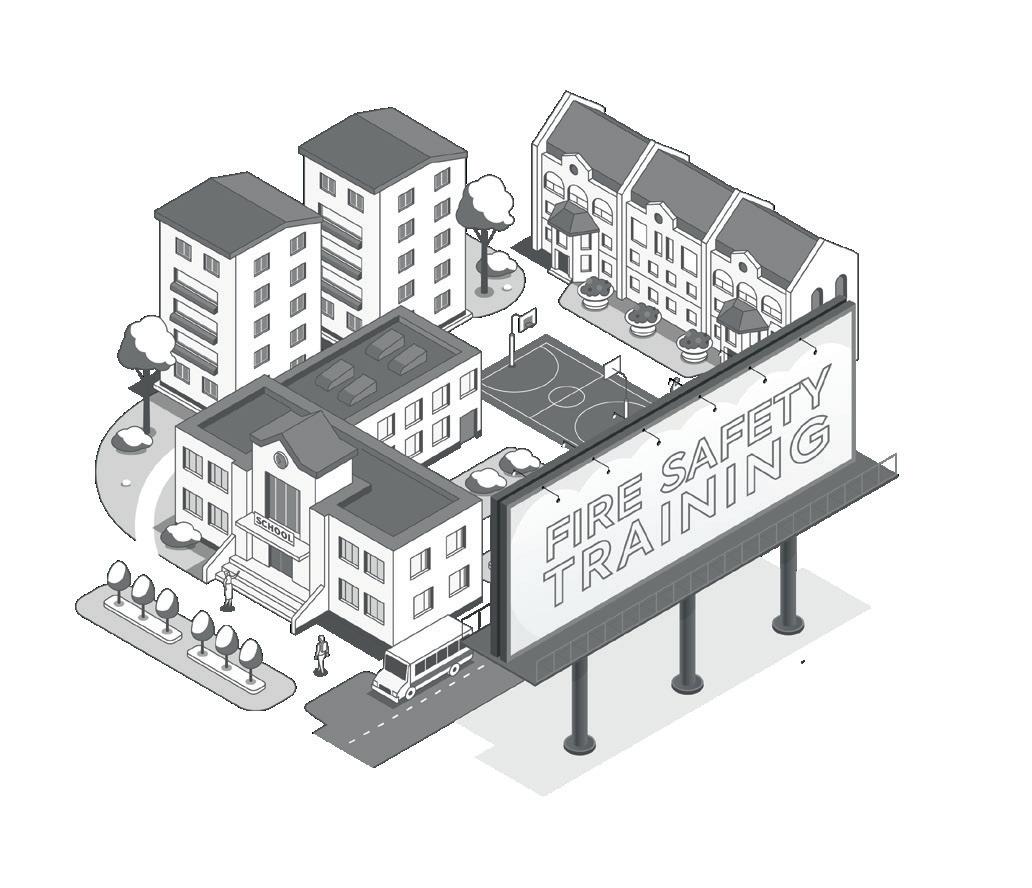
Find out about some of the newest products to reach the market
70 Diary
Diary dates for forthcoming fire safety exhibitions, conferences and events
17 Fire Middle East Conference
2025
With just a matter of weeks to go we bring you all of the features you can look forward to at the Fire Middle East Conference, happening in Riyadh in May
30 Training solutions at the Fire Middle East Conference
Learn more about our partnership with QHSSE and the chance our delegates will have to experience for themselves cutting-edge AR/VR training solutions
36 Forging the future of fire & rescue
Fire Middle East magazine spoke with Major General Ali Al Mutawa, Assistant General Director for Fire & Rescue at Dubai Civil Defense, to find out more about his role, his plans for the organisation and the collaborations that are helping keep Dubai safe
41 Advanced Fire Suppression in Action
Stefano Rotti, a former Fire Chief now responsible for the Emergency Knowledge Unit in the Milazzo Refinery S.C.p.A, shares his operational experiences of firefighting turbines and explores the future outlook for their use
45 The move towards more intelligent wildfire suppression
For today’s fires, proportioners are smart tools at the forefront of fire defence,
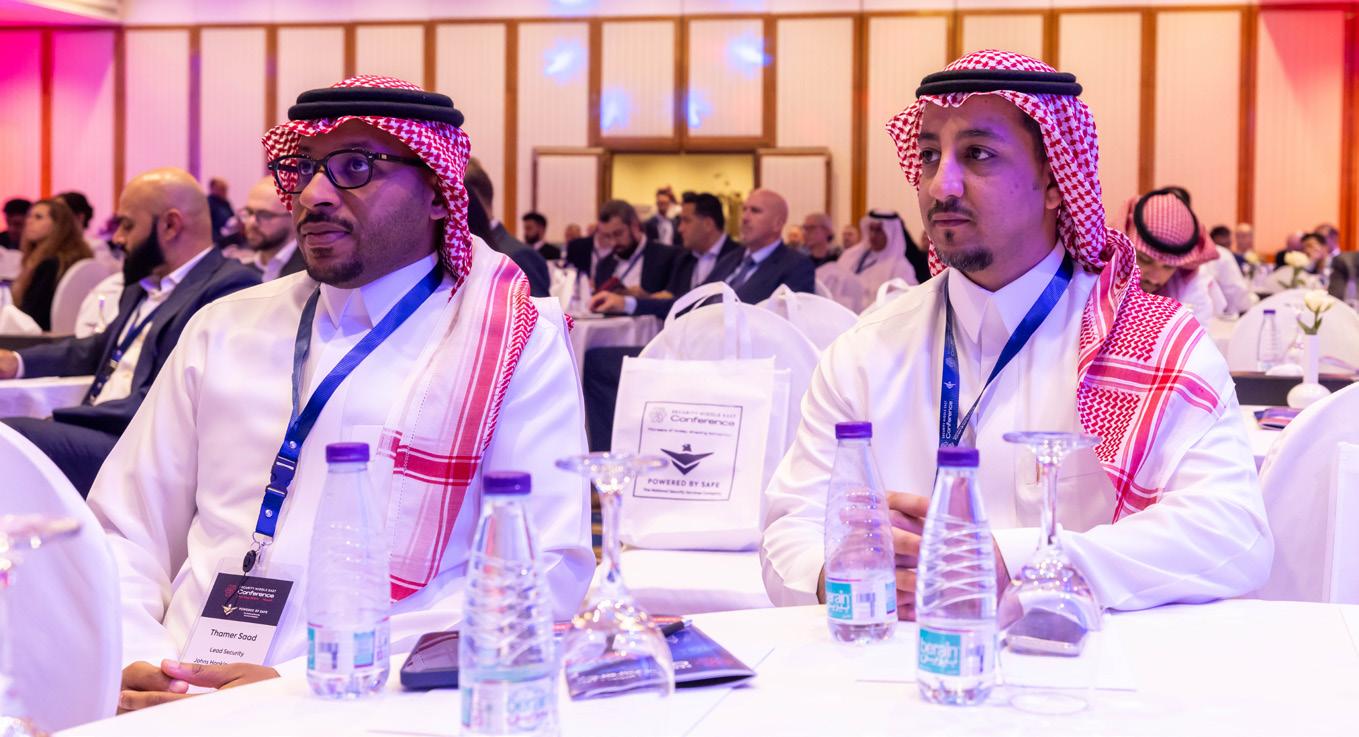

helping to protect lives, property and the environment from ever-growing threats of wildfires. Jason Voerman, Regional Sales Head – Middle East & Africa, FireDos, explores the topic
48 Levelling the playing field
Peter Stephenson, fire safety solutions expert, explores the firefighter’s silent ally – sprinklers, and how efficient systems can contribute to firefighter safety
52 Case study | AVD Fire
Keolis, operator of Dubai’s Metro network, sought to mitigate the risks associated

with lithium-ion battery fires, and turned to AVD Fire to shore up safety for workers and passengers
55 Building fire resilience
Bob Rea, QFSM, MBA, FInSTR, MIFireE, TEchIOSH, looks at the need for fire safety education programmes for students, teachers and staf, including hands-on training and awareness campaigns
59 Do you need product certification for your project?
In the Middle East, the terms Certified, Listed, Certificate of Compliance (COC) and Test Report are typically thrown around without full understanding of what each of those building compliance components actually are. Brett Shinn, Thomas Bell-Wright International Consultants, Dubai branch, explains more
63 Data-driven defence
Mina Zakhary, Principal Fire Consultant, Cundall, explores AI’s strategic shift in MENA fire protection and how it can shape fire and life safety practices for the future
66 IWMA’s plans for 2025
We hear more about the International Water Mist Association’s plans for the coming year
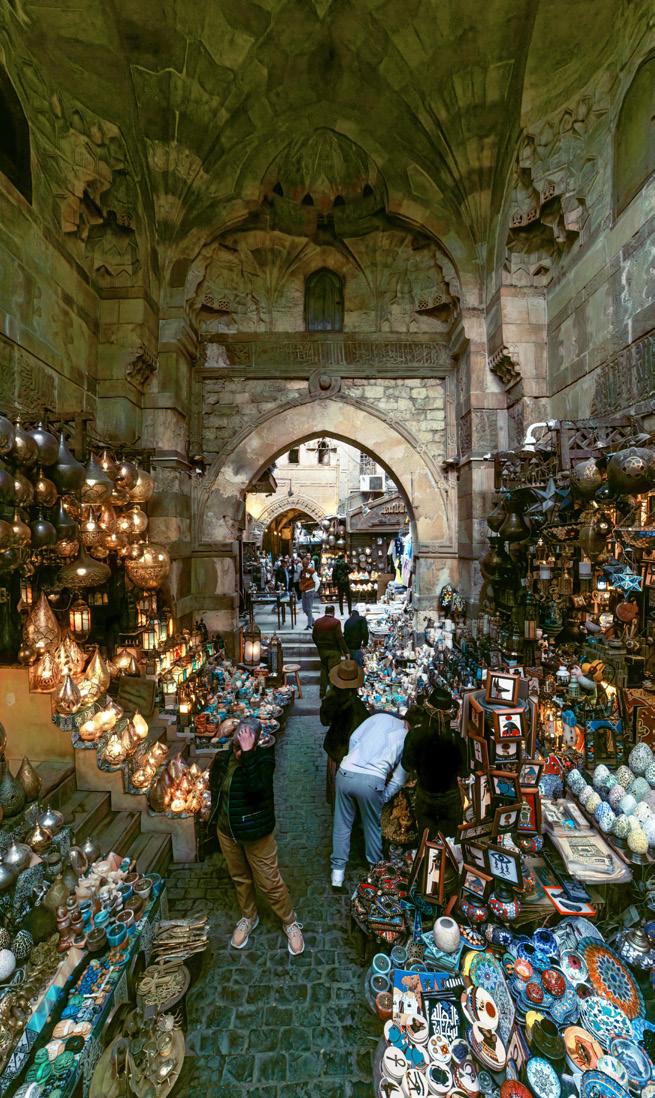

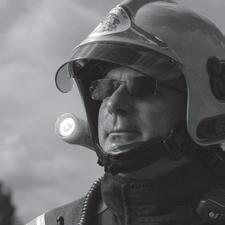
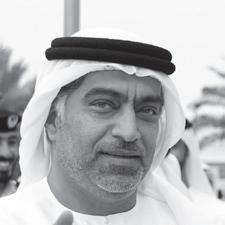
Bob Rea
Director, BR Training Solutions
Bob Rea, QFSM, MBA, MIFireE, MInstLM, TechIOSH, is a respected, experienced emergency response professional with over 40 years of experience. He was awarded the Queens Fire Service Medal (QFSM) for his work leading the implementation of the UK National Urban Search and Rescue capability.
Stefano Rotti
Former Fire Chief
Former Fire Chief since May 2024, Rossi is now responsible for the Emergency Knowledge Unit in the Milazzo Refinery S.C.p.A. He is also the Operational Coordinator of a Municipal Volunteer Civil Defence Group of Milazzo Town.
Major General Ali Al Mutawa
Assistant General Director for Fire & Rescue at Dubai Civil Defense
Major General Ali Al Mutawa joined Dubai Civil Defense as a firefighter in 1999, climbing the ranks of the organisation to his current role. He was one of the youngest members to ever receive a Fellowship from the Institution of Fire Engineers (IFE).



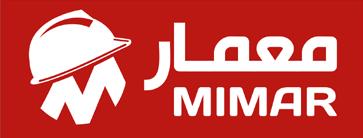

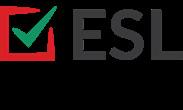




During Intersec 2025 in Dubai, the Abu Dhabi Civil Defence Authority (ADCDA) signed five strategic agreements with international companies, specialised in manufacturing the latest in firefighting and ambulance vehicles, enhancing its field readiness and operational capabilities.
And in February, ADCDA won six awards at the Dubai Quality Group Awards ceremony, reinforcing its position as a leader in promoting public safety and adopting the latest technologies in civil defence.
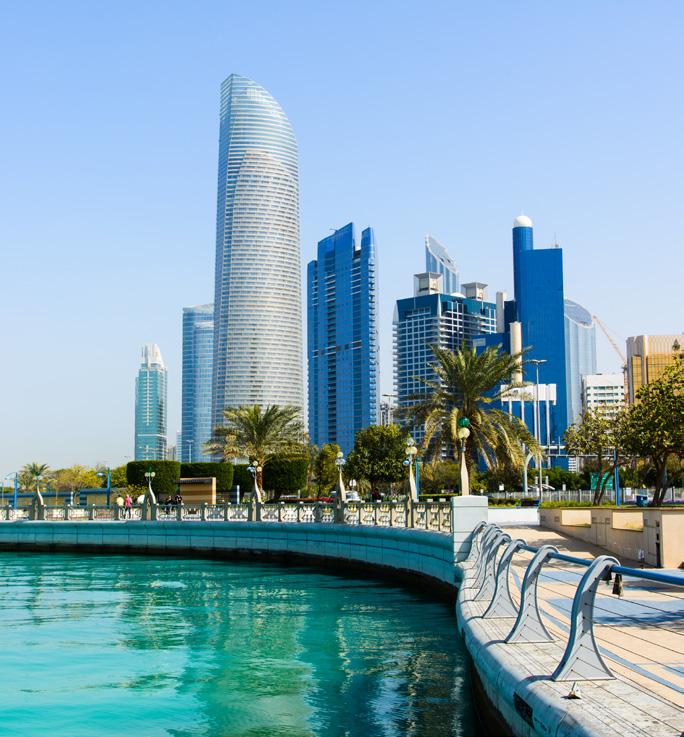
According to 6Wresearch, the Saudi Arabia passive fire protection market size is expected to grow at a significant CAGR of 5% during 2025-2031. The strict fire regulations by the government is driving growth and ensuring all buildings comply with specific passive fire regulations standards. Along with the booming construction industry and an increased
awareness of fire safety, building owners and developers are more conscious of implementing effective PFP measures to protect their properties.
Currently there is a limited number of local passive fire protection suppliers in Saudi Arabia, which leads to a heavy reliance on imported materials and systems.

A major fire at four plastic waste sorting and recycling factories in Cairo also completely engulfed several houses amid widespread panic and fear among residents, who were trying to escape the rapidly spreading flames.
The fire broke out in the Manshiyet Nasser neighbourhood overnight in January. The cause of the fire was not immediately determined and there were no casualties. In response to the fire, the governor has formed an engineering committee to assess the extent of the damage to the factories and surrounding buildings.
The UAE Government has introduced a Federal Decree-Law to establish a new entity named Civil Defense Authority, that will operate as part of the National Emergency, Crisis, and Disasters Management Authority responsible for creating hazards prevention programmes and establishing safety standards, securing buildings and facilities against fire hazards, and deploying rapid response teams to incident sites to extinguish fires effectively.
The reorganisation also focuses on improving coordination between local and federal entities working in civil defence, developing advanced alert and evacuation
systems, providing care for affected individuals, and forming specialised teams for relief efforts.
Duties extend to establishing and equipping specialised risk management centres and public alert systems to warn residents of potential hazards. It will also prepare evacuation plans for residents when necessary and ensure residential and institutional buildings are adequately equipped.
The Authority’s responsibilities also include monitoring radiological, chemical and biological hazards and taking the necessary measures to address them in coordination with relevant authorities.
The Civil Defense Authority will prioritise coordination with entities that maintain internal security and safety systems, such as oil companies and airports, to ensure effective support and assistance when required.
The decree establishes a dedicated committee to review compensation claims related to damages caused by civil defence operations, with a grievance mechanism in place. It also enforces strict penalties, including imprisonment of up to six months or fines of up to Dh250,000 for violations of the law or disruptions to civil defence activities.
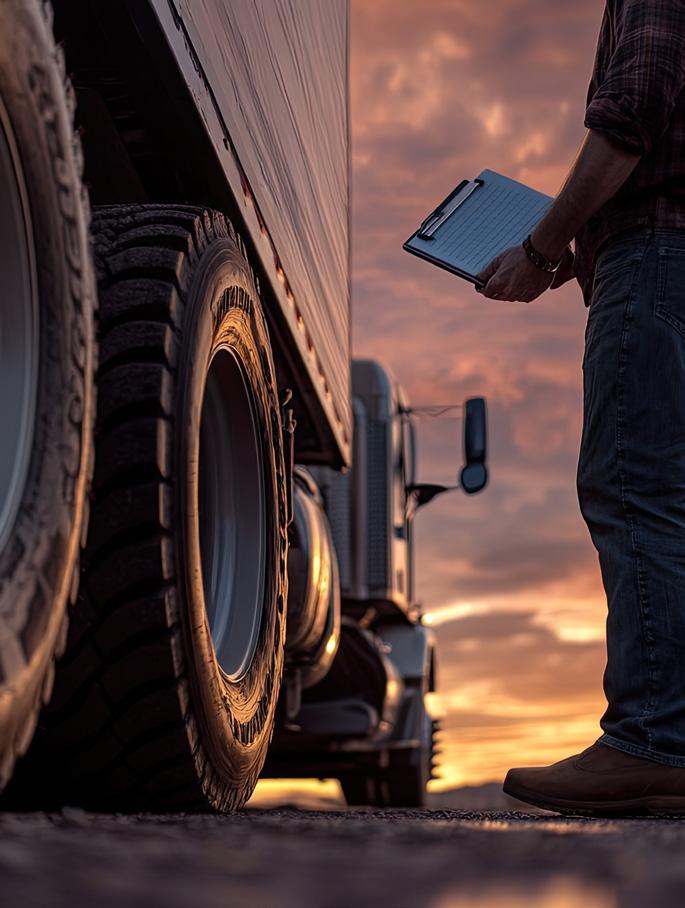
Dubai Police has reiterated the importance of regular vehicle inspections and preventive maintenance following a fatal accident when a lorry caught fire causing the driver to lose control and collide head-on with another oncoming lorry. The other driver sustained serious injuries and was rushed to hospital for treatment.
Major General Saif Muhair Al Mazrouei, Director of the General Department of Traffic at Dubai Police stressed the need for strict compliance with traffic regulations and warned against unauthorised vehicle modifications, noting that unapproved alterations often contribute to breakdowns and fires.
The 16 billion dollar Metro System is about to open in Jeddah – four lines, 81 stations and 160 kms. The Metro is part of a citywide commitment to increase commuter public transport facilities from 2% to 30%. On the other side of the Kingdom, Riyadh will open the final line of its new Metro system which covers 176kms with 86 stations at a cost of 25 billion dollars.
Projected to handle over a 100 million tonnes of cargo each year, Iraq’s Al Faw Grand Port will become one of the biggest ports in the Persian Gulf when it is completed in 2045, with a 14.5km breakwater which is the longest in the world. The first phase alone, which will be completed this year, is estimated to have cost just under 5 billion dollars
Kuwait will complete its first International Airport with a capacity for a 25 million passenger throughput. The aim is for the airport to become the regional hub deep within the Persian Gulf. Another of this 4.3 billion development goals is to achieve a Green Gold Certificate having been built with sustainability at the heart of the project.
Later this year the long awaited 30km rapid transit system, the Bahrain Light Rail Network will be completed connecting the capital city Manama with vital areas of the country. The Network is expecting to handle 200,000 passengers a day. In the longer term, the network will be integrated into the Gulf Rail Network providing better connections with the rest of the Arabian peninsula.
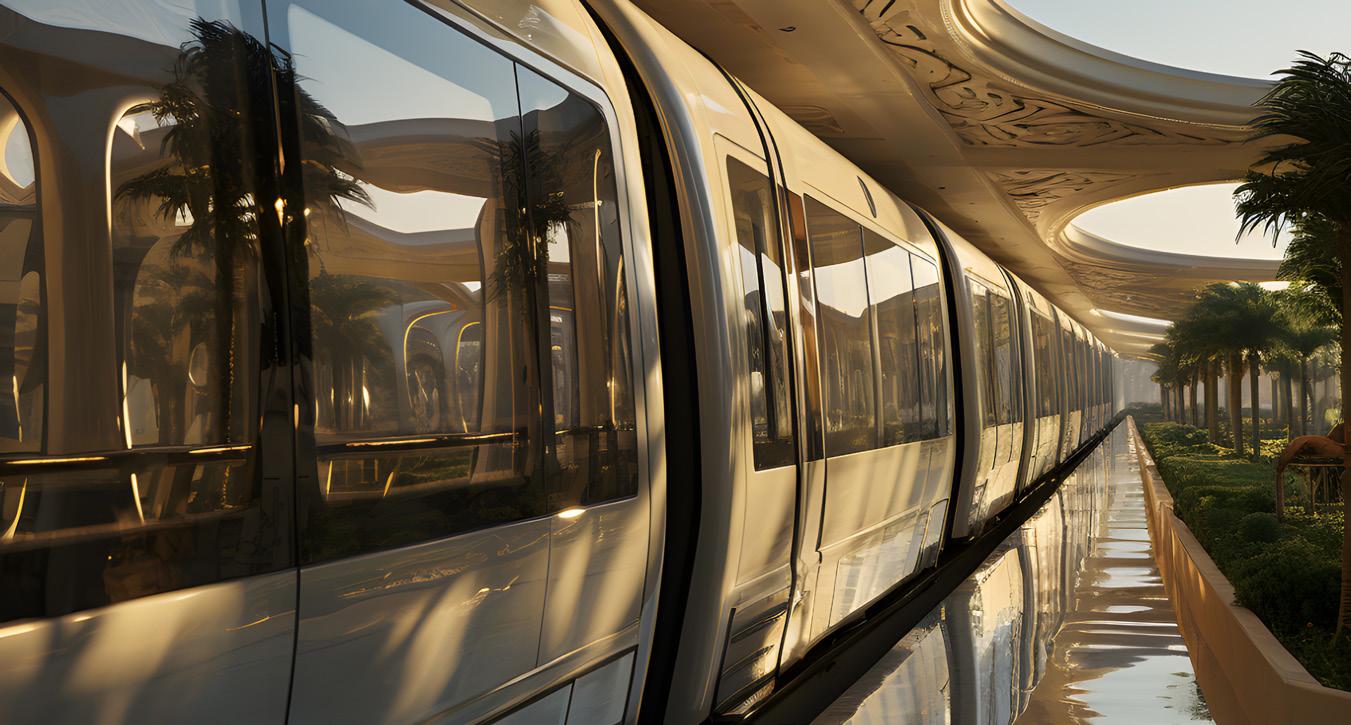
In an unprecedented move, Dubai’s Civil Defence under the patronage of Sheikh Mansoor bin Mohammed bin Rashid Al Maktoum, the Chairman of Dubai’s Supreme Committee of Crisis and Disaster Management, has initiated the ‘1 Billion Readiness’ programme, which aspires to become the largest global initiative for fire safety awareness and training, aiming to educate 1 billion people on fire prevention.
Running from 2025 to 2027, this United Arab Emirates-led endeavour will involve 34 countries and 18 firefighting organisations. A notable feature, the ‘Hope Convoys’ project, is specifically aimed at offering assistance to developing countries, focussing on providing essential firefighting equipment and establishing new fire stations to significantly boost emergency preparedness and response capacities.
A massive fire broke out in Swat, Bahrain, quickly engulfing more than 10 homes, before emergency responders had the opportunity to start operations. Firefighters were further hindered by the difficult terrain and limited access, which meant the site of the fire had to be reached on foot. All residents were safely evacuated, with locals joining the firefighting efforts.
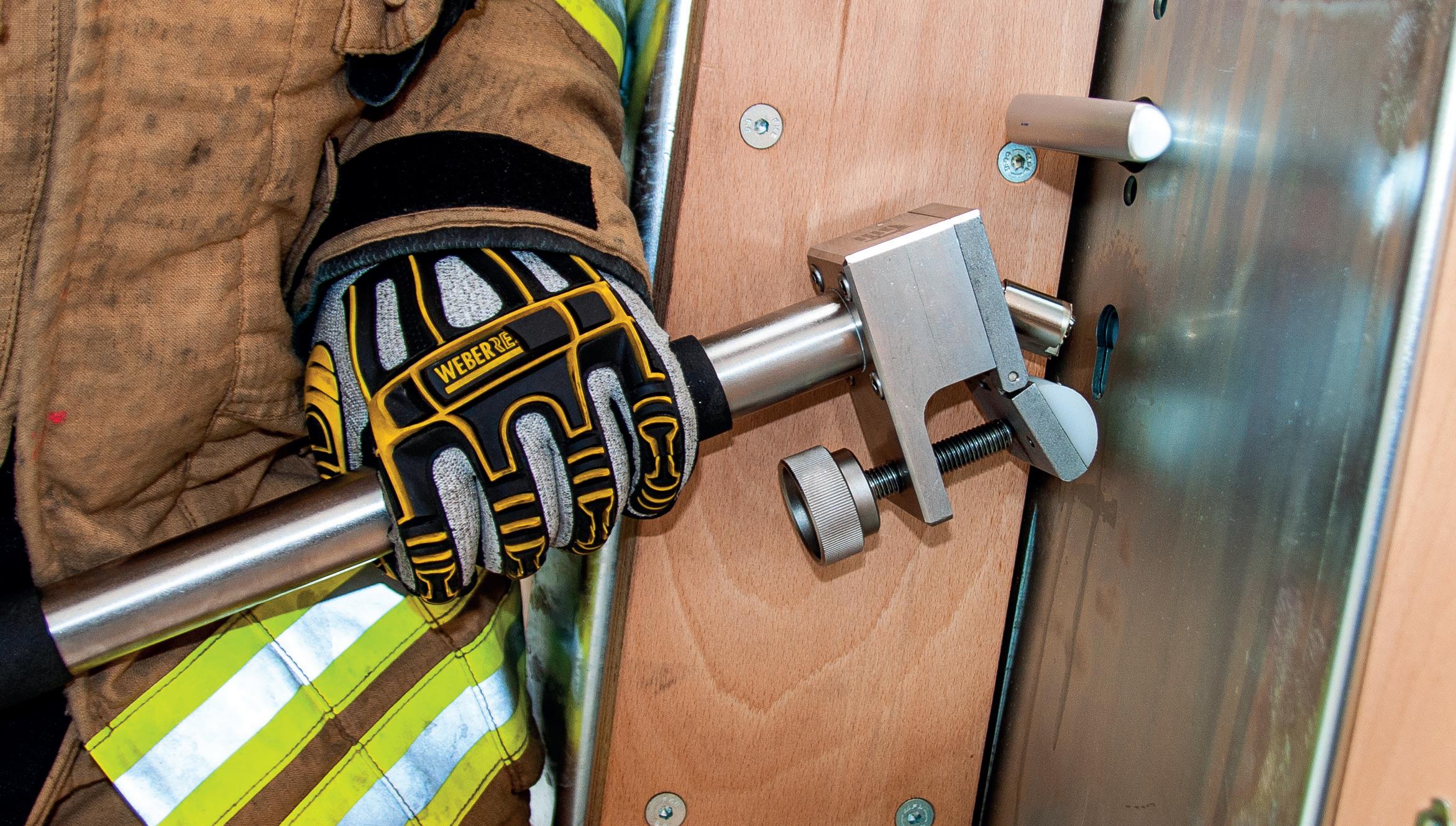
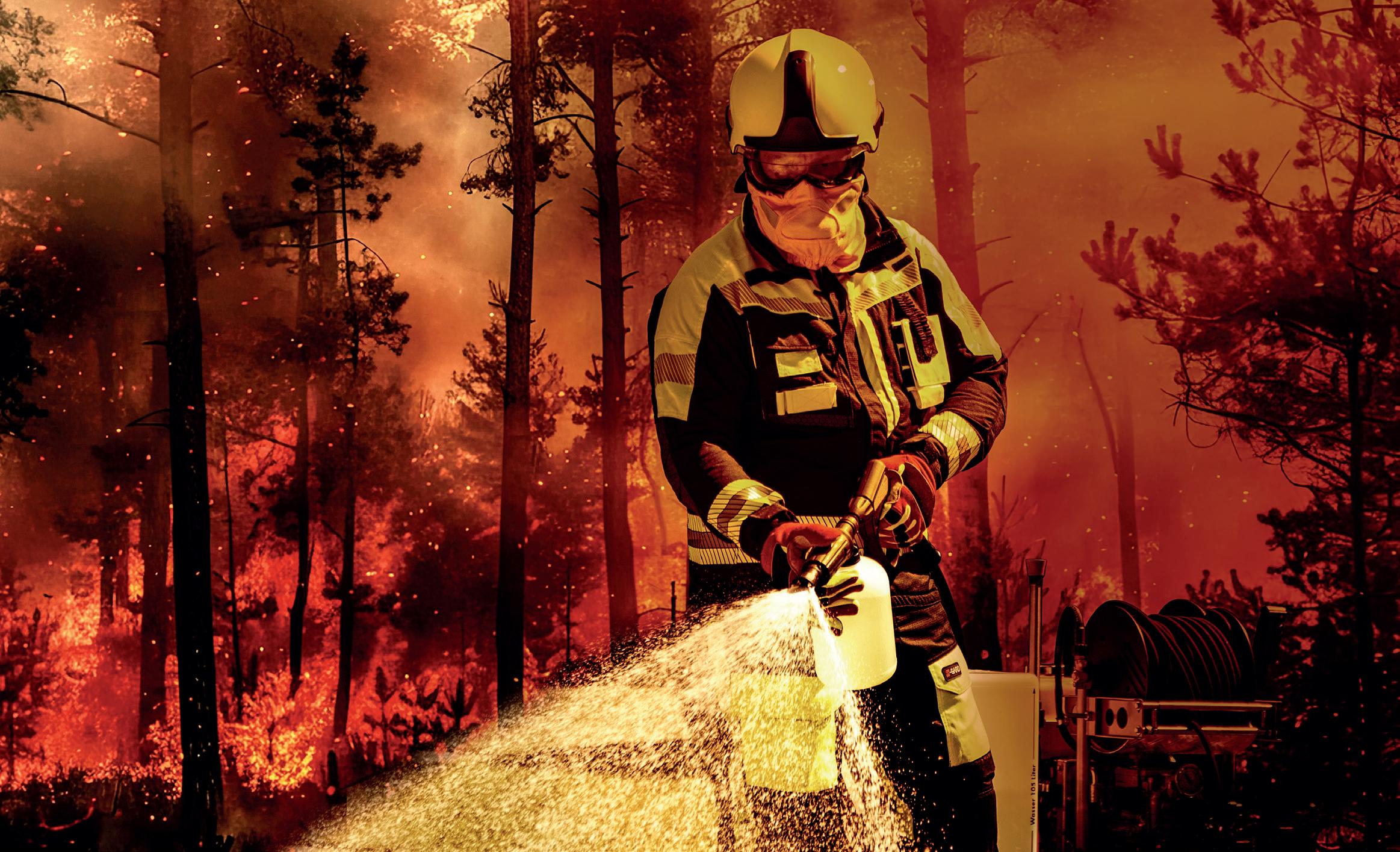

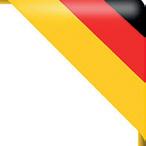

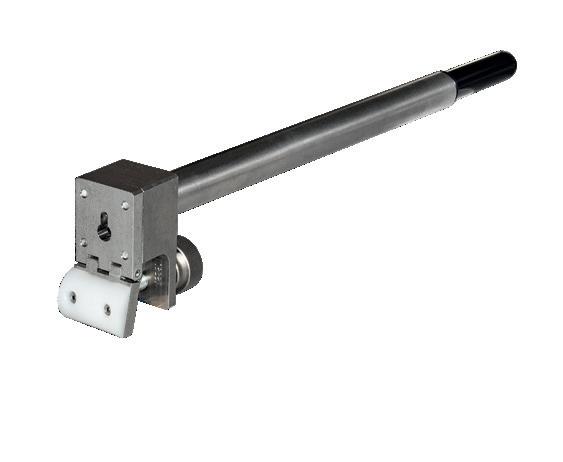

www.multi-zettex.de
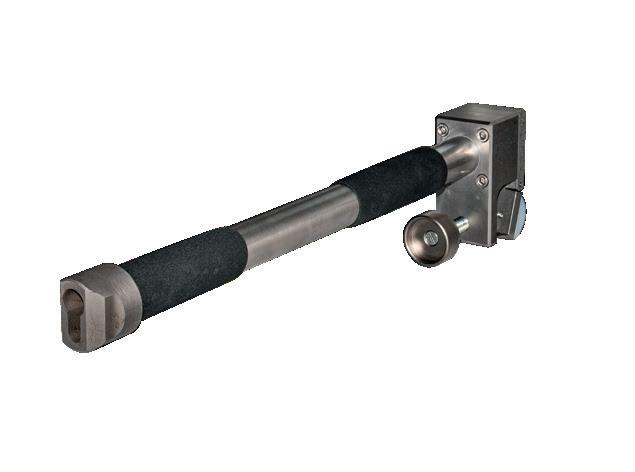





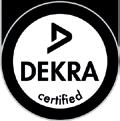
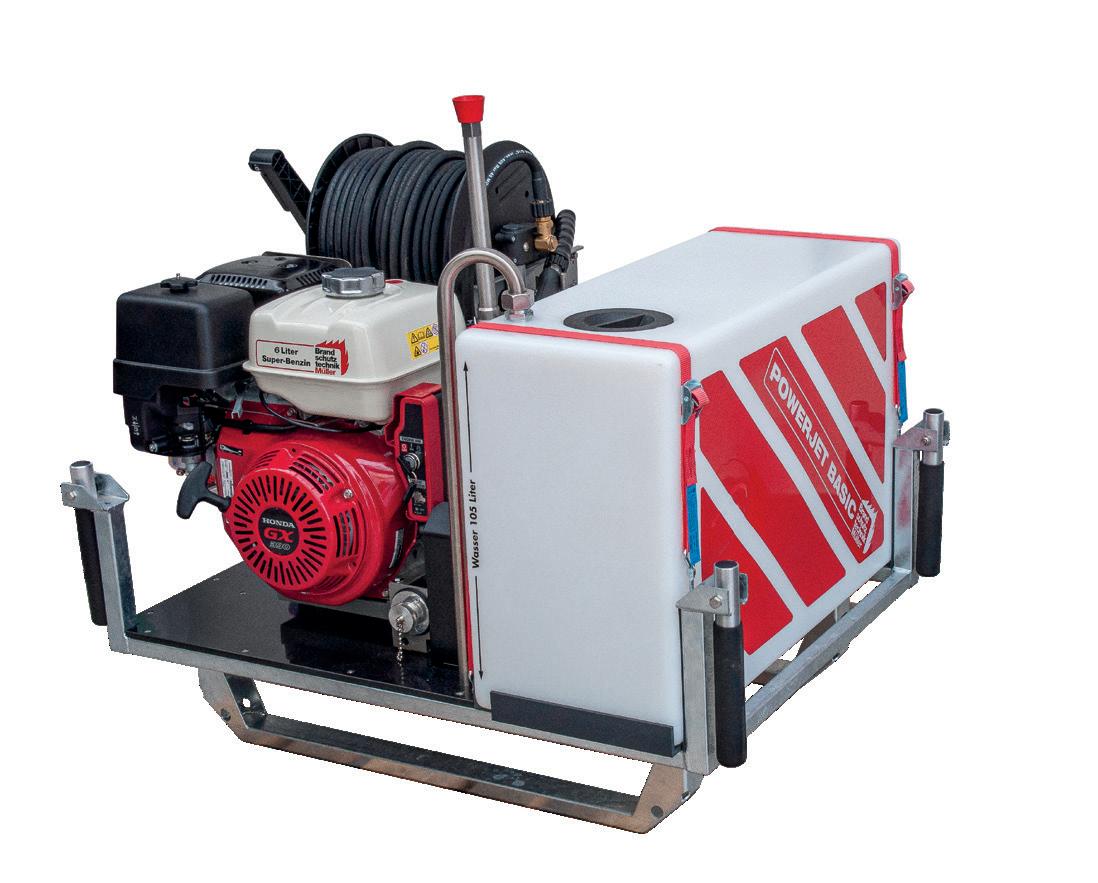
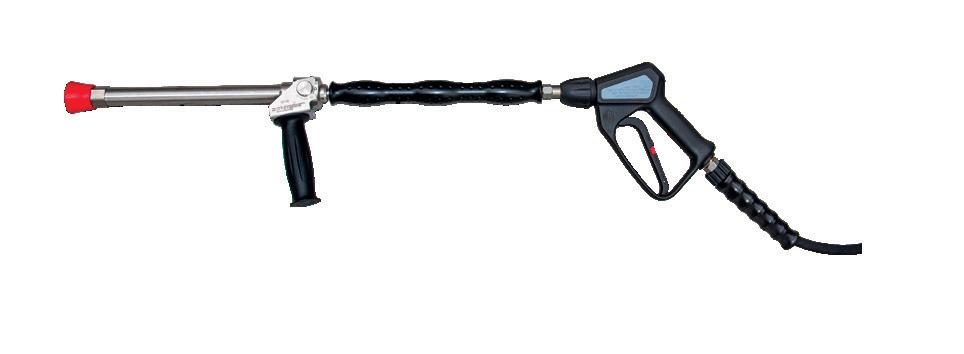
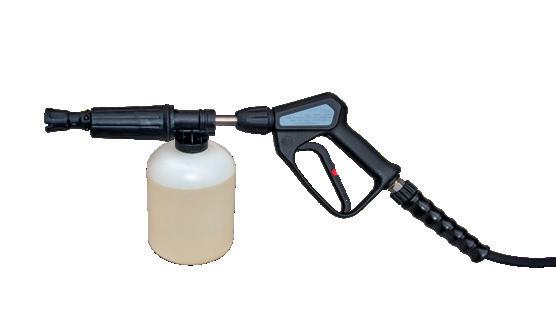



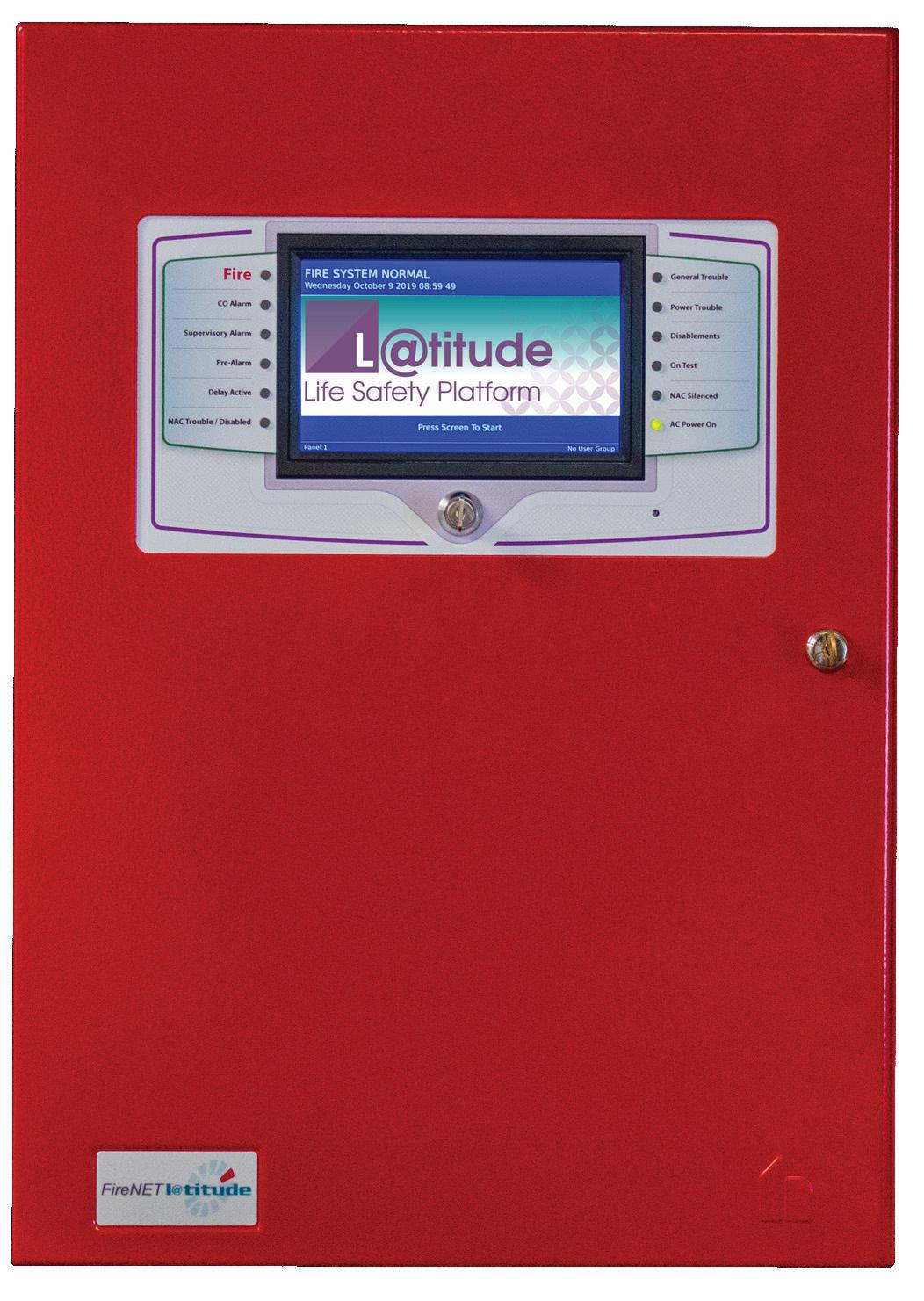
• International network of trusted installers
• Easy and fast to set-up
• Plug and play modular construction
• Powerful cause and effect programming
• Networking capability for large projects

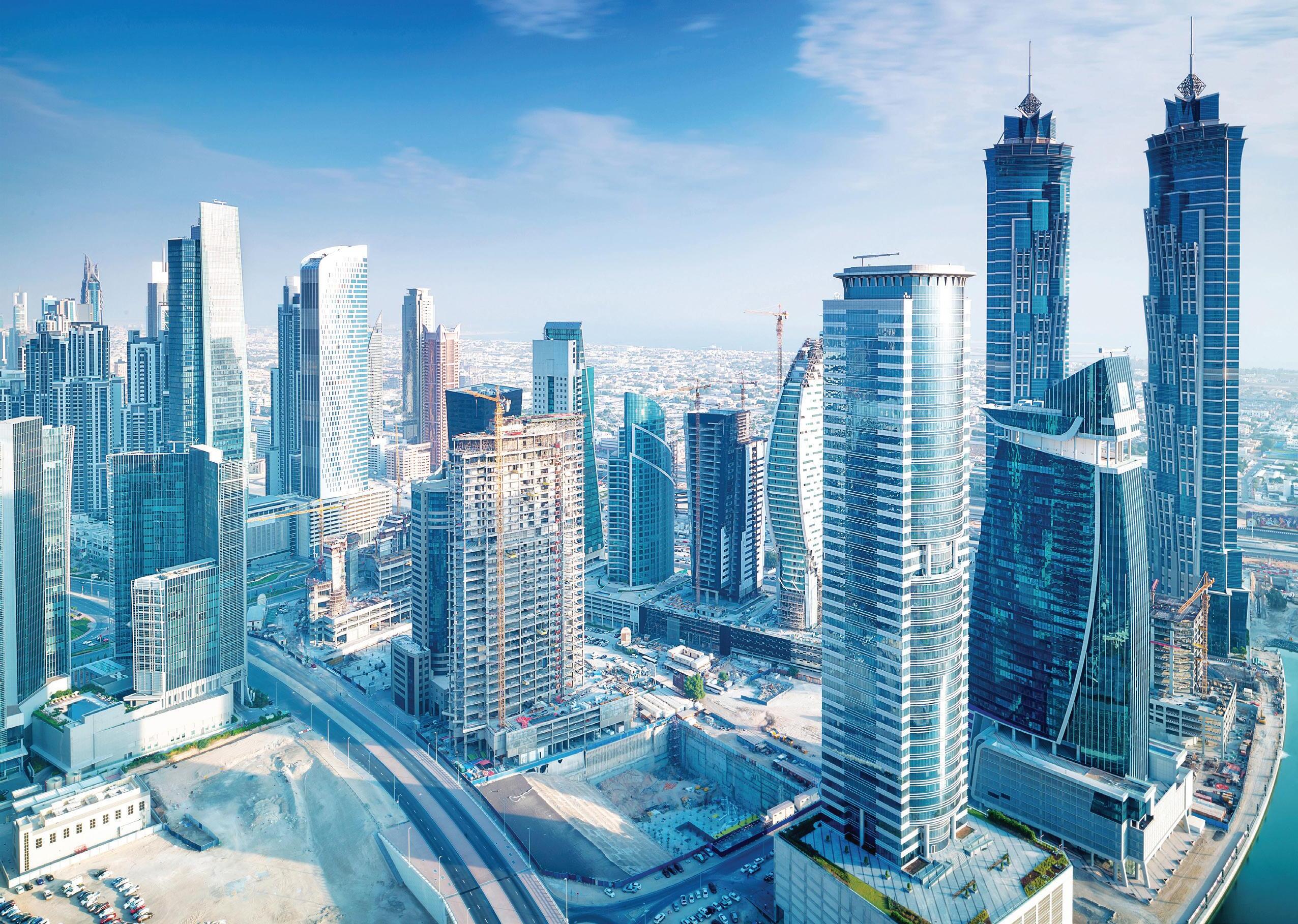
learn more
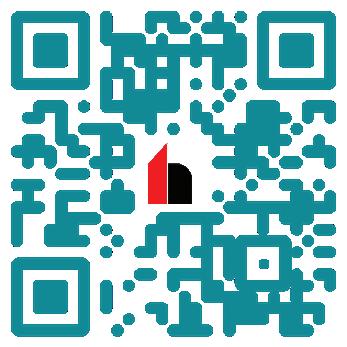
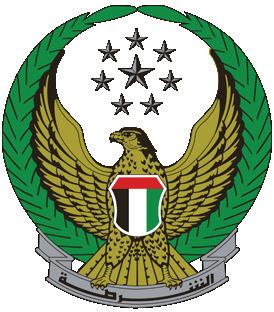
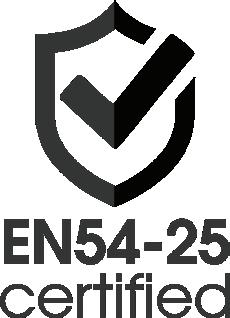



NORTH MACEDONIA
A fire in a nightclub in Kocani, North Macedonia, killed 55 people and injured over 150. Initial reports highlighted the venue did not have a legal licence to operate; there were deficiencies in both fire suppression and emergency lighting systems; the ceiling was constructed in highly flammable material and there was only one main emergency exit.
Globally, questions are being asked whether the use of pyrotechnics in entertainment venues are adequately regulated and in the US, recent incidents have prompted calls for stricter enforcement of safety codes.
USA
The National Fire Protection Association (NFPA) is undertaking a major update to its safety standards by creating NFPA 1850, scheduled for release between April and September 2025. This new standard combines existing regulations for protective clothing and breathing equipment into one comprehensive document. The change reflects a growing
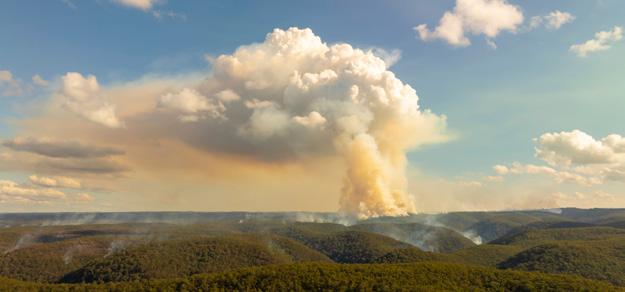
AUSTRALIA
The Building Commission NSW has announced a delay in the implementation of planned fire safety reforms which were originally scheduled for February 2025, These reforms will now be rolled out in 2026 and 2027. These changes, stemming from the Environmental Planning and Assessment (Development Certification and Fire Safety) Amendment (Fire Safety) Regulation 2022, aim to bolster fire safety standards and increase accountability.
understanding of firefighter safety needs and modern firefighting challenges, particularly those posed by new technologies and materials. Additionally, research has shown that traditional cleaning methods may not adequately protect firefighters from long-term exposure to harmful substances.
TÜRKIYE
Following a deadly fire at the Grand Kartal Hotel in Bolu, a newly established central firefighting authority will coordinate directly with municipal fire departments, ensuring a streamlined approach to emergency situations.
Under revised fire regulations, hotels, industrial zones, and major enterprises will be required to meet stricter fire safety criteria. New preventive measures will be implemented based on natural conditions and building structures to allow for early intervention. Flammable materials will be more strictly regulated, and all high-risk facilities will be required to employ trained fire safety personnel. The new regulations will also mandate early warning systems to be installed in designated areas.
UK
The UK’s water-based fire suppression industry has been thrown into chaos since third-party certification scheme operator, Warringtonfire, has taken the decision to withdraw the Water Mist, Commercial & Industrial and Residential & Domestic Sprinkler Systems FIRAS Installer Certification Schemes. These will close on the 31st of August 2025.
The BSI has announced that the standard BS EN 12845-2:2024 - Fixed firefighting systems. Automatic sprinkler systems. Design and installation of ESFR and CMSA sprinkler systems has now been published.

UK
A catastrophic fire at a substation servicing London Heathrow Airport caused significant disruption, affecting around 200,000 passengers due to flight cancellations and delays. Questions are being asked as to why the airport was dependent on a single sub station.
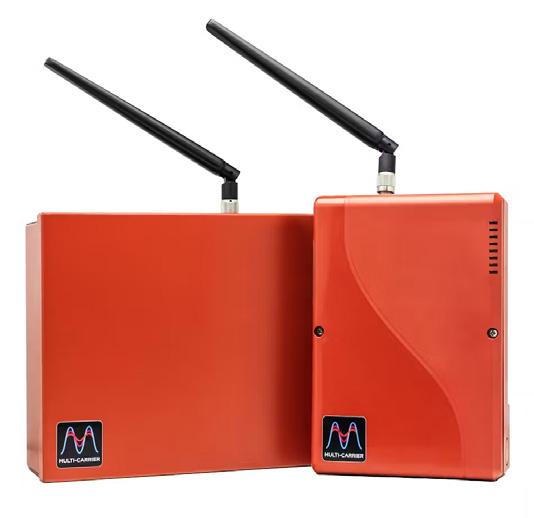
Telguard has announced the release of its latest product, the TG-7FEM multi-carrier 5G LTE-M and Internet commercial fire communicator.
This device enhances alarm communications with its cutting-edge multi-carrier capabilities, supporting AT&T, T-Mobile and Verizon.
The TG-7FEM continually monitors service availability, ensuring seamless carrier switching in the event of an outage. A notable feature of this communicator is its ability to connect to a facility’s Ethernet LAN, offering dual pathways for alarm signal transmission to central monitoring stations. Users can configure Internet as the primary path, with cellular as a backup or disable it entirely.
Designed for easy integration with panel DACT (dialler), the TG-7FEM replaces costly landlines and utilises 5G-LTE-M technology for reliable signal transmission and longevity. www.telguard.com/product/tg-7fem
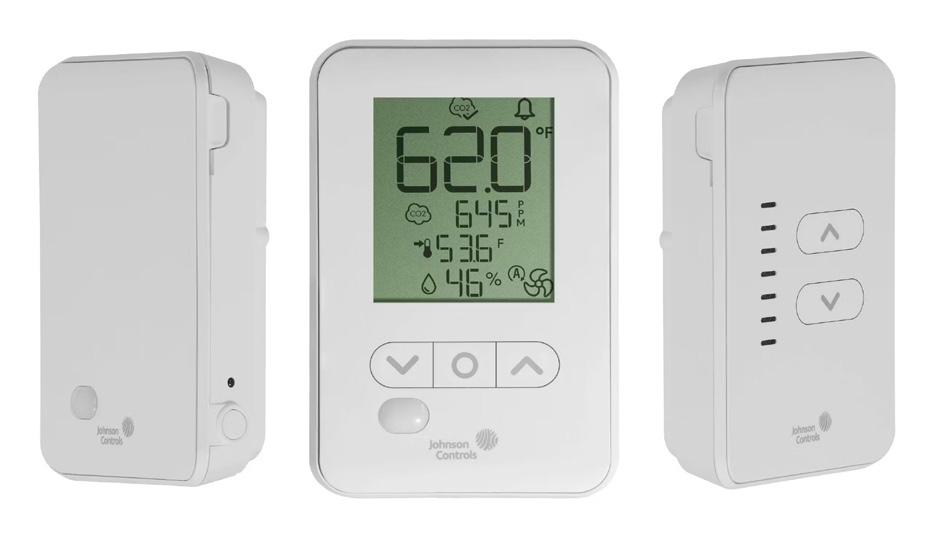
Johnson Controls has announced the launch of its new NSW8000 Series Wireless Network Sensor, designed for integration with Metasys building automation systems (BAS) and FX series programmable controllers.
This multi-sensor provides a costeffective solution for real-time monitoring of temperature, relative humidity (RH) and occupancy (PIR) detection, with an optional feature for CO2 sensing to enhance air quality monitoring.
The NSW8000 plays an important role in the digitalisation of commercial buildings by fully integrating sensors and controls, leading to improved operational efficiency and reduced costs.
Its key features include reliable connectivity through a wireless mesh network, an impressive range of up to 150 feet and secure data transmission with AES-128-bit encryption.
www.johnsoncontrols.com
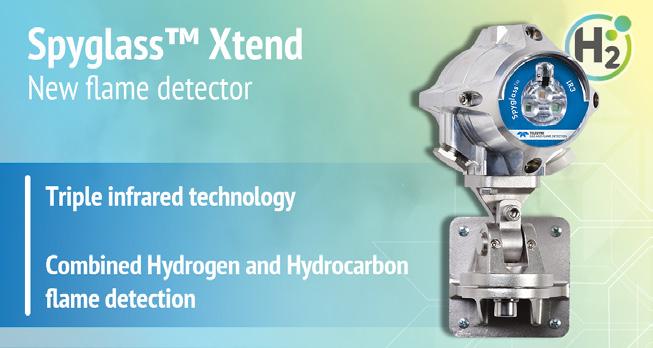
Teledyne Gas & Flame Detection has revealed its new Spyglass™ Xtend tripleinfrared flame detector, a significant advancement in fire safety technology.
This device enables the simultaneous detection of both hydrogen and
A cutting-edge sensor, the Takex VS1000E, has been introduced, designed specifically to detect both vaping and smoking in various environments.
Notably, this device does not require an annual licence subscription or special application.
The sensor boasts a selectable alarm relay that can be configured for one-shot or real-time output, catering to different safety needs. An integrated alarm buzzer offers users a choice of 10-second,
30-second, or continuous settings, ensuring timely alerts.
The Takex VS-1000E also includes standard and low detection settings, an LED indicator and an interconnectable sensor terminal.
A self-diagnosis function allows it to monitor module and voltage operation, enhancing reliability. It is designed for both wall and ceiling mounting and comes with a tamper-resistant cover for added security. www.takex.com
hydrocarbon fires, addressing a crucial safety gap in densely populated industrial environments where hydrogen flames can easily spread to other equipment and ignite hydrocarbon fuels that are invisible to traditional hydrogen detectors.
The Spyglass™ Xtend features tripleinfrared technology combined with a sophisticated algorithm, providing users with a longer detection range and quicker response times compared to existing ultraviolet and infrared technologies. www.teledynegasandflamedetection. com/en-us
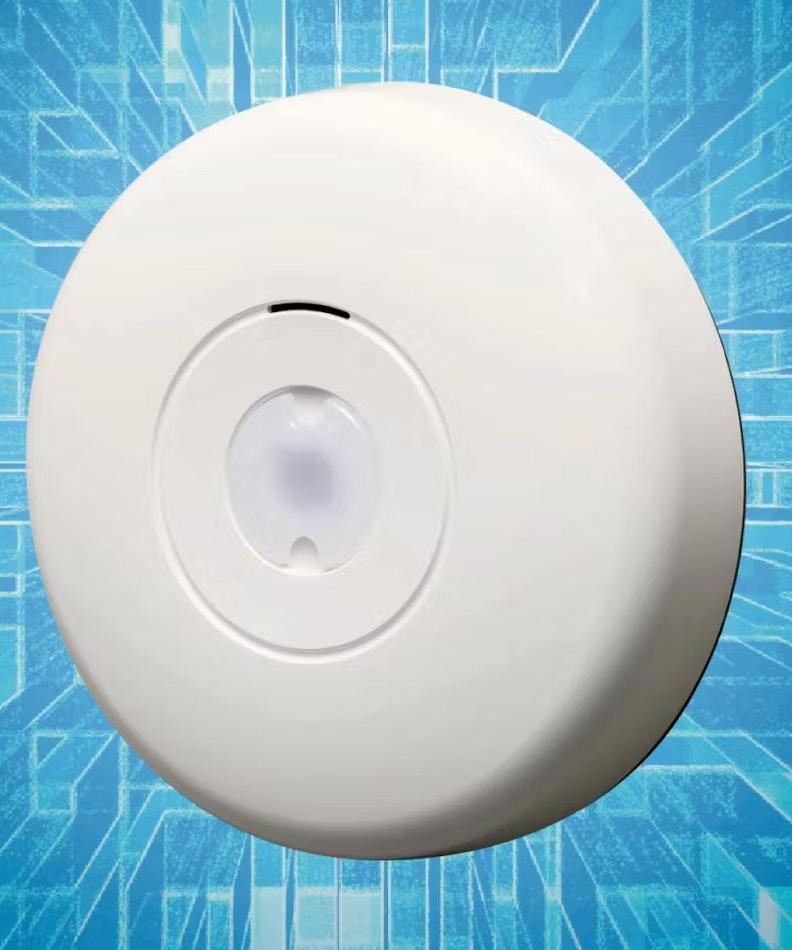
High output, robust audible and visual warning signals for demanding environments

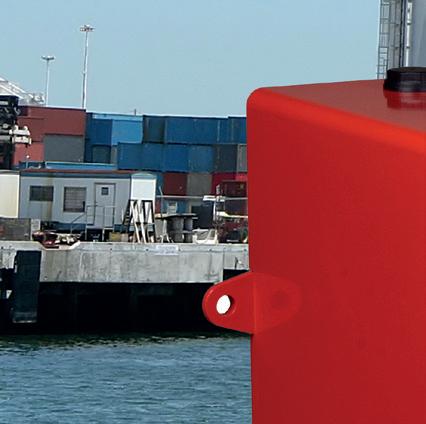
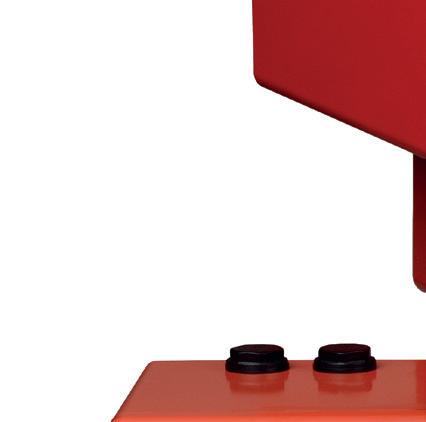
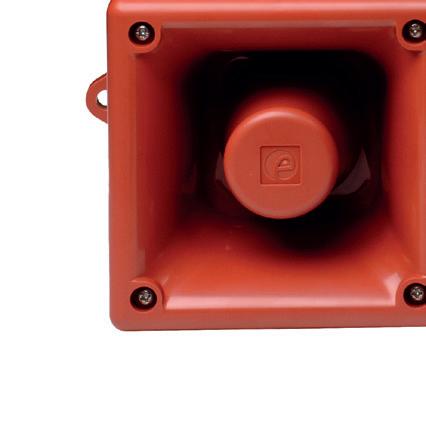
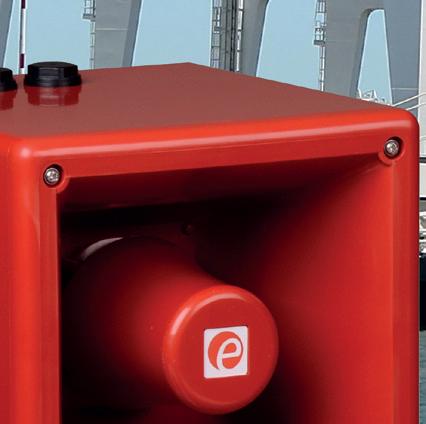
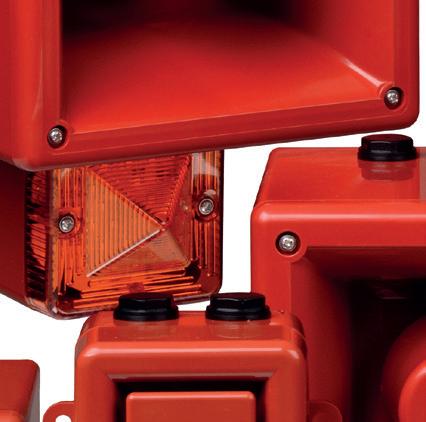
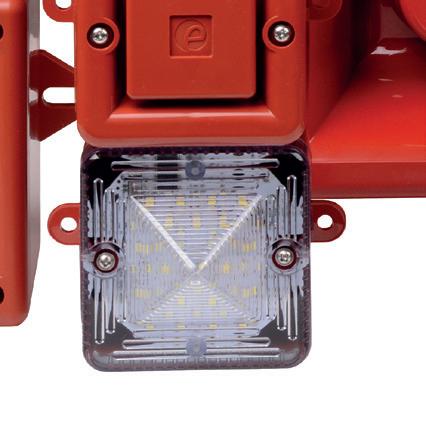


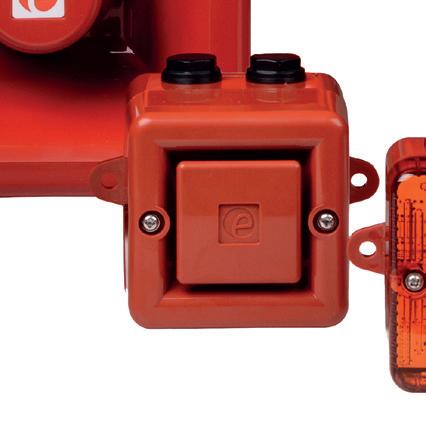
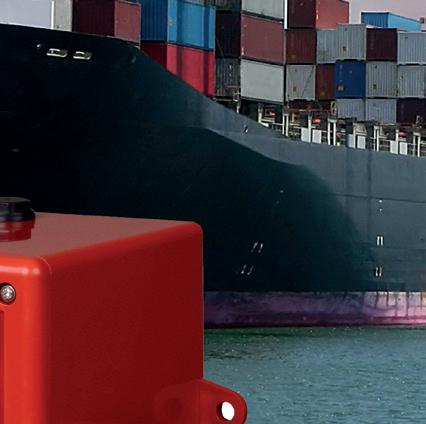
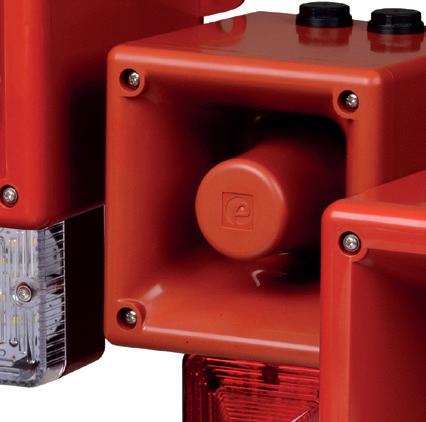
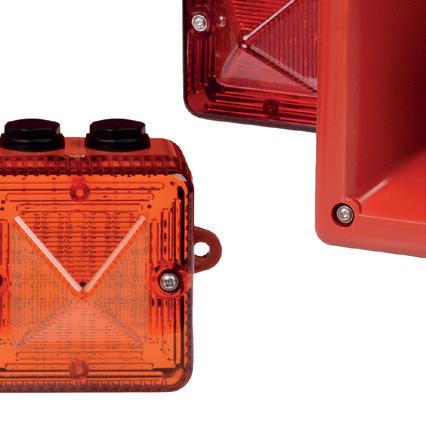
The AlertAlarm range of alarm horn sounders are the next generation of audible signals for fire alarm notification in industrial and harsh environments
The robust thermoplastic or aluminum enclosures are rated Type 4/4X and capable of alarm tone sound output of up to 124dB(A). The compact Xenon strobe and LED multifunction beacons can be installed as standalone visual signals or combined with an audible alarm device
UL, cUL, ULC, USCG and DNV approved for industrial or marine fire applications, the AlertAlarm range is also MED, MER and CPR compliant (EN54-3 & EN54-23). All signals feature low current consumption and E2S auto-synchronization technology.
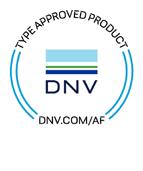



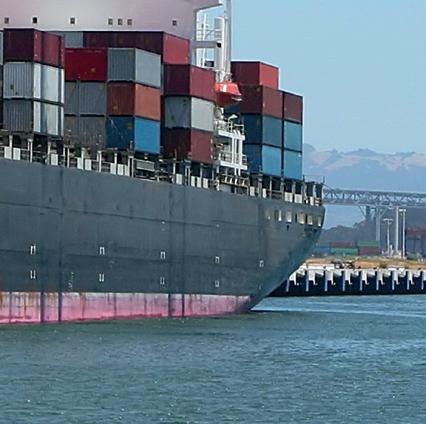
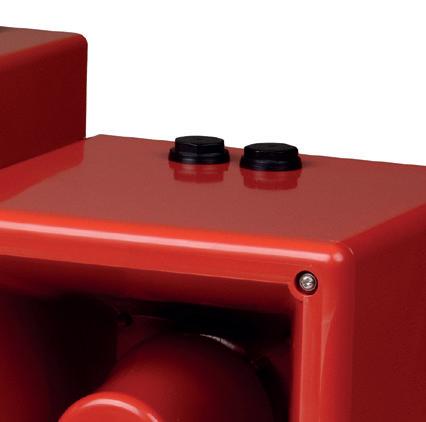
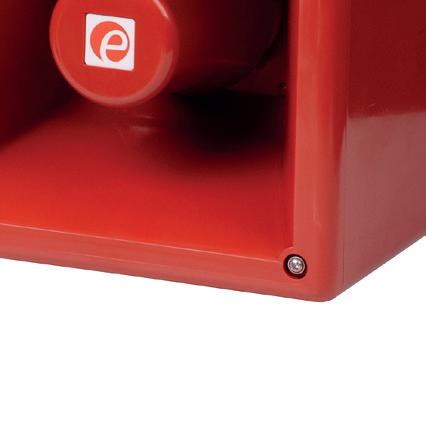
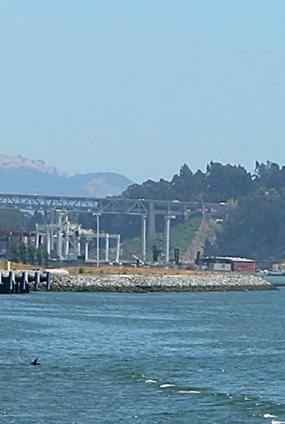
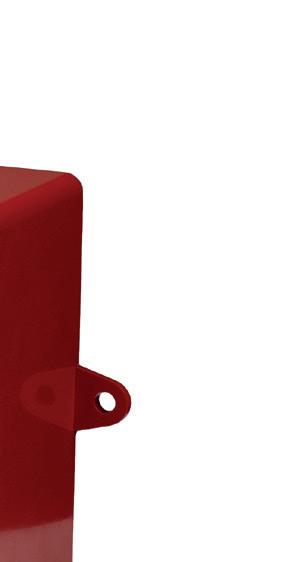

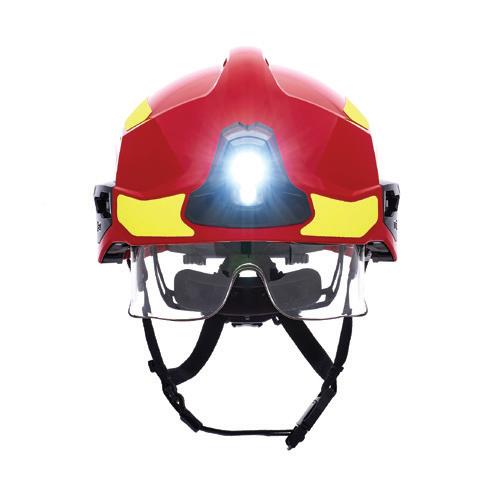
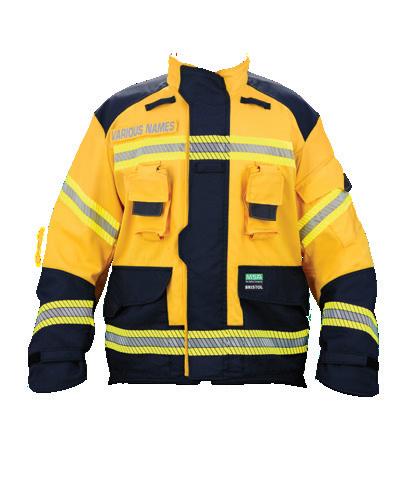
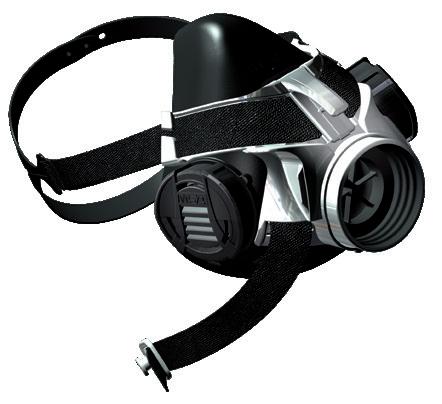
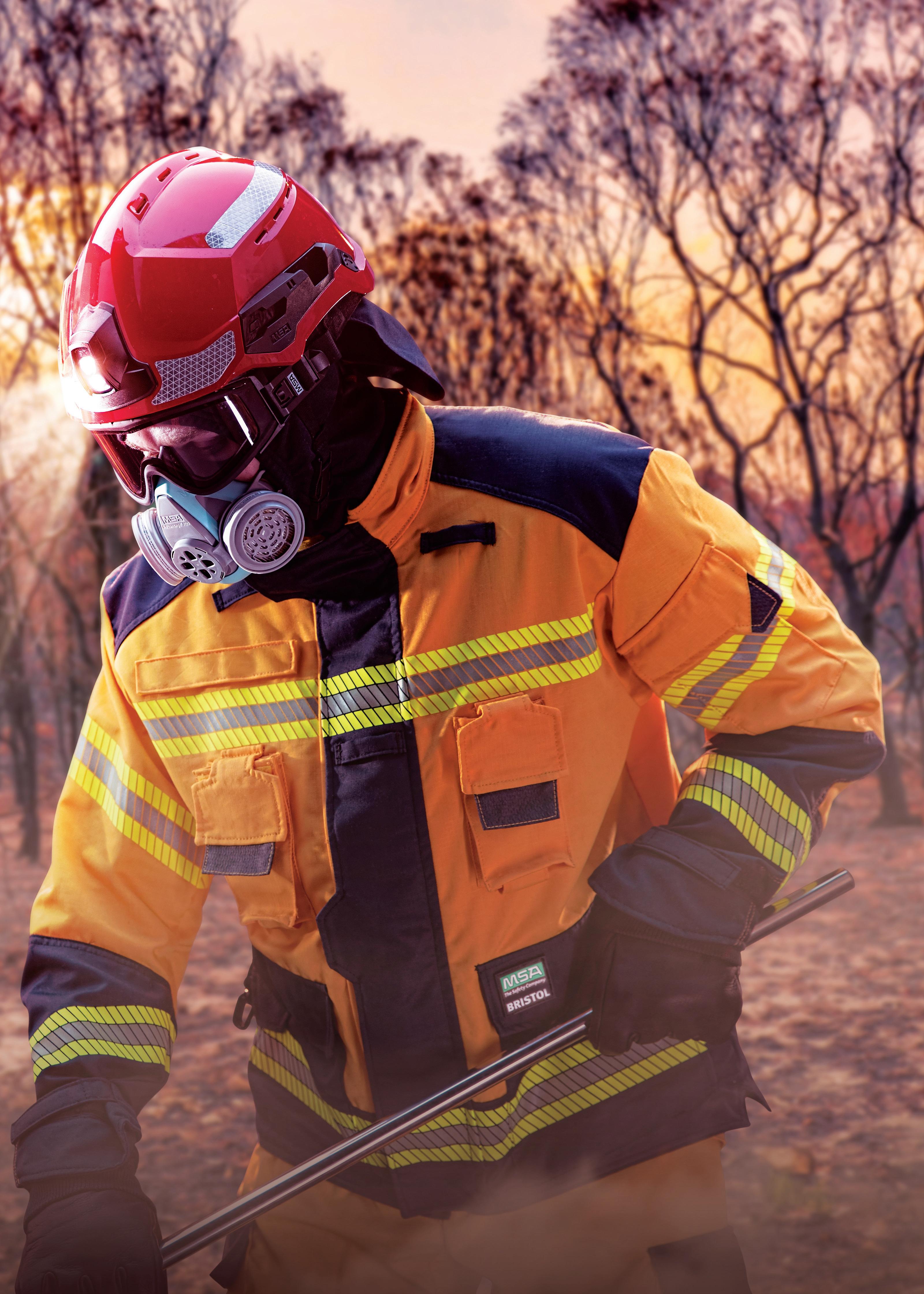
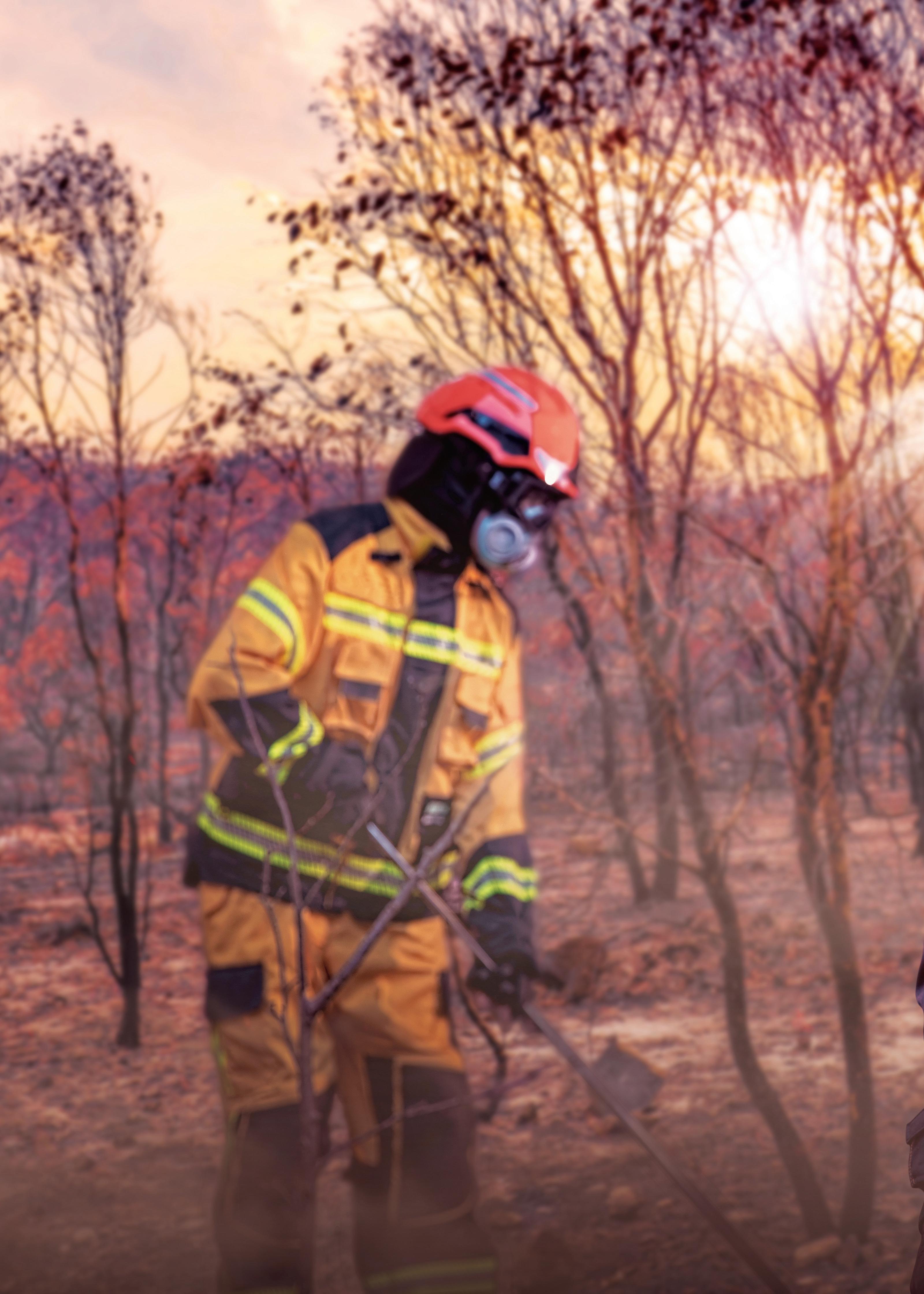


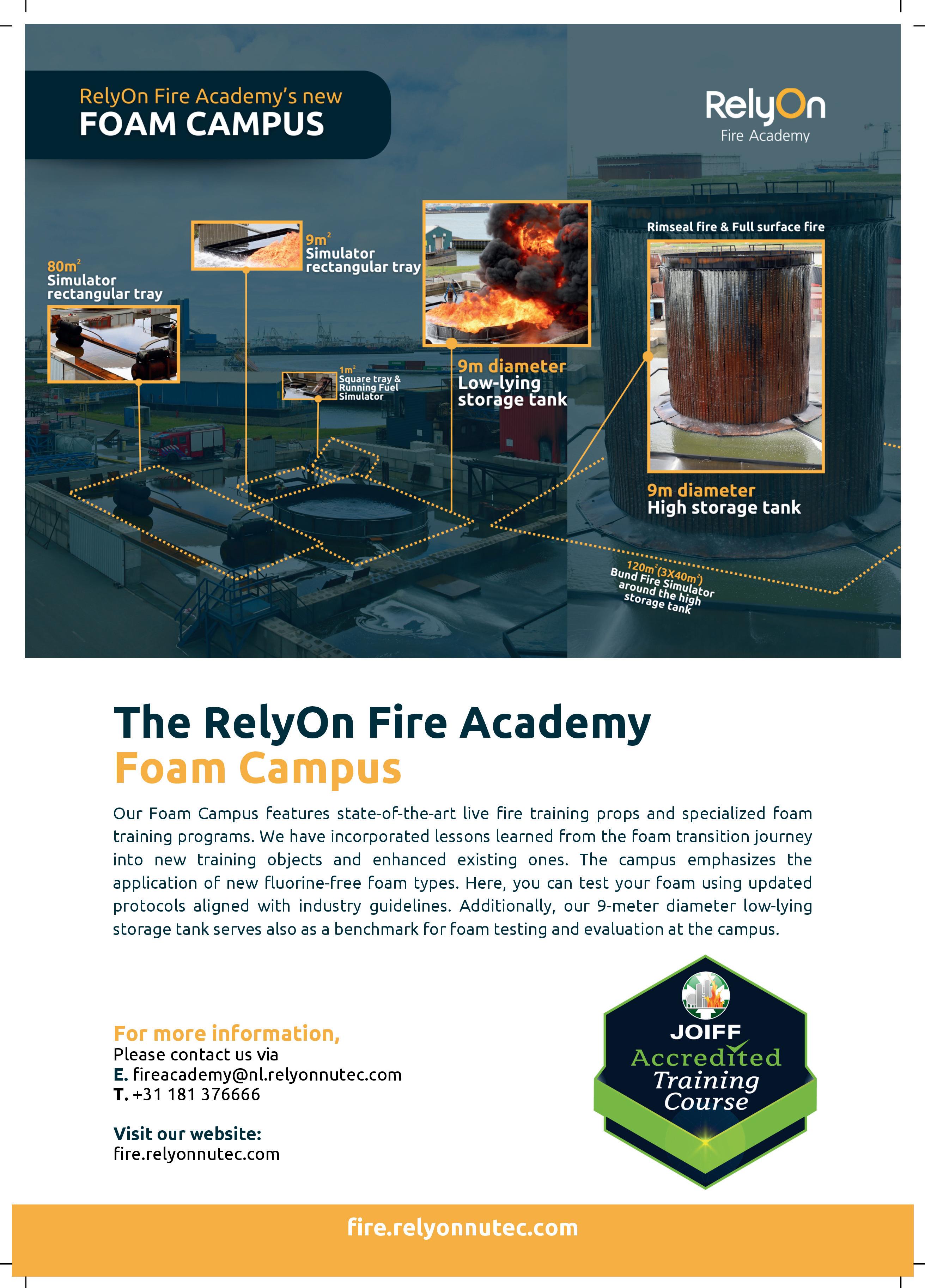

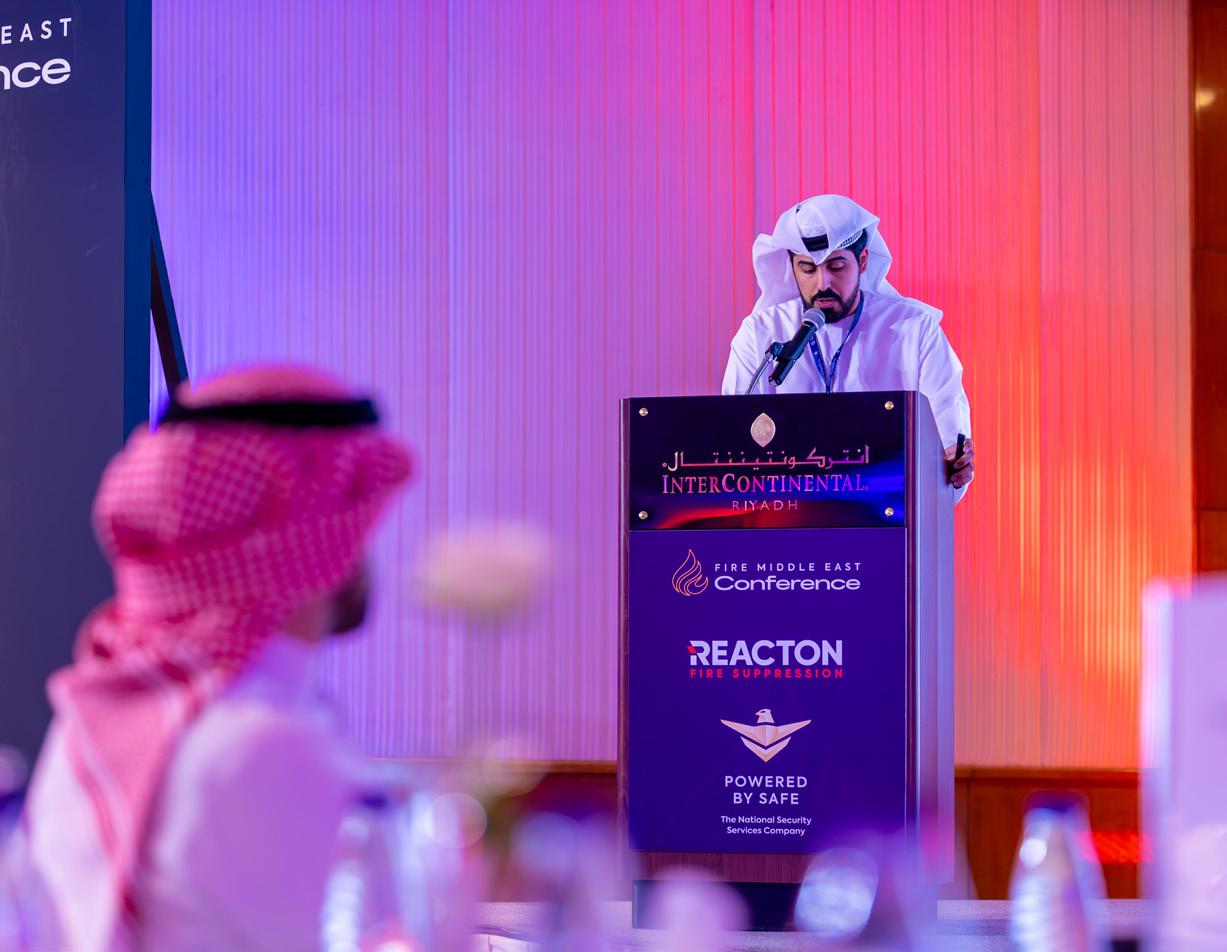
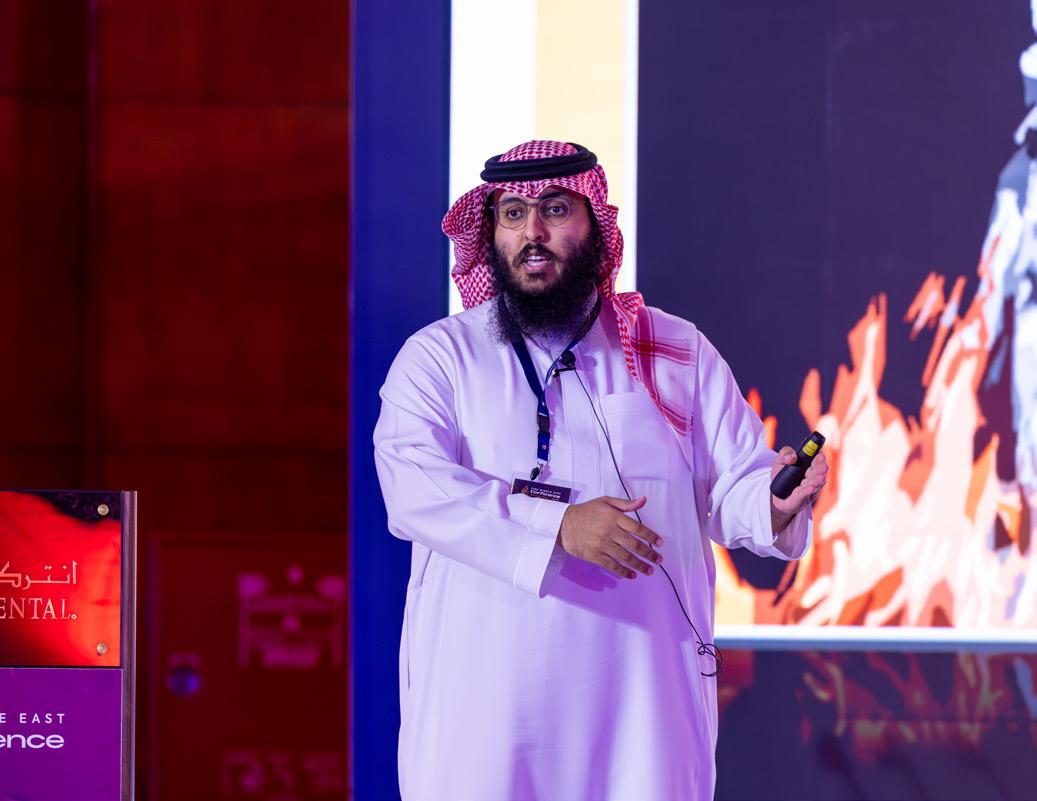
Pioneers of today, shaping tomorrow.
Join the exclusive gathering of security leaders in Riyadh
Step into the future of fire safety at the Fire Middle East Conference 2025, an exclusive, invite-only gathering of the region’s top fire sector executives, consultants and influencers. This isn’t just another conference; it’s a strategic platform designed to empower you with the knowledge, connections and cutting-edge solutions needed to thrive in today’s dynamic fire detection and protection landscape.
By attending this one-day conference you can gain unparalleled insights to ensure you have the tools you need to succeed in the industry; fortifying your fire safety strategies; deepening your understanding of fire safety regulations; and innovating your fire safety practices.
We will be diving deep into critical fire safety challenges with high-level discussions, keynote addresses and
expert panels featuring leading regional stakeholders and global industry experts.
We’ll be tackling how to transform fire safety protocols and lead the way in fire best practice. The topics range from the specific challenges faced in protecting high-risk facilities to exploring the boom in electric vehicles and what this means for the sector – plus more.
With up to 500 powerful fire sector professionals in the room you’ll also have plenty of opportunity to network and forge powerful connections to turbo-charge your career. It’s the perfect opportunity to build valuable relationships, engage with leading solution providers and discuss key challenges with like-minded individuals.
This year we’re bringing even more value to your attendance with handson workshops led by industry veterans the Emirates Safety Laboratory and the
Fire Science Academy of Saudi Arabia, supporting you to gain vital practical skills and professional development.
Plus, our new Tech Stage will ensure you can experience innovation firsthand. This is your opportunity to discover the latest technologies and solutions for the fire industry, with live demonstrations and presentations from leading vendors.
This year we’ve evolved the Fire Middle East Conference ensuring that all of the content aligns with one of our three promises to delegates: networking, knowledge and future-proofing. Whether it’s mingling with new faces at a breakout coffee session or working alongside esteemed colleagues at a workshop; absorbing practical information and best practices at one of the presentations or panel discussions; or gaining practical

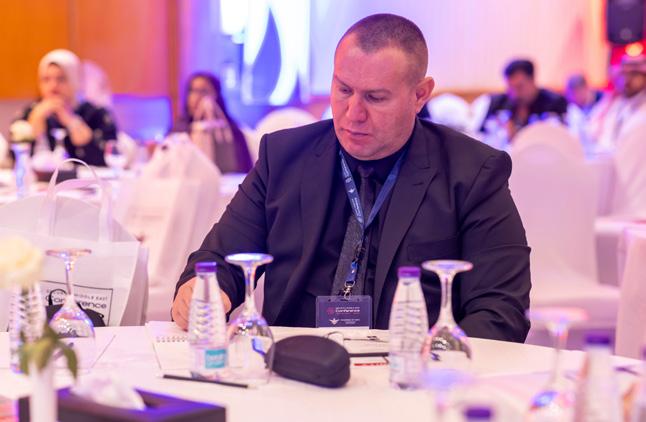
new skills from leading fire safety experts at a workshop to future-proof your role in the industry, your attendance will ensure a day focused on what will benefit you the most.
And all of the discussions and presentations align with Saudi Vision 2030 making it a must-attend for anyone working in the region, to equip them with the tools and knowledge to contribute in their own way to the region’s ambitious goals.
The Fire Middle East Conference is thrilled to announce the NFPA as our Knowledge Partner for the entire event, and NFPA will also be hosting one of our discussion panels. In addition, the event is supported by the Institution of Fire Engineers; Emirates Safety Laboratory; Abu Dhabi Civil Defence Authority; and the University of South Florida. We also have a number of leading organisations who are sponsoring the event: Lubrizol; Jensen Hughes; RelyOn Nutec; Intertek; Bauer Kompressoren; Mimar Tools; Fire Science Academy of Saudi Arabia, plus our exhibitors: Tema Sistemi, Reacton, Kidde Fire Systems and Apollo Fire Detectors.
Future-proof: The presentations
We have three of our ever-popular panel discussions, where regional and global experts will take to the stage to consider, dissect and advance some of the region’s most pressing challenges. Our audience will be directly involved, with plenty
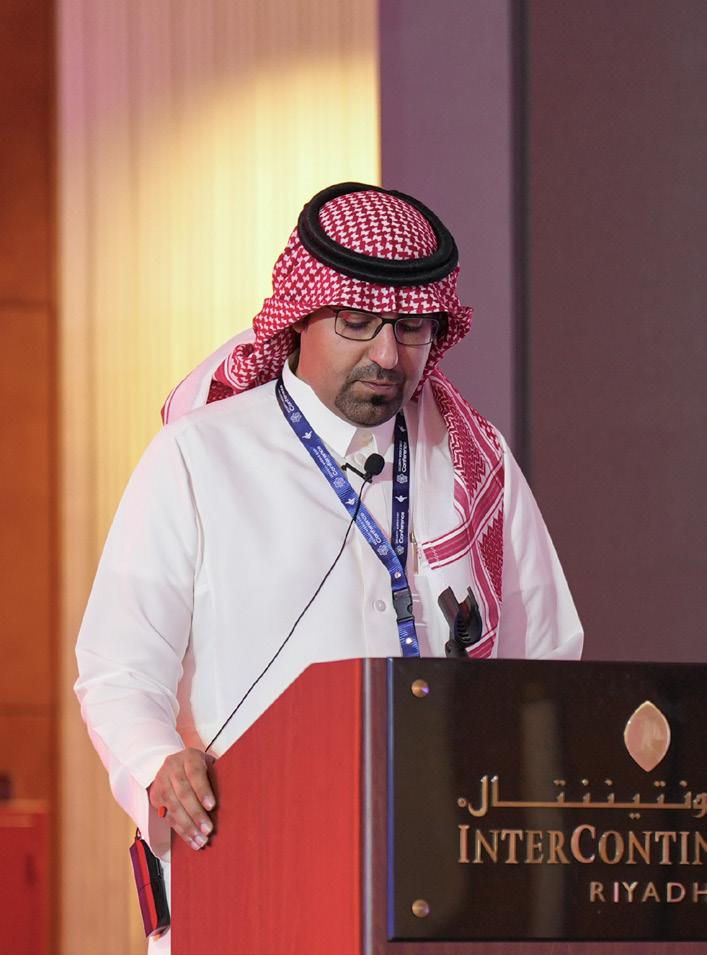
of opportunity to propose their own thoughts and ideas, ask questions or suggest potential solutions. This year’s panels will include:
Saudi Arabia’s booming high-risk technology sector demands cuttingedge fire safety solutions. Discover the latest strategies and best practices for safeguarding renewable energy and nuclear facilities in this crucial panel discussion. We’ll be exploring the unique fire safety challenges that such facilities demand with our expert panel sharing vital insights into addressing the specialised fire safety needs, requirements and solutions.
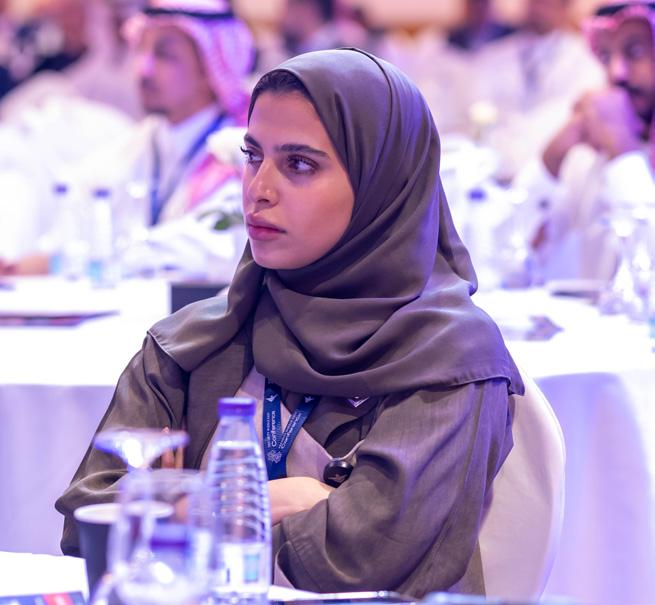
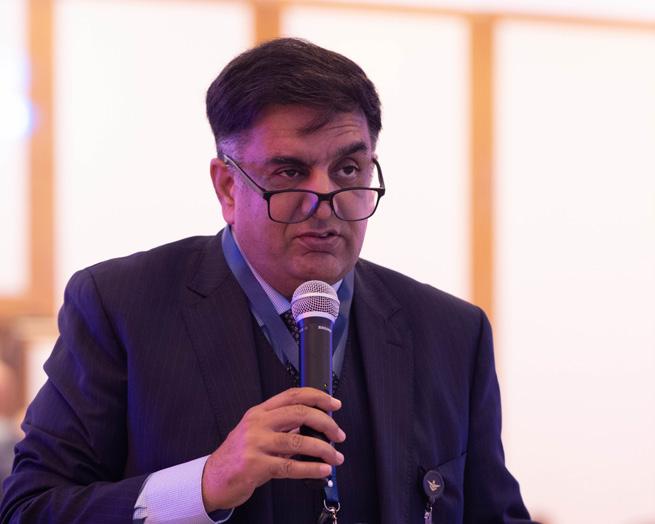
Panelists include:
Amer Almerabi, Senior Associate FLS Engineer, AESG Turki Tammar, Director of Fire Protection Department, Zakat, Tax and Customs Authority
Rob Brittain, Staff Engineer, Jensen Hughes
Abdulaziz Alsulayyim, Head of FM & HSSE, Academy of Defense Industries
CROWD CONTROL: FIRE SAFETY IN SAUDI ARABIA’S TOURISM TSUNAMI
Saudi Arabia’s tourism boom, fuelled by mega-events and hospitality initiatives, presents unique fire safety challenges. Our expert panel will explore the critical intersection of fire safety and risk
“all of the discussions and presentations align with Saudi Vision 2030 making it a mustattend for anyone working in the region”
MIKE DINGLE, CEO OF MDC
GLOBAL
AND ORGANISER OF THE FIRE MIDDLE EAST CONFERENCE
O
ering the most comprehensive suite of services in the Building Product Industry
O ering the most comprehensive suite of services in the Building Product Industry
O ering the most comprehensive suite of services in the Building Product Industry
Thermal & Solar
Determine the energy e ciency and solar performance of fenestration products by testing to AAMA, ASTM, CAN/ULC, CSA, and NFRC standards.
Gain market access, product di erentiation, and end-user confidence that your product has been independently evaluated and is subject to rigorous 3rd party QA program requirements.
Gain market access, product di erentiation, and end-user confidence that your product has been independently evaluated and is subject to rigorous 3rd party QA program requirements.
Gain market access, product di erentiation, and end-user confidence that your product has been independently evaluated and is subject to rigorous 3rd party QA program requirements.
Validate the integrity of a building’s envelope though laboratory mock-up testing and on-site field testing across a broad spectrum of performance requirements.
Validate the integrity of a building’s envelope though laboratory mock-up testing and on-site field testing across a broad spectrum of performance requirements.
Validate the integrity of a building’s envelope though laboratory mock-up testing and on-site field testing across a broad spectrum of performance requirements.
Obtain test data specific to material properties, such as strength and sti ness, appearance, color and reflectance, physical performance, and durability, to determine potential modifications to enhance product design or improve performance through alternate material selection.
Obtain test data specific to material properties, such as strength and sti ness, appearance, color and reflectance, physical performance, and durability, to determine potential modifications to enhance product design or improve performance through alternate material selection.
Obtain test data specific to material properties, such as strength and sti ness, appearance, color and reflectance, physical performance, and durability, to determine potential modifications to enhance product design or improve performance through alternate material selection.
Determine the energy e ciency and solar performance of fenestration products by testing to AAMA, ASTM, CAN/ULC, CSA, and NFRC standards.
Determine the energy e ciency and solar performance of fenestration products by testing to AAMA, ASTM, CAN/ULC, CSA, and NFRC standards.
Evaluate the performance of your building products to AAMA, ANSI, ASTM, ISO, and SAE standards for sound absorption, sound transmission loss, impact sound transmission, and sound power.
Evaluate the performance of your building products to AAMA, ANSI, ASTM, ISO, and SAE standards for sound absorption, sound transmission loss, impact sound transmission, and sound power.
Evaluate the performance of your building products to AAMA, ANSI, ASTM, ISO, and SAE standards for sound absorption, sound transmission loss, impact sound transmission, and sound power.
Conduct air leakage, water penetration, and structural performance testing to building code, Miami-Dade, and Florida Product Approval requirements.
Conduct air leakage, water penetration, and structural performance testing to building code, Miami-Dade, and Florida Product Approval requirements.
Conduct air leakage, water penetration, and structural performance testing to building code, Miami-Dade, and Florida Product Approval requirements.
Guarantee your products ability to withstand potential attacks and other human threats through assault resistance, blast, ballistics, and forced entry testing.
Guarantee your products ability to withstand potential attacks and other human threats through assault resistance, blast, ballistics, and forced entry testing.
Guarantee your products ability to withstand potential attacks and other human threats through assault resistance, blast, ballistics, and forced entry testing.
Verify your insulating glass & safety glazing products will withstand daily environmental exposure and severe weather conditions such as wind, rain, sunlight, extreme temperature variations, and storm debris impact.
Verify your insulating glass & safety glazing products will withstand daily environmental exposure and severe weather conditions such as wind, rain, sunlight, extreme temperature variations, and storm debris impact.
Verify your insulating glass & safety glazing products will withstand daily environmental exposure and severe weather conditions such as wind, rain, sunlight, extreme temperature variations, and storm debris impact.
Ensure your products and systems meet flammability requirements, including fire resistance, flame spread, and reaction to fire, as specified by local, state, or national building codes.
Ensure your products and systems meet flammability requirements, including fire resistance, flame spread, and reaction to fire, as specified by local, state, or national building codes.
Ensure your products and systems meet flammability requirements, including fire resistance, flame spread, and reaction to fire, as specified by local, state, or national building codes.
Confirm all opening protectives have been labeled according to code requirements prior to being installed to avoid unnecessary removal and replacement of your fire doors.
Confirm all opening protectives have been labeled according to code requirements prior to being installed to avoid unnecessary removal and replacement of your fire doors.
Confirm all opening protectives have been labeled according to code requirements prior to being installed to avoid unnecessary removal and replacement of your fire doors.


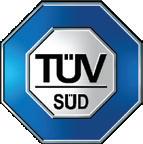

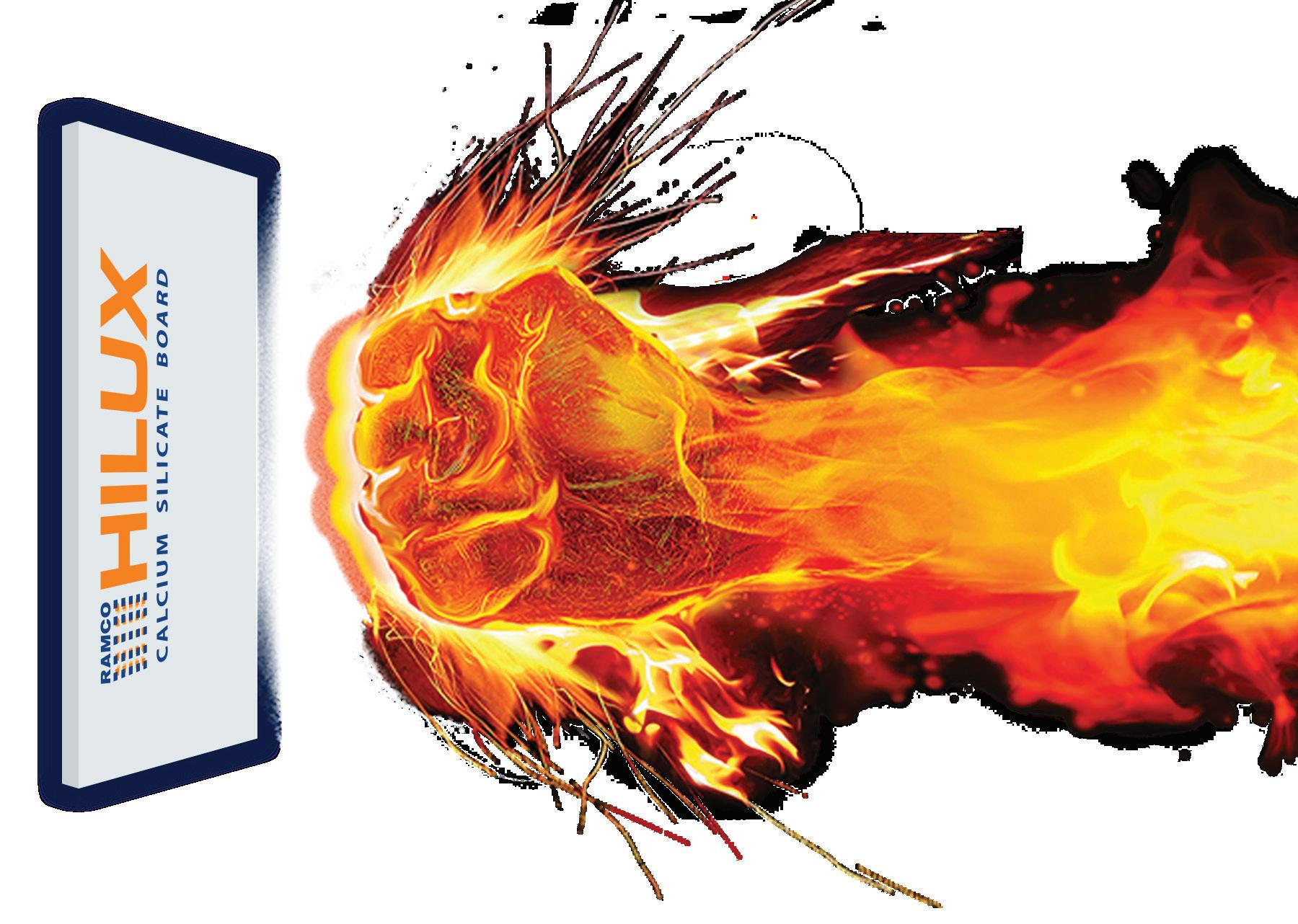
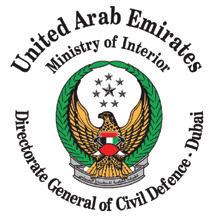
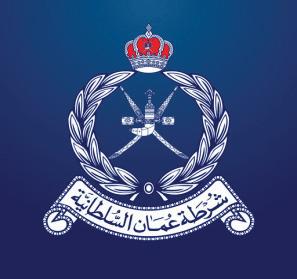
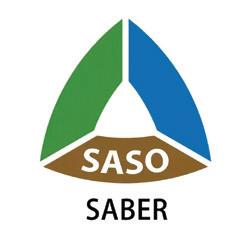

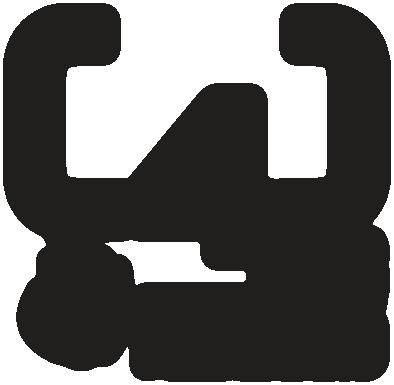

“we’ll be introducing Live Podcast sessions – lively on-stage discussions on a one-to-one basis where we can really get to grips with specialist topics”

management in this rapidly evolving landscape. With massive crowds and complex events on the horizon, understanding human behaviour becomes paramount. This session delves into strategies for preparing the fire safety industry to effectively manage large gatherings, ensuring the safety of tourists and residents alike. Discover how to adapt existing protocols, implement cutting-edge technologies and foster a culture of proactive fire safety.
Panelists include:
Majed Almejmaj, Fire Prevention & Rescue
Dr Ahmad Alghamdi, Vice President HSE, International Maritime Industries , Principal Consultant FLS, WSP Middle East
Yaser Mohammed, FLS Design Manager, Diriyah Company
The stakes are high as Saudi Arabia prioritises robust fire safety under Vision 2030. Feeling overwhelmed by regulations? This expert panel provides the insider knowledge you need to navigate NFPA codes and standards with confidence. Learn practical strategies to overcome compliance hurdles, implement effective fire safety measures and contribute to a stronger safety culture across the Kingdom.
Panelists include:
Zahi Daher, International Business Development Manager, NFPA
Khalid Almandil, Senior Director & Deputy Commissioner, Red Sea Global
Mark Finn, General Manager, FEC International Abdulhadi Algarni, CEO, CRASH Group
Moderated by Olga Caledonia, Executive Director, NFPA
Alongside our panel discussions we’ll also have a number of keynote speakers lined up to address the audience on their specialist topic.
Our first keynote speaker is Saleh Alzahrani, General Manager, Saudi Accreditation Center. He will be exploring enhancing fire prevention through effective inspections and accreditation and outlining key strategies in the inspection process to ensure its effectiveness. With accreditation a mandatory requirement for inspection bodies under the Saudi Building Code, this keynote promises to deliver essential insights for our audience.
We’re delighted to also be welcoming Eng. Sultan Aljohani, Director of Safety Operations, at a Government post. Eng. Aljohani will be sharing his experiences of the unseen consequences of poor fire system ITM. This critical session will focus on the silent risk that presents with the failure of compliance, inspection and testing adequately, as well as the problem of poor maintenance standards of firefighting systems, particularly in mission-critical facilities.
Also giving a keynote address will be Ayman Eid, a Senior Fire & Life Safety Specialist. He will be talking on fire and life safety in Metro stations and rail tunnels, outlining the challenges and best practices needed.
The lifeblood of modern cities, Metro systems demand unwavering fire safety. But underground and elevated rail networks present a complex puzzle of challenges. This key note unlocks the secrets to navigating these risks, offering a deep dive into international and local fire codes.
We also have Ghaith Bakir, Senior Regulatory Engineer at UL Solutions taking to the stage to present on the topic of electric vehicles and battery safety. This
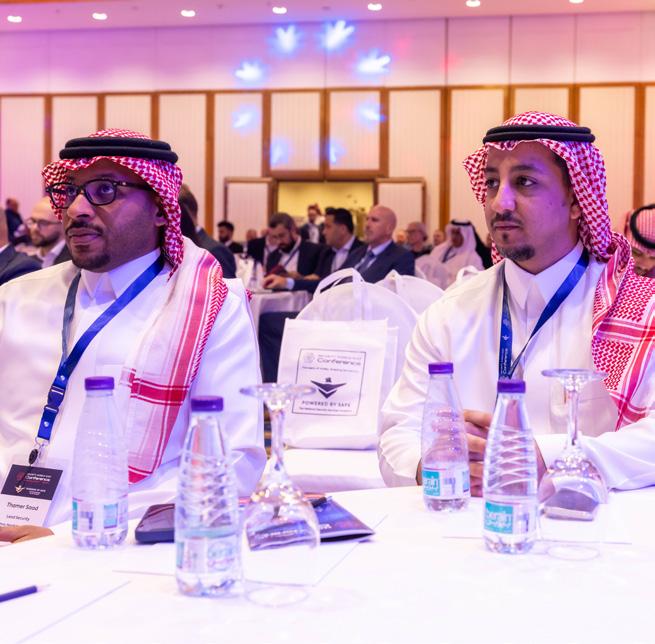
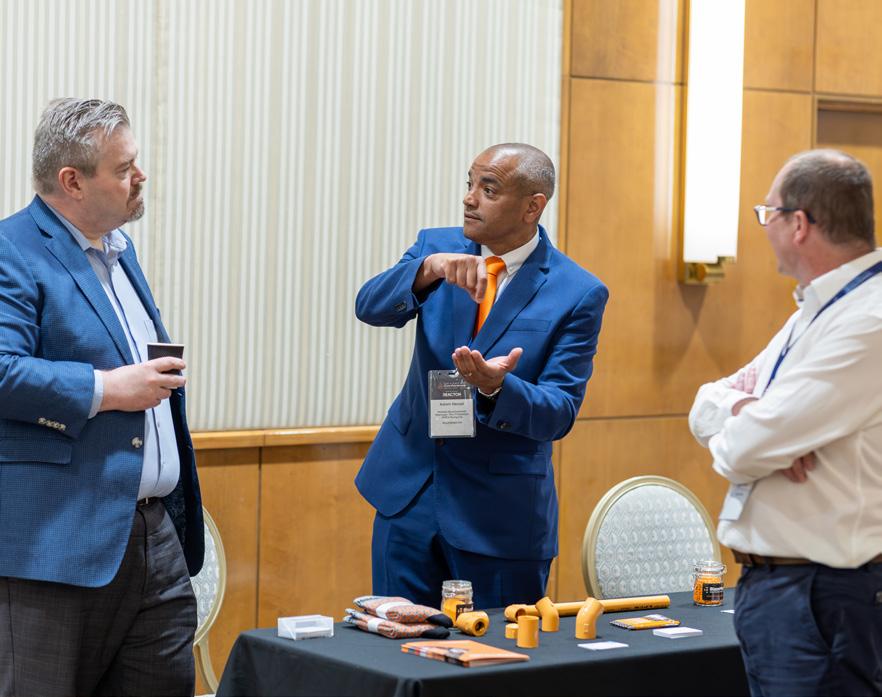
essential talk will delve into the hidden dangers of electric vehicles, revealing the latest fire incident trends and demystifying crucial safety standards and model code requirements. You’ll be able to learn how to proactively address these risks and empower your community through effective public education, preventing potential batteryrelated disasters.
Our closing speech will be delivered by Andrew Birch, Director of Competition & Sport for the World Firefighter Games 2026. He will no doubt have plenty to share about the key attributes needed for today’s firefighters, as well as sharing what is planned for next year’s games.
Live podcast sessions
Plus we’ll be introducing Live Podcast sessions – lively on-stage discussions on a one-to-one basis where we can really get to grips with specialist topics in an informative, friendly manner.
The Live Podcasts will be recorded on stage and then shared with our wider audience immediately after, adding even more value to the fire safety community by sharing the insights direct from the stage.
Our podcast host is Sandy Dweik, CEO, Thomas Bell-Wright International Consultants. Sandy will be taking to the stage with Sawsan Dahham, CEO, SIENA


Fire. The hot topic for this session is empowering diversity and inclusivity in the fire and life safety sector, with the pair sharing their thoughts, own experiences and solutions for tackling this issue.
Knowledge: The workshops and Tech Stage presentations
We’re committed to building knowledge and working together to tackle the state of fire safety collaboratively. Which is why this year we’re introducing additional workshops, supporting delegates to further their skill sets, as well as tech stage presentations, allowing delegates to get a glimpse of what leading vendors are working on and how they’re supporting the sector to advance and innovate.
This year our delegates have the opportunity to join one of two workshops that will be taking place in the afternoon, giving them the choice to focus and hone in on the topic that will most support their career advancement. Our workshop hosts are Emirates Safety Laboratory and the Fire Science Academy of Saudi Arabia. Each session will last for around 100 minutes and provide ample opportunity to ask questions, learn new skills and go home with actionable insights and information.
In addition, our new Tech Stage presentations will showcase cutting edge innovation and technological marvels with leading vendors on hand to answer your questions, demonstrate the potential of their technology and explain how key fire prevention and detection issues can be tackled with ease. We have lined up 20-minute presentations from some of our supporters, and our delegates will be able to experience for themselves technology from RelyOn Nutec, Intertek, Lubrizol, Bauer Kompressoren and Mimar Tools.


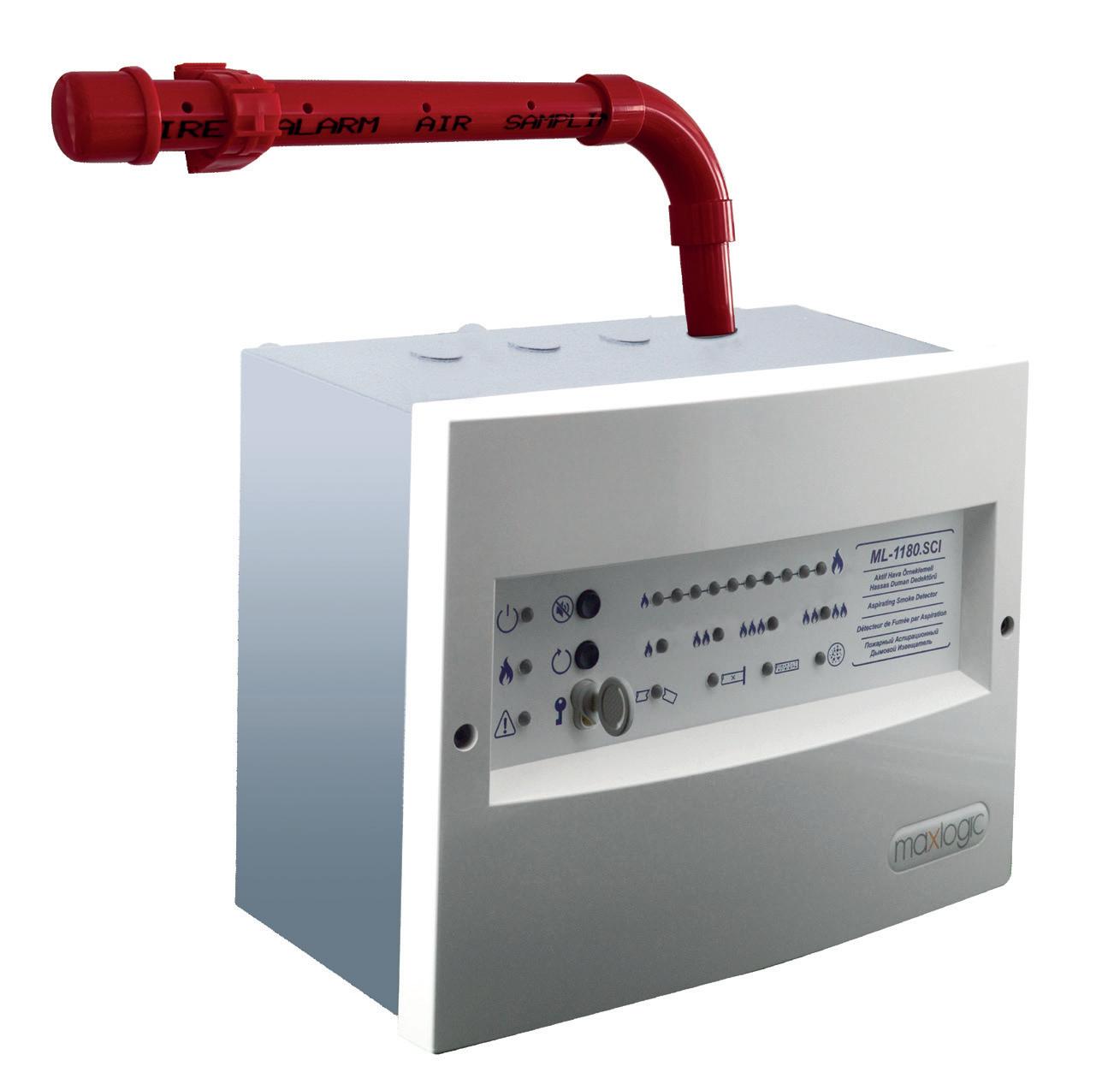
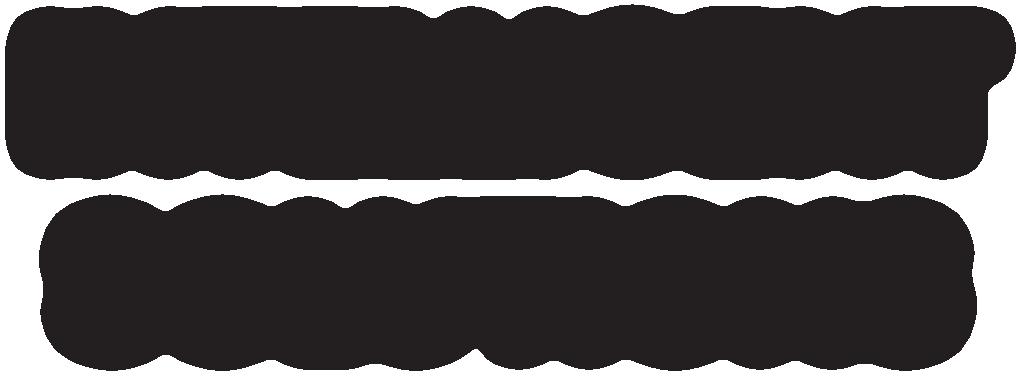



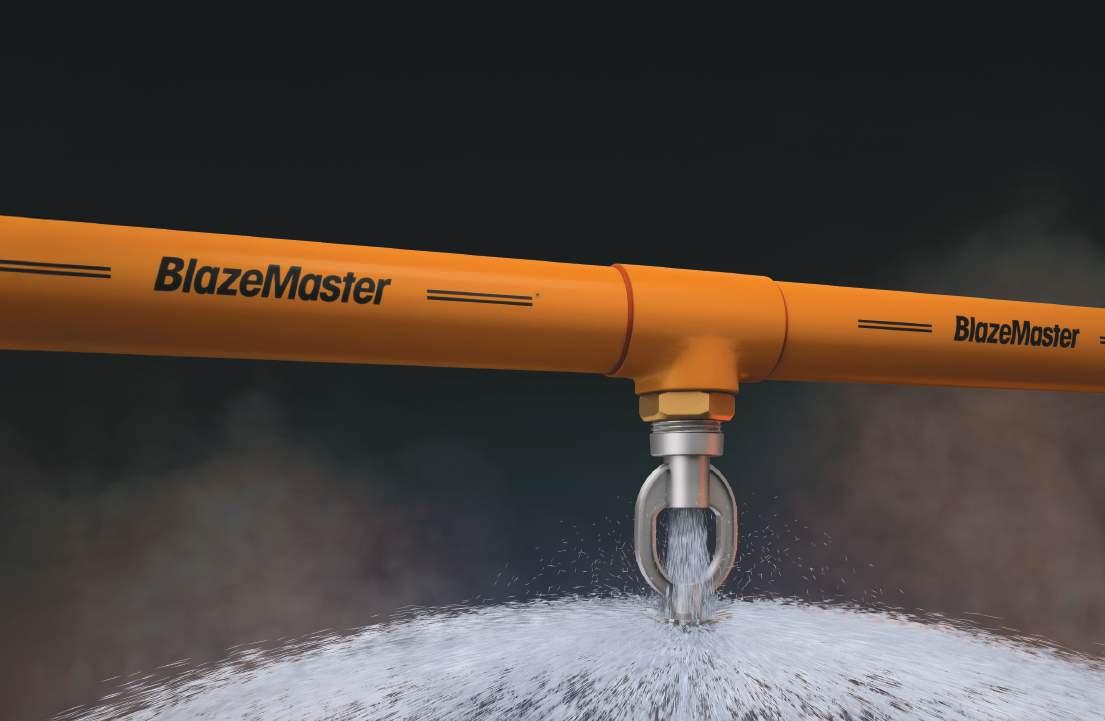
www.blazemaster.com/eu/introducing-blazemaster-fire-protection-systems


Saleh Alzahrani
GENERAL MANAGER:
SAUDI ACCREDITATION CENTER
Saleh is a consultant and expert in the field of Engineering and Contracting. He is specialised in auditing, the international specifications of the ISO and Quality Applications in the engineering fields and has 17 years of experience.
Amer Almerabi
SENIOR ASSOCIATE FLS ENGINEER: AESG
Amer is a Canadian Licensed Professional Fire and Life Safety Engineer working as an Associate Consultant at AESG’s Riyadh Office. He has served, and continues to serve, on numerous ISO, SFPE and CSA committees, and is very familiar with other global codes and standards.
Turki Tammar
DIRECTOR OF FIRE PROTECTION
DEPARTMENT: ZAKAT, TAX AND CUSTOMS AUTHORITY
Turki has over eight years of diversified experience in the field of Emergency, Crisis and Business Continuity Management at high-hazard facilities, engineering and maintenance projects.
Rob Brittain
STAFF ENGINEER:
JENSEN HUGHES
Rob is an expert in fire safety and risk assessment within high-hazard industries, particularly nuclear facilities. He has authored key guidance documents for fire safety in nuclear environments with the UK Nuclear Industry.
Ayman Eid
SENIOR FIRE & LIFE SAFETY SPECIALIST
Ayman has over 18 years of experience in fire protection, life safety and code compliance. He has been key in major infrastructure projects, including the Riyadh Metro, overseeing fire and life safety design, review and implementation.
Majed Almejmaj
FIRE PREVENTION & RESCUE DIRECTOR: KAFD
Major Majed Almejmaj is currently responsible for setting up the fire protection at King Abdullah Financial District (KAFD). He is an experienced Fire Protection Engineer with over 19 years in consulting, code development, regulations, performance-based design and research.
VICE PRESIDENT HSE: INTERNATIONAL
MARITIME INDUSTRIES
Dr Alghamdi has over 30 years’ experience in the energy and environmental sectors and recently obtained his DBA in Leadership Influences on Enhancing ESG practices at Westford University College.
Eiad Shami
PRINCIPAL CONSULTANT FLS:
WSP MIDDLE EAST
Eiad specialises in fire risk management for evolving urban landscapes, including hospitality and tourism-driven developments. Beyond design, Eiad has contributed to research on façade fire safety, fire service operations and facilities management across the Middle East.
Yaser Mohammed
FLS DESIGN MANAGER: DIRIYAH COMPANY
Yaser is an experienced Fire Life Safety (FLS) professional with over 11 years of expertise in fire protection engineering. He is a member of the NFPA Certification Advisory Group (CAG of CHRS – NFPA 101 examination) and holds 8 professional certifications from NFPA and SFPE.
Sawsan Dahham
CEO: SIENA FIRE
Sawsan is a recognised Fire and Life safety expert with 17 years’ experience in specialist engineering consultancy, FLS design strategy and business management. Before founding SIENA, Sawsan was the Global Head of Fire and Life Safety at Dar Al Hadassah.
Sandy Dweik
CEO: THOMAS BELL-WRIGHT
INTERNATIONAL CONSULTANCY
Sandy is an Architectural Engineer with over 25 years of experience in the Testing, Inspection and Certification (TIC) industry. Sandy brings forth a unique technical insight paired with an understanding of the rapidly developing MENA market.
Zahi Daher
INTERNATIONAL BUSINESS
DEVELOPMENT MANAGER: NFPA
Zahi is an experienced professional in the fire & life safety industry. His focus is on advancing fire safety by promoting fire safety standards & codes, influencing fire safety policies and regulations and encouraging professionals to conduct training and certification programmes.
Speaking at the Fire Middle East Conference will be
Khalid Almandil
SENIOR DIRECTOR & DEPUTY
COMMISSIONER: RED SEA GLOBAL
Khalid is a Senior Executive Leader with over 20 years of experience in Fire Life Safety and Emergency Response. He has extensive expertise in strategic planning, team leadership and driving operational success to achieve corporate objectives.
Mark Finn
GENERAL MANAGER:
FEC INTERNATIONAL
Mark holds a Master of Science (MSc) in Fire Safety Engineering from Ulster University and has over 30 years’ experience working within the fire sector. He has worked with FEC International for seven years.
Abdulhadi Algarni
CEO: CRASH GROUP
Olga Caledonia
INTERNATIONAL DIRECTOR: NFPA
Since joining NFPA in 1995, Olga has played a central role in shaping and advancing the organisation’s international strategy and partnerships in support of its global mission.
Ghaith Bakir
SENIOR REGULATORY ENGINEER: UL SOLUTIONS
Ghaith provides technical expertise in regulations, codes, standards and product installation-related issues to assist regulatory authorities, consultants, manufacturers, designers and contractors in resolving product acceptance and code compliance issues.
Abdulaziz Alsulayyim
HEAD OF FM & HSSE:
ACADEMY OF DEFENSE INDUSTRIES
Eng. Abdulaziz Alsulayyim is an experienced professional specialising in health, safety, security, and environmental compliance. He has extensive experience managing facility operations, including emergency and evacuation plans, especially for high-rise buildings.
Bob Rea
QFSM, MBA, MIFIREE, MINSTLM, TECHIOSH
Bob is a respected, experienced emergency response professional with over 40 years of experience. He was awarded the Queens Fire Service Medal (QFSM).

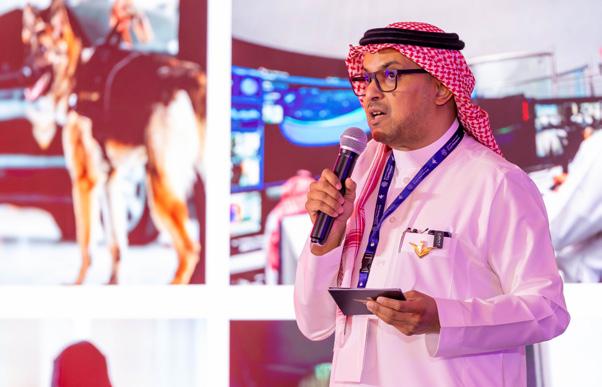
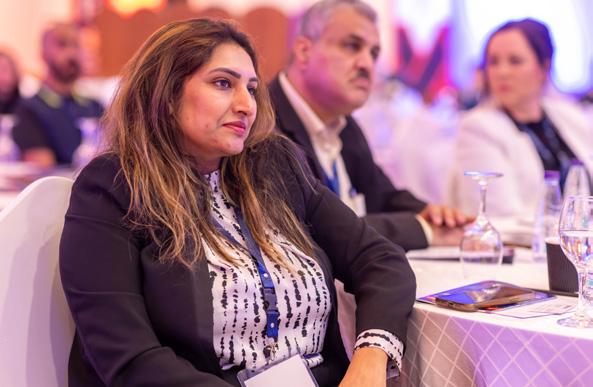
Our goal with the Fire Middle East Conference is to continue to innovate to ensure we deliver an event that is a worthy investment of your time. We’ve worked closely with our Advisory Board to introduce new features, streamline what we offer and ensure every single session will delivery strongly on networking, imparting knowledge and futureproofing your career.
This year’s Advisory Board is made up of:
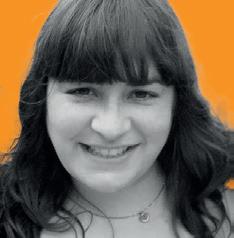
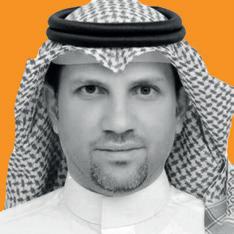
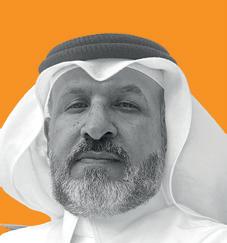
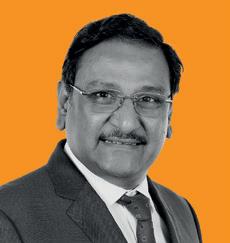

Cora Lydon
EDITOR: FIRE MIDDLE EAST MAGAZINE
Khalid Almandil
SENIOR DIRECTOR & DEPUTY COMMISSIONER: RED SEA GLOBAL
Mezher Alqahtani
ADVISOR TO VP OF FIRE PROTECTION: SAUDI ARAMCO

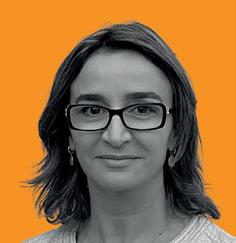
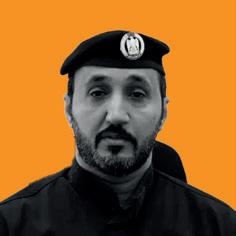
Vinay Deshpande
CEO: VITRUVIUS FIRE SAFETY CONSULTING
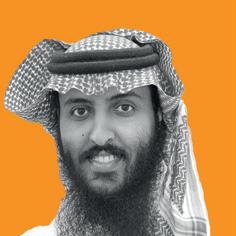
Peter Stephenson
INDEPENDENT FIRE SAFETY ENGINEER
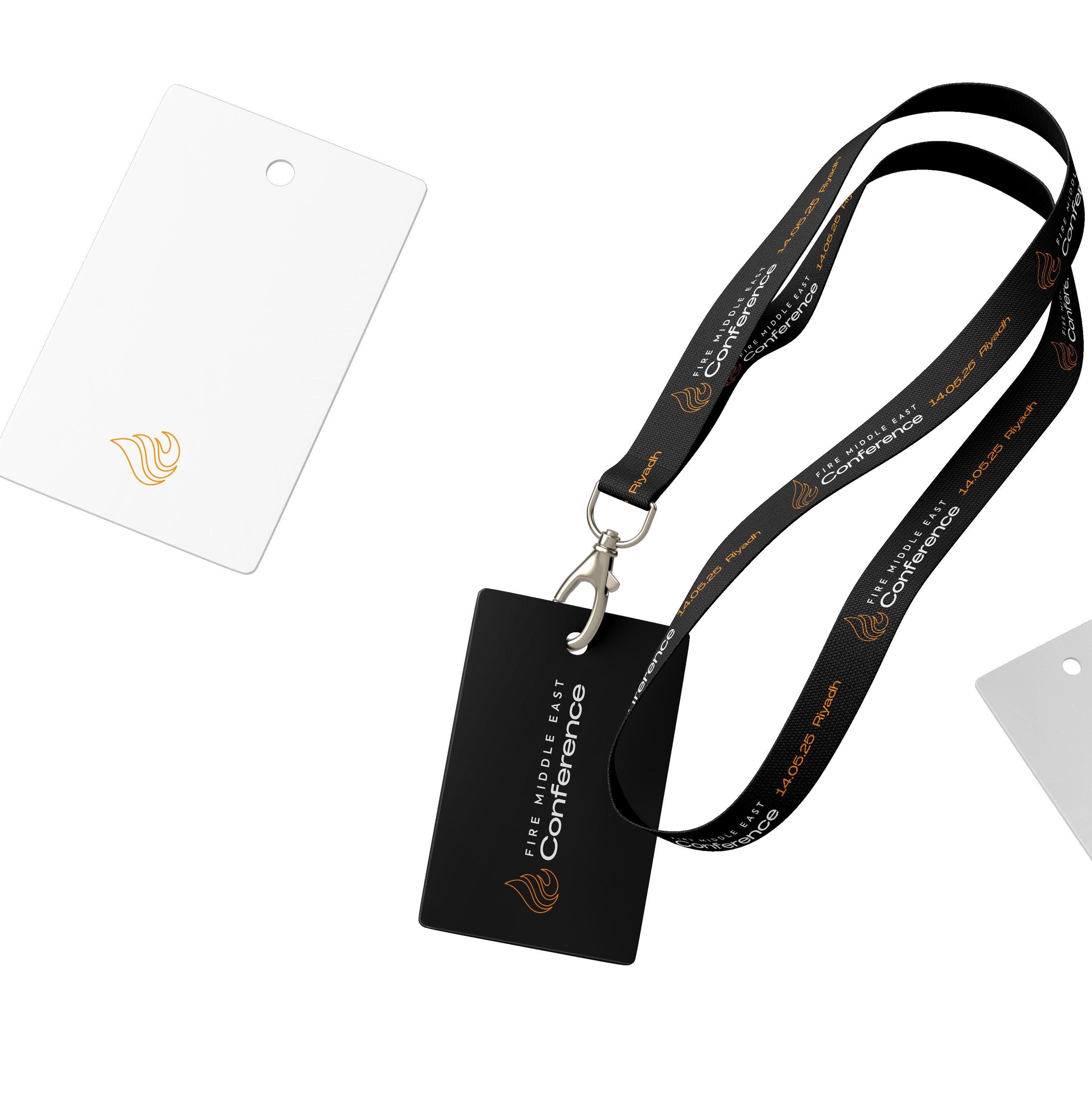
Bob Rea
DIRECTOR/LEAD FACILITATOR: BR TRAINING SOLUTIONS
Sandy Dweik
CEO: THOMAS BELLWRIGHT INTERNATIONAL CONSULTANTS
Lieut. Col. Hamdan Mohammed Almansori
ABU DHABI CIVIL DEFENCE: COMMANDER OF OPERATIONS DEPT.
Faris Alzahrani
HEAD OF HEALTH, SAFETY & SECURITY: NATIONAL WATER COMPANY
YOUR EXCLUSIVE EXPERIENCE INCLUDES:
• A dynamic VIP conference with keynote addresses, panel discussions, TED-style talks and live podcasts.
• A dedicated exhibition area showcasing cutting-edge fires safety and security solutions.
• Intimate roundtable networking opportunities with industry peers.
• Tech Stage sessions featuring live demonstrations and presentations.
• In-depth afternoon workshops for professional development.
Join us on Wednesday May 14th 2025, at the VOCO Hotel Riyadh and become a pioneer shaping the future of fire safety in the Middle East.

Self-priming, handles viscosities up to 5,300 cPs (including fluorine-free foam). Versatile for electric, PTO, engine, water or hydraulic drives. TungstenCarbide mechanical seals support 10BAR when flushing. Wetted components can run dry indefinitely.
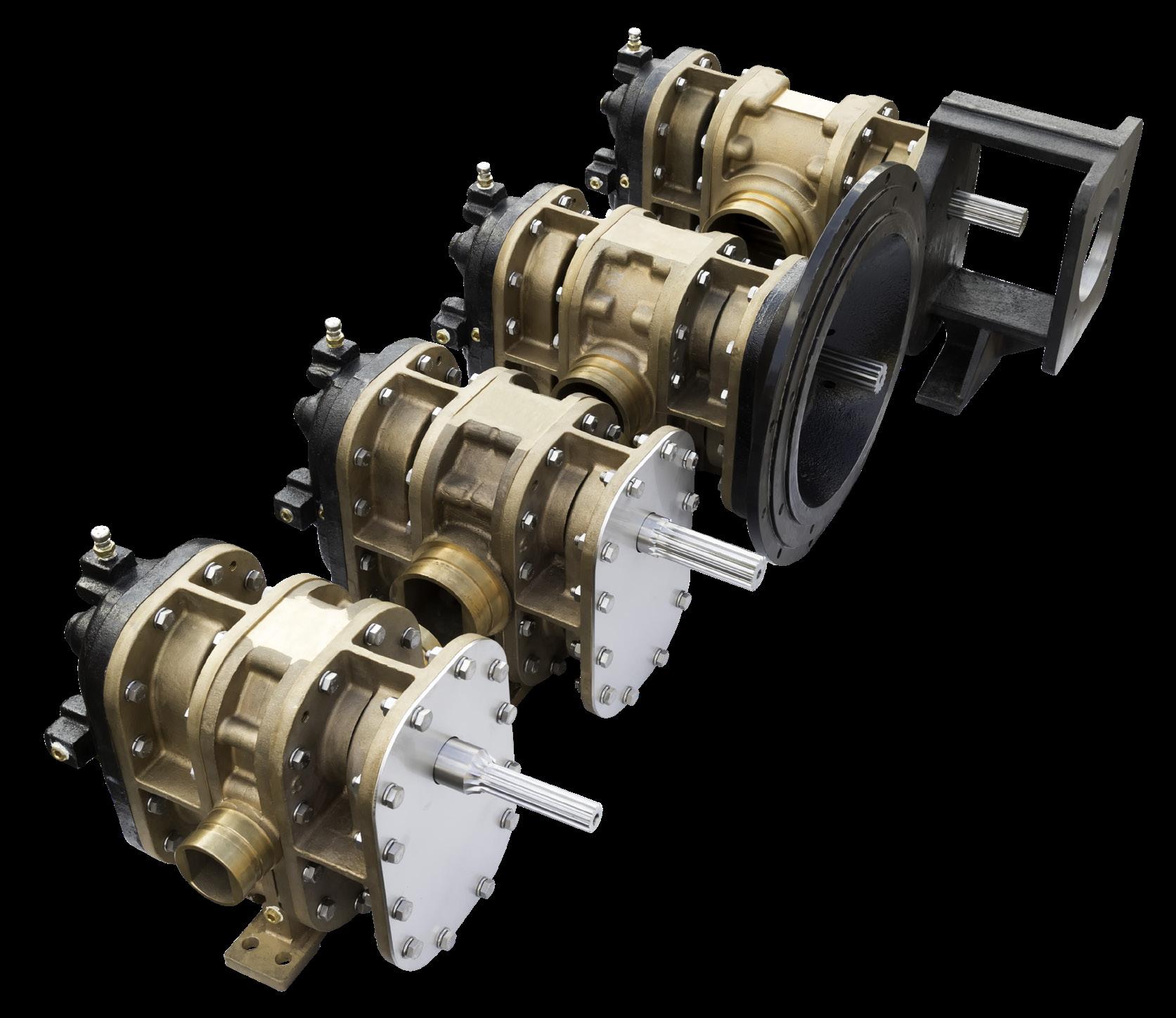
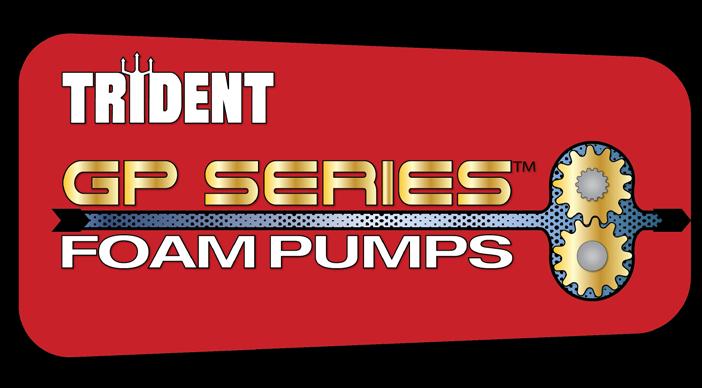
significant modifications. Allow us to guarantee long-lasting performance and reliable product support. Available in seven models ranging from 110 LPM to 1900 LPM.
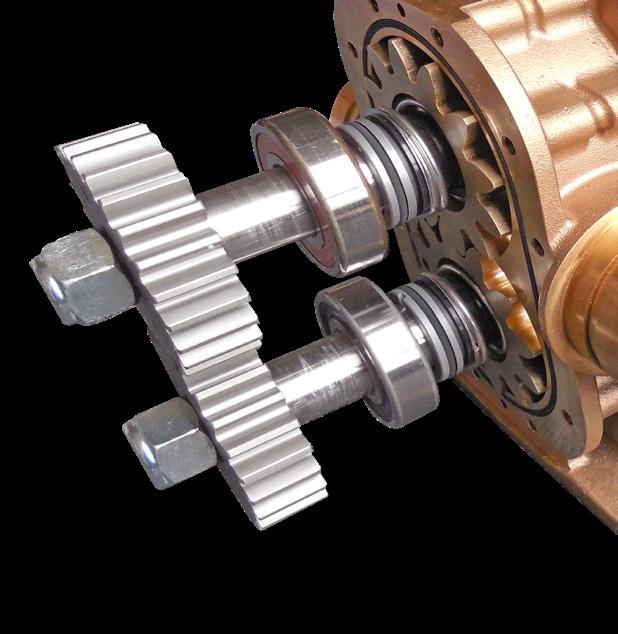
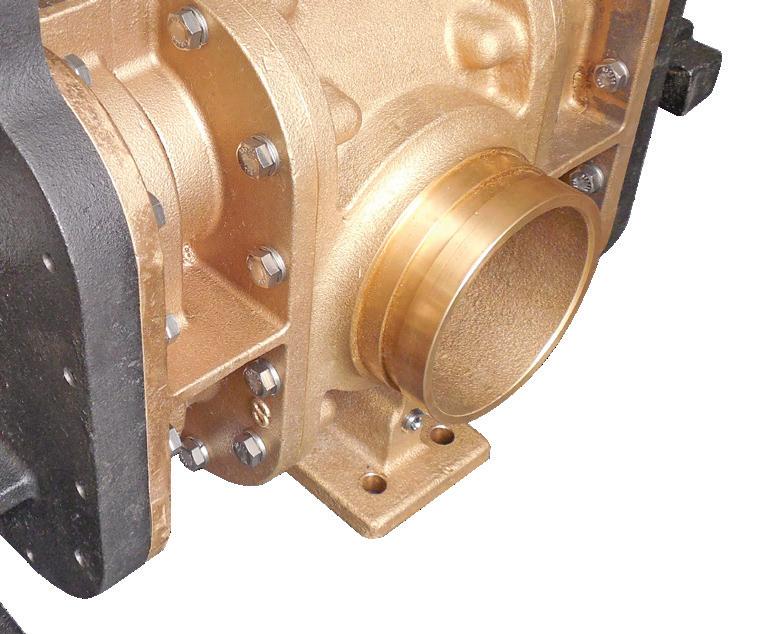
from the date of shipment. For more details, contact Trident.
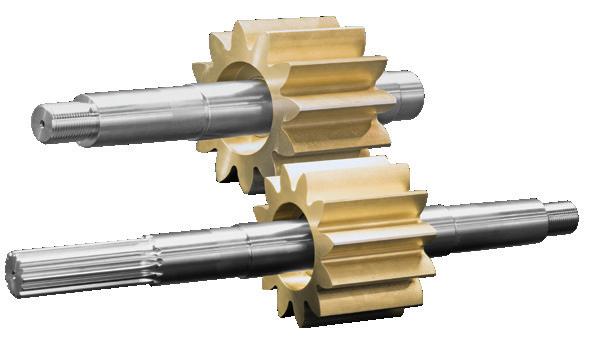
Detection. Instant Suppression. Zero Downtime.
Certified for UAE (UAE.S 5041), SASO 2947, R107, and more
24/7 automatic protection with zero power needed
3-year warranty, ultra-low maintenance
Compact, fast-install systems for any vehicle type
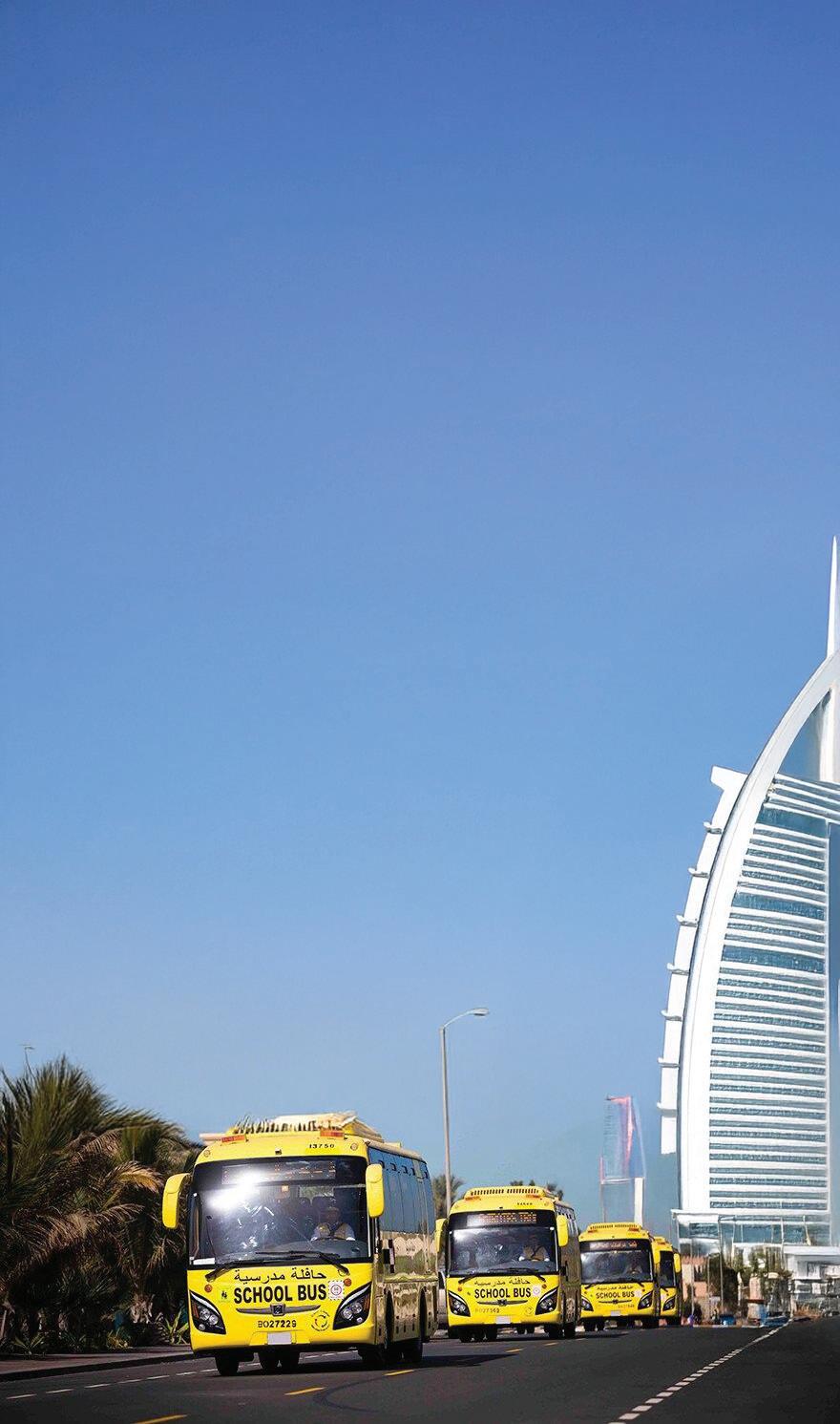
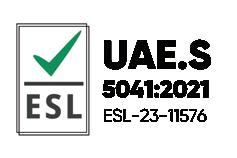
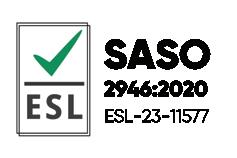

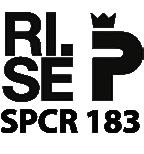
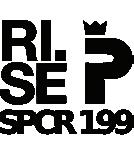
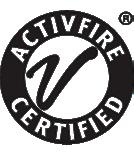
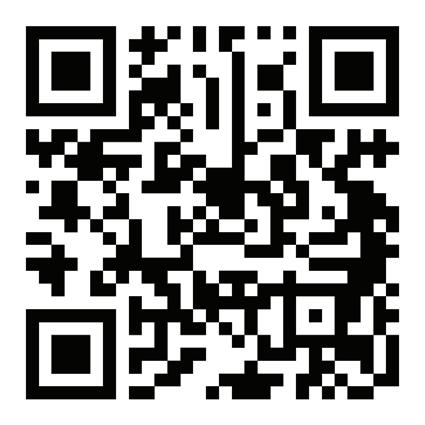
www.reactonfire.com

SILVER SPONSOR
Jensen Hughes
Since 1939 Jensen Hughes has dedicated itself to fire protection engineering. Today, its expertise also extends to accessibility consulting, risk and hazard analysis, process safety, forensic investigations, security risk and emergency management.



BRONZE SPONSORS
Blazemaster
With over 60 years of expertise, BlazeMaster® Fire Protection Systems stands out as a global leader in fire sprinkler systems. BlazeMaster CPVC, a product of Lubrizol (a Berkshire Hathaway company), surpasses industry standards, ensuring optimal performance and sustainability.
RelyOn Nutec
RelyOn Fire Academy is a leading international training centre for fire and rescue professionals, specialising in industrial, maritime, and municipal firefighting, with realistic, high-intensity training scenarios to enhance safety and operational readiness.
Operating in 100 countries, Intertek’s network of science-based, highly technically skilled individuals and teams enable global and local businesses to overcome the complex quality, safety and sustainability challenges they face.
Founded 1946, Bauer Kompressoren
GmbH is a global leader in high-pressure compressor technology. The company designs and manufactures systems for applications including breathing air, industrial air and gas, natural gas and inert gas compression.
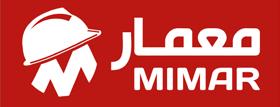
The Fire Science Academy of the Kingdom of Saudi Arabia has decades of industry experience, carrying out the most up-todate emergency training from a state-ofthe-art academy in Jubail Industrial City.
From initial consultation to project completion, Mimar Tools ensures that all aspects of your construction needs are met, providing you with the tools and resources needed for successful outcomes.
Since 1990, Tema Sistemi has been designing and implementing technologically advanced solutions for the protection of industrial plants, oil & gas, ships, public facilities, museums, hotels and prestigious environments.
Kidde Fire Protection is renowned as a world leader of gaseous fire protection systems. It has been at the forefront in the design and development of fire suppression products for over one hundred years.
Reacton is a global fire suppression manufacturer for high-risk industries, offering automatic, reliable and economic critical asset protection.
Apollo Fire Detectors specialise in the design and manufacture of high-quality fire detection solutions, with a presence in over 100 countries.




Fire Middle East Conference has partnered with QHSSE Platform to bring cutting-edge, AR/VR training to Fire Middle East Conference delegates
The landscape of safety and security in the Middle East region is undergoing rapid transformation, driven by ambitious development projects, evolving regulatory frameworks and a growing awareness of the critical importance of safeguarding people and assets. At the forefront of this evolution, the Fire Middle East Conference has consistently served as a vital platform for industry leaders, innovators and policymakers to converge, share insights and chart the course for a safer future.
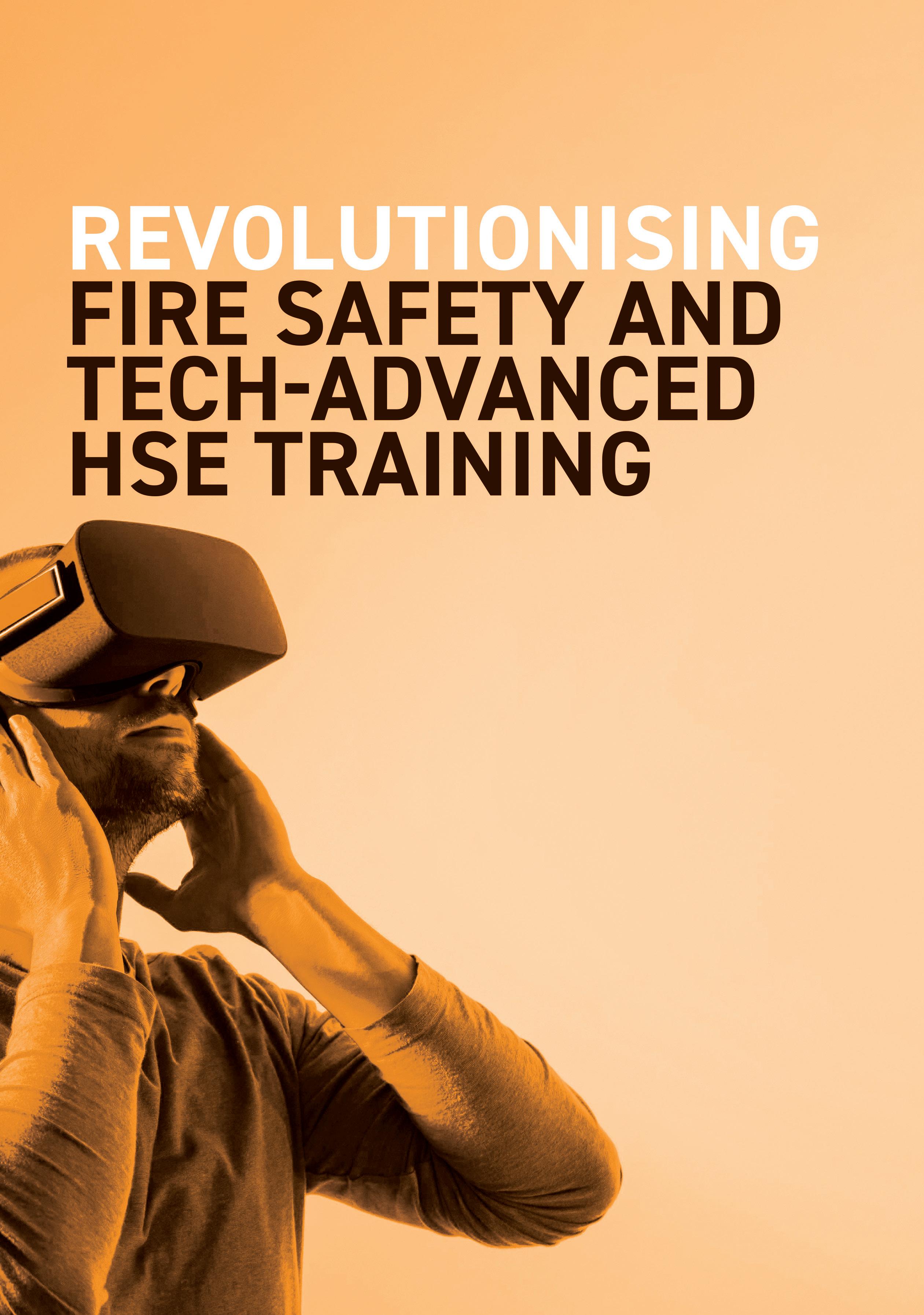
Building on its commitment to empowering the region’s fire safety professionals, the Fire Middle East Conference is thrilled to announce a groundbreaking joint venture with QHSSE Platform, a leading quality, health, safety, security and environment (QHSSE), environmental, social and governance (ESG) and engineering tech-advanced training and consultancy firm with a formidable global presence. This strategic alliance marks a significant step forward in the conference’s mission, promising attendees an unprecedented opportunity to not only gain cutting-edge knowledge in fire safety but also to experience the transformative power of technology-driven HSE training firsthand.
QHSSE Platform’s reputation as a global leader in QHSSE, ESG and Engineering training and consultancy is wellestablished. Operating across over 15 countries and supporting an impressive portfolio of over 15,000 projects

worldwide, QHSSE brings a wealth of experience and a proven track record in enhancing safety and operational excellence across diverse industries.
Recognised for its unwavering commitment to HSE and fire safety, and accredited by numerous local authorities, QHSSE goes beyond traditional training methodologies. The platform is at the cutting edge of delivering tech-driven immersive training, harnessing the power of interactive Virtual Reality (VR) and Augmented Reality (AR) solutions. This innovative approach provides learners with hands-on health and safety experiences within realistic, yet controlled, environments, leading to more effective learning outcomes and optimised knowledge retention. Furthermore, QHSSE’s sophisticated digital platforms integrate Artificial Intelligence (AI) to proactively identify and minimise compliance gaps, ultimately maximising overall safety effectiveness within organisations.
Attendees of the Fire Middle East Conference will gain direct exposure to QHSSE Platform’s certified training programmes, which seamlessly integrate cutting-edge technology with globally recognised standards.
QHSSE’s commitment to flexibility ensures that its courses can be delivered through various methods – including engaging Learning Management Systems (LMS) for self-paced e-learning; dynamic instructor-led classroom sessions fostering collaboration; interactive virtual training for remote teams; and the truly immersive VR/AR experiences that set them apart.
Whether professionals require highly specialised knowledge or more generic foundational training, QHSSE Platform offers a comprehensive library of over 550 accredited topics. This vast selection allows organisations to choose, customise, track and monitor full-scale capacity-building programmes tailored to their specific needs. Moreover, QHSSE’s smart analytics capabilities provide valuable insights by tracking employee performance and generating detailed reports, enabling organisations to measure the impact of their training initiatives.
QHSSE Platform’s training programmes are designed to resonate with individuals across all job categories and departments, from HR and operations to project managers and frontline staff. The content is meticulously tailored to match each role’s specific duties, responsibilities and relevant industry standards. This ensures that safety becomes an intrinsic part of every employee’s mindset and daily activities, fostering a truly safetyconscious company culture.
Furthermore, the international recognition and accreditation of every certificate earned through QHSSE programmes provide learners with a valuable and respected credential. Backed by leading organisations such as NFPA (National Fire Protection Association), RoSPA (Royal Society for the Prevention of Accidents), IOSH (Institution of Occupational Safety and Health), CPD (Continuing Professional Development), IATP (Independent Asbestos Training Providers) and IIRSM (International Institute of Risk and Safety Management), these certifications carry significant weight and demonstrate a commitment to professional development and global best practices.
The collaboration between the Fire Middle East Conference and QHSSE Platform will bring an exciting dimension to the 2025 event. Attendees will have the exclusive opportunity to witness QHSSE’s expertise firsthand.
Delegates will be able to don hightech headsets and immerse themselves in realistic fire safety scenarios, gaining a tangible understanding of how this technology can enhance practical skills and knowledge retention in a safe and engaging manner.
The Fire Middle East Conference, in association with QHSSE Platform, is committed to providing an unparalleled learning experience. Our guests will have the chance to actively participate in demonstrations designed to showcase the future of safety training:
“The QHSSE platform is at the cutting edge of delivering techdriven immersive training”
Learning by doing: Step into immersive and engaging VR/AR simulations that place you directly within realistic fire safety scenarios. This hands-on experience will allow you to learn how to respond effectively to emergencies in a safe and controlled virtual environment, fostering muscle memory and critical decision-making skills. The intelligent safety revolution: Discover the groundbreaking advancements in Artificial Intelligence (AI) technology and its transformative role within the safety industry. Witness firsthand how AI is revolutionising safety protocols, enhancing risk assessments and ultimately contributing to safer workplaces. Learn and compete: Participate in interactive and engaging safety quizzes and challenges designed to test your knowledge and skills in a fun and competitive environment. Compete with fellow attendees and reinforce your safety expertise.
The partnership between the Fire Middle East Conference and QHSSE Platform signifies a powerful synergy, uniting a leading industry event with a pioneering force in tech-driven safety training. By attending the 2025 conference, professionals in the MENA region will gain invaluable insights into the latest fire safety strategies, forge crucial industry connections and, most importantly, experience the future of safety education through immersive and engaging technologies. This is an unmissable opportunity to elevate your knowledge, enhance your skills and contribute to a safer and more secure Middle East.
For more information or to subscribe to the next training programme contact: mike@firemiddleeast.co.uk.
Fire Middle East, in association with QHSSE Platform, is bringing cutting-edge Virtual Reality (VR) and Augmented Reality (AR) training to life — and you’re invited to step inside.
Put yourself in the middle of real-life safety scenarios, where you’ll test your reactions, spot hazards and make quick decisions — all in a fully immersive and risk-free environment.
With both VR and AR experiences, you’ll explore safety concepts like never before, whether through complete virtual simulations or interactive digital layers over the real world.
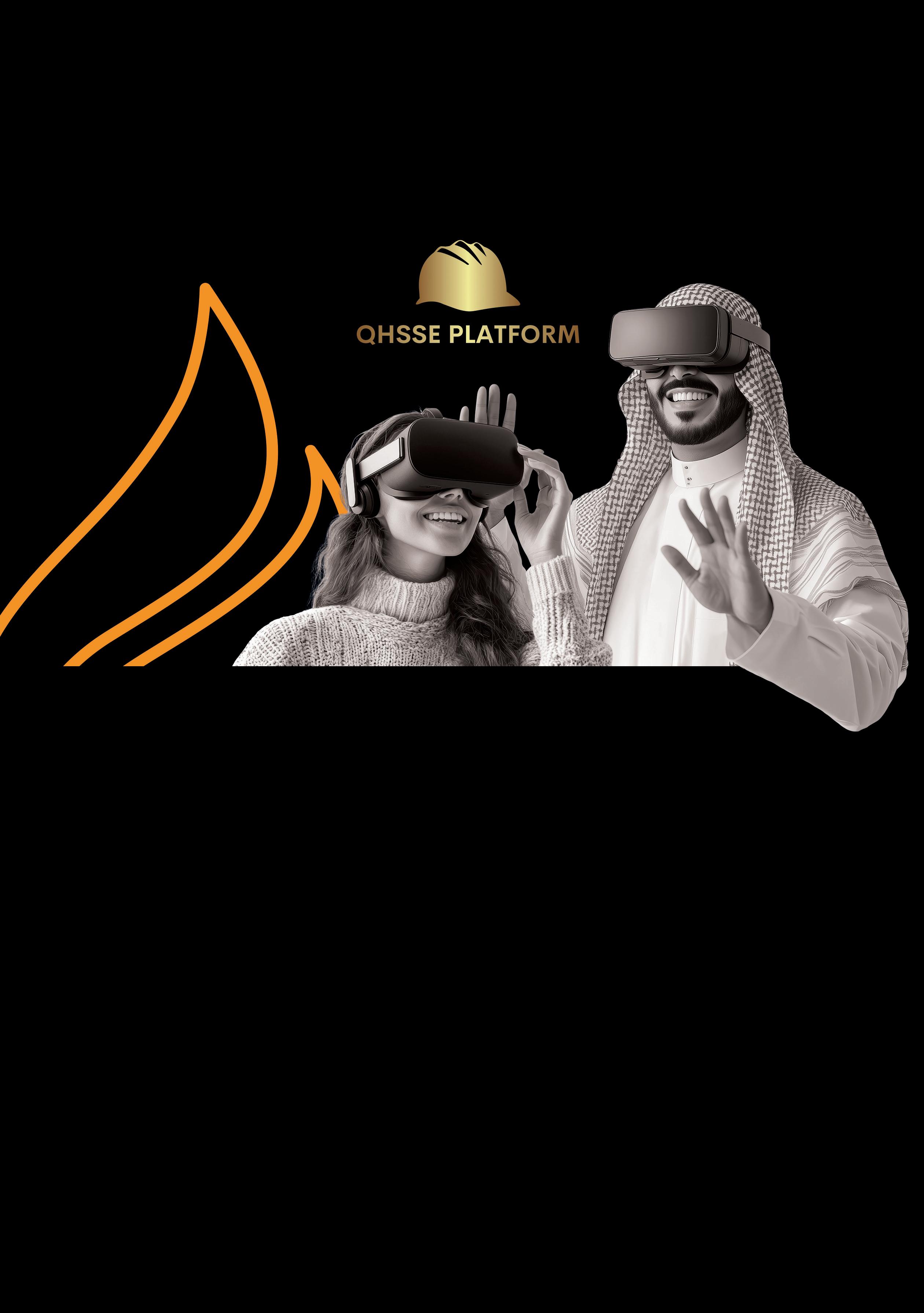
And you won’t be alone. QHSSE Platform experts will be there to guide you through the experience, answer your questions and show you how this technology is transforming the future of safety training.
Join us at the Fire Middle East Conference for the official launch. For more information: mike@firemiddleeast.co.uk

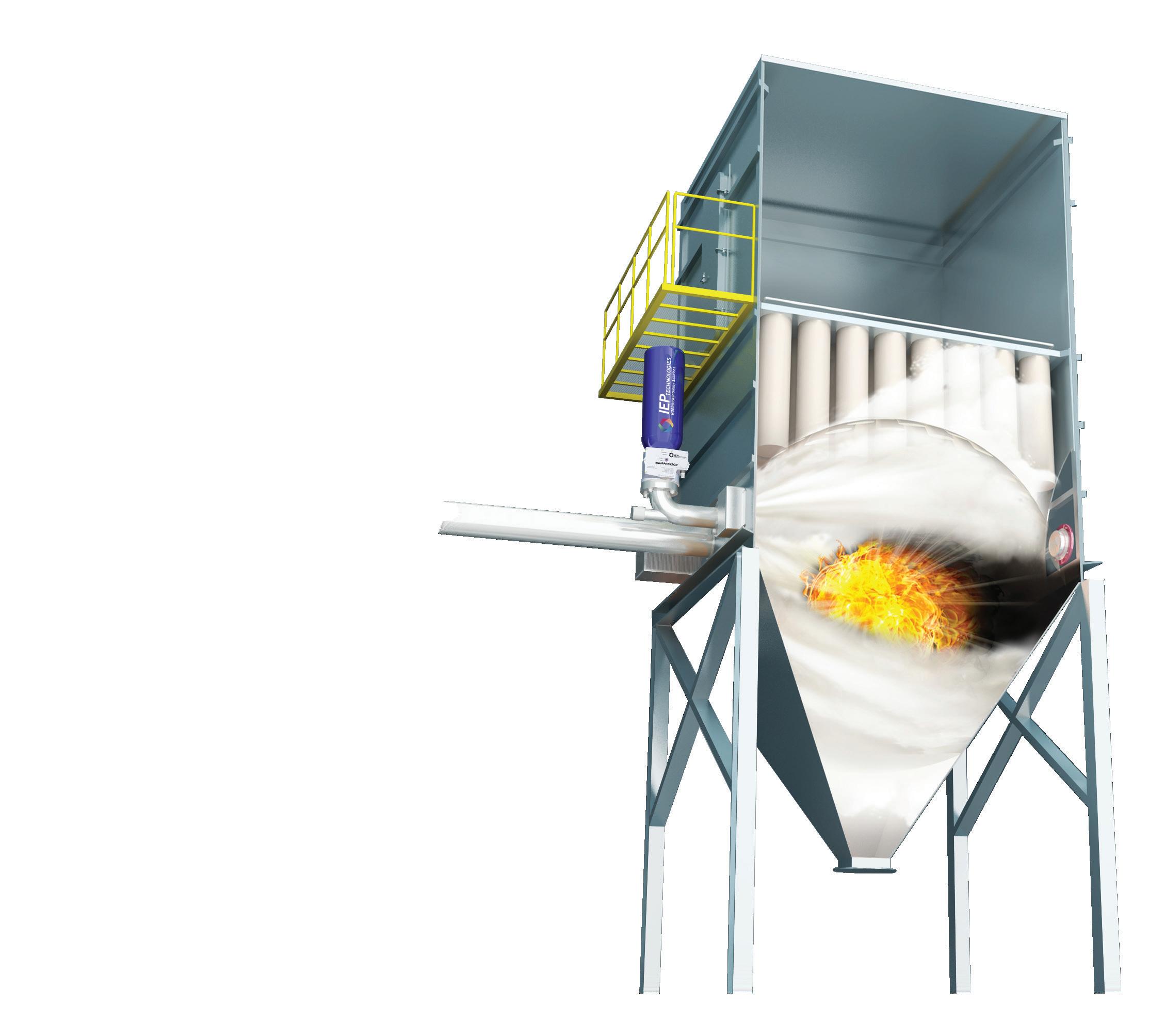
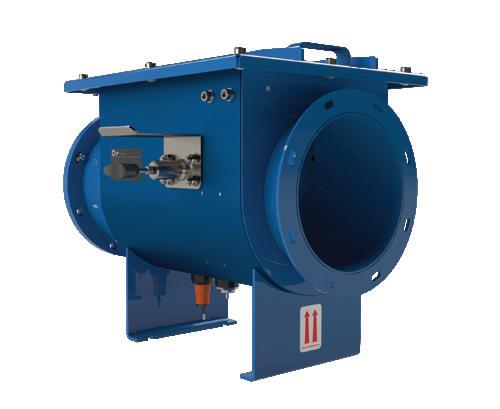
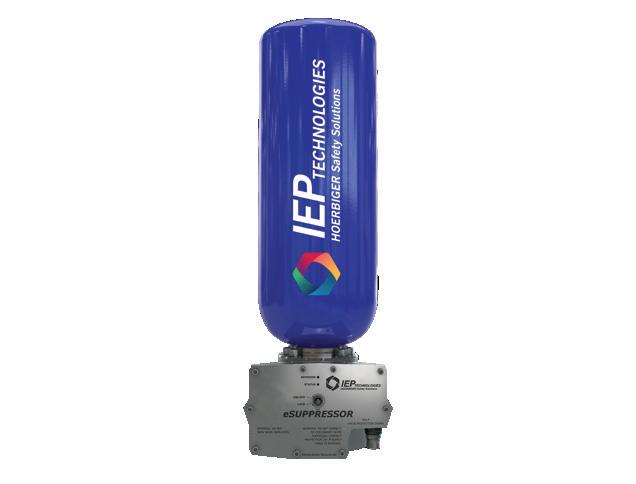

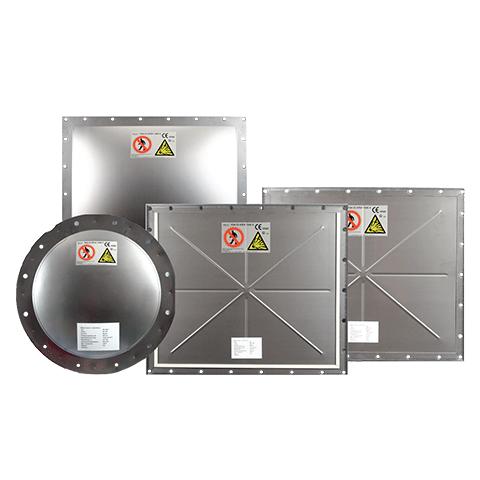
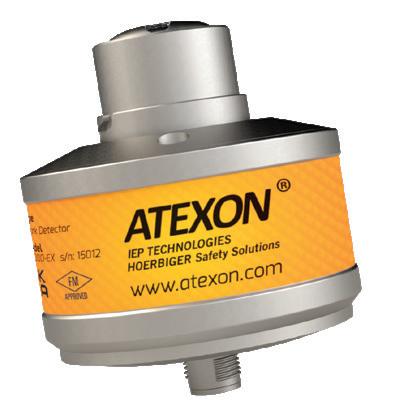



Across diverse global processing and manufacturing sectors, a significant yet often underestimated hazard exists: combustible dust explosions. Industries like food, feed and grain, chemicals, pharmaceuticals, wood and paper, and recycling handle fine particulate solids, presenting an inherent risk requiring proactive safety measures.
A dust explosion is a rapid combustion event. It occurs when fine, combustible particles suspended in air are ignited within a confined space. This powerful reaction unleashes destructive forces, leading to severe business interruption, plant damage, and tragically, injuries or fatalities. The pressure waves generated can exceed structural limits, and the initial blast often stirs up more dust, fueling devastating secondary explosions.
Effective mitigation starts by understanding the ‘explosion pentagon’: combustible dust, dispersion, confinement, an ignition source and oxygen. While eliminating all ignition sources is challenging, robust protection strategies focus on preventing ignition, mitigating explosion effects and preventing propagation.
A crucial safety layer is preventing ignition by controlling potential sources. ATEXON spark detection and extinguishing systems by IEP Technologies monitor pipes and chutes for threats like sparks or embers. Engineered for rapid activation, these systems intervene before ignition occurs, preventing serious safety and financial consequences without halting production. Utilising advanced detectors, ATEXON systems identify ignition sources in visible and infrared light, even in dense flows. Upon detection, an extinguishing unit suppresses the ignition source, and the system resets. This significantly reduces the risk of ignition sources reaching protected equipment. Should ignition occur, passive explosion protection methods mitigate the effects. Explosion venting is a cost-
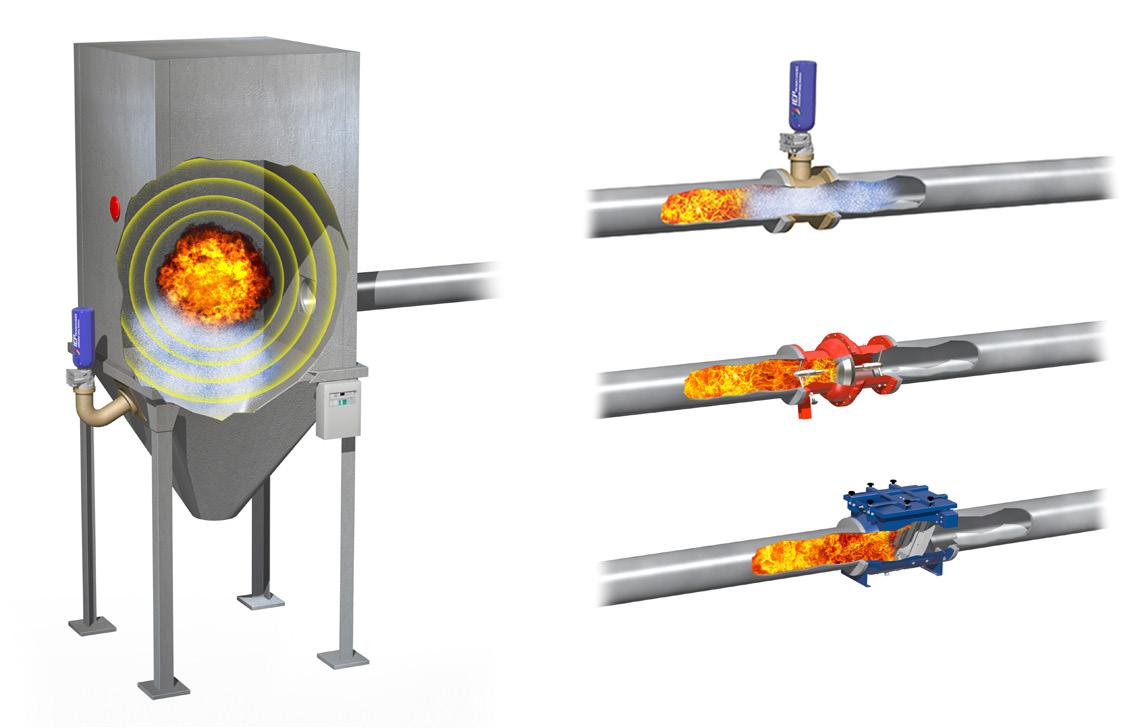
Explosion detection and suppression of a vessel using non-explosively operated eSuppressor™ technology with the following explosion isolation options: chemical isolation shown at the top, Ventex™ passive isolation in the middle and IsoFlap™ passive isolation at the bottom.
effective technique involving rupture panels designed to open at a set pressure, typically at 100mbar. This safely releases overpressure and the fireball outside, limiting internal pressure rise.
IEP Technologies offers various vents for different applications. When explosion venting isn’t possible, flameless venting devices provide a solution. They use a flame-arresting mesh to quench expelled flames while relieving pressure indoors.
IEP Technologies offers specialised flameless vents including those for filters, silos and bucket elevators.
Active explosion protection systems detect and suppress explosions in their early stages. Suppression systems use detectors (rate of pressure rise/flame) to sense a developing deflagration and rapidly discharge a chemical suppressant, extinguishing the fireball and preventing destructive pressure build-up. IEP Technologies’ innovative eSUPPRESSOR™ is an electro-mechanically actuated high-rate discharge suppressor offering safer, reliable, rapid intervention. Both active and passive systems also include explosion isolation devices that rapidly create a barrier (mechanical or chemical) to prevent the explosion from propagating to interconnected equipment.
IEP Technologies, part of the global HOERBIGER Safety Solutions network, brings over 60 years of experience in industrial explosion protection. It offers a fully integrated service: material testing, system selection, expert system design, supply, training, and global field service. Its certified Field Service Engineers are strategically located worldwide, ensuring prompt support.
Whether you need ignition prevention with ATEXON spark detection, passive protection via vents and flameless venting, or active protection using advanced suppression (eSUPPRESSOR™) and isolation, IEP Technologies has the expertise. The company selects then designs the optimal multi-layered solution and provides ongoing support throughout the life of the system. Partnering with IEP offers a ‘single source advantage’ for all aspects of your explosion safety journey, ensuring the safety of your plant, personnel, and business continuity. To learn more about improving safety from combustible particulate material hazards, visit the website.
www.ieptechnologies.com

Fire Middle East magazine spoke with Major General Ali Al Mutawa, Assistant General Director for Fire & Rescue at Dubai Civil Defense, to find out more about his role, his plans for the organisation and the collaborations that are helping keep Dubai safe
Can you tell us more about your education and your career progression?
I started my educational journey with a diploma in Fire Science in 1998, followed by another diploma in Fires in Airports and Seaports from Canada in 2000. I later earned a bachelor’s degree in Law from the Dubai Police Academy in 2007 and completed a diploma in Operations Room Management in Germany in 2008. In 2014, I was recognised as an Expert in Fire Investigation by the Fire Service College,
Moreton in Marsh, UK. Additionally, my dedication to advancing fire safety earned me a Fellowship from the Institution of Fire Engineers (IFE) in 2015, making me one of the youngest members to receive this prestigious recognition.
My career at Dubai Civil Defense began in 1999 as a firefighter, and over the years, I advanced through various roles, including Fire Station Director, Control Rooms Manager, Director of Operations, and Assistant General Director for Smart Services and Protection & Safety.
Currently, I serve as the Assistant General Director for Fire & Rescue.
What motivated you to join Dubai Civil Defense?
My passion for serving the community and my interest in fire safety and emergency response were key motivators for joining Dubai Civil Defense. The opportunity to make a real difference in people’s lives and contribute to the safety and security of Dubai has always been a driving force in my career.

How has your role at Dubai Civil Defense evolved?
My role at Dubai Civil Defense has evolved significantly over the years. Starting as a firefighter, I gradually took on more responsibilities, including managing fire stations, overseeing operations control rooms and directing the entire operations department. I later became the Assistant General Director for Smart Services and Protection & Safety, and now I am responsible for Fire & Rescue. My journey has been marked by continuous learning and adaptation, focusing on enhancing the safety standards and emergency preparedness in Dubai.
Can you tell us about your key responsibilities at Dubai Civil Defense.
As the Assistant General Director for Fire & Rescue at Dubai Civil Defense, my primary responsibilities involve overseeing all fire and rescue operations across the city. I lead a dedicated team of professionals who are committed to ensuring the safety of Dubai. My role includes strategic planning, where I work to develop and implement advanced fire safety protocols and operational procedures that align with both local and international standards.
I am also responsible for coordinating large-scale emergency responses, ensuring that our teams are fully prepared and equipped to handle any situation. Additionally, I play a crucial role in continuous training and development programmes to ensure that our personnel are always at the forefront of fire and rescue techniques and technologies.
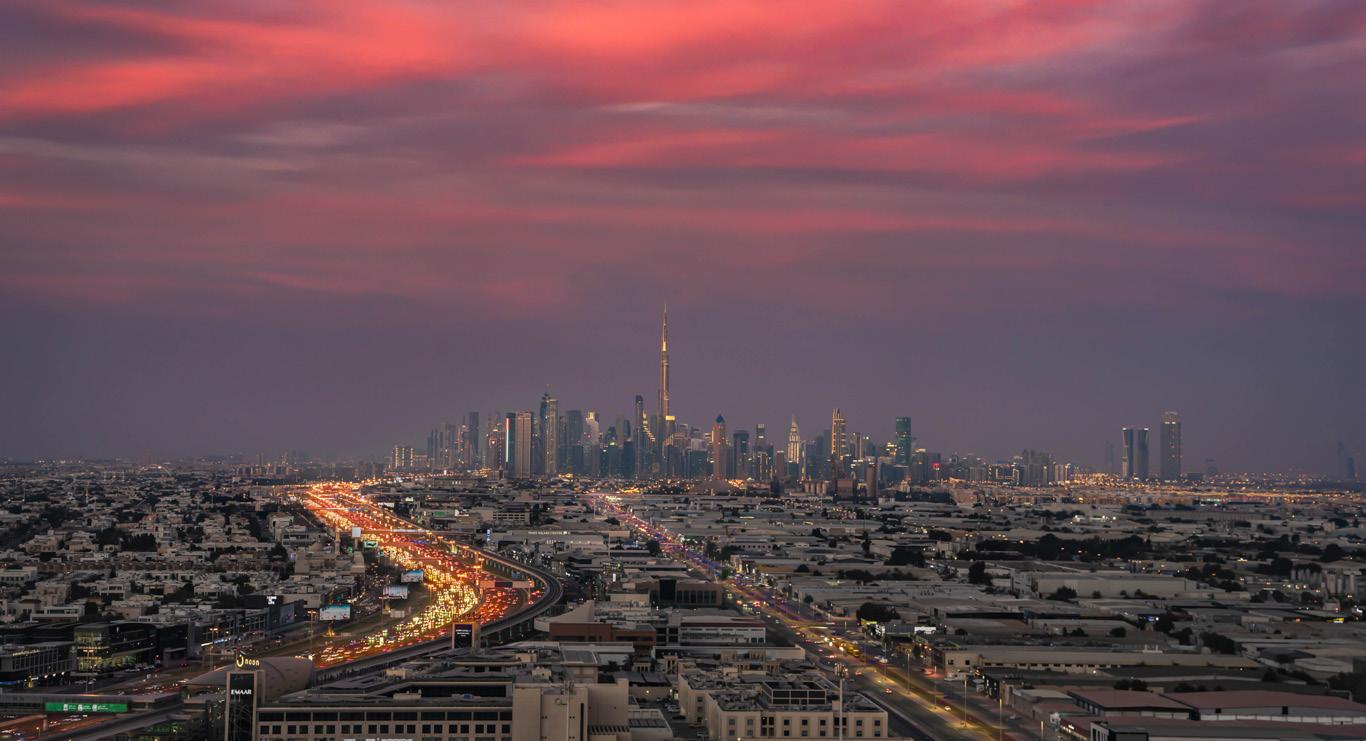
My focus is on enhancing operational efficiency, improving safety outcomes and contributing to the overall resilience and security of Dubai.
What have been the highlights so far of working at Dubai Civil Defense?
Some of the key highlights include the development and implementation of Standard Operating Procedures (SOPs) and the standardisation of the Incident Command System at the national level. I also played a significant role in launching the Smart Monitoring Systems 24 X 7, including the Hassantuk initiative for building safety. Additionally, under my leadership, Dubai Civil Defense has received international recognition for our response to major incidents, such as the Torch Tower Fire and The Address Fire, demonstrating our commitment to excellence in emergency management.
A particular highlight was hosting and contributing to the UAE Fire Safety Forum, which has been an essential

platform for discussing and advancing fire safety protocols on both a national and international level. This forum has allowed us to collaborate with global experts, exchange knowledge, and introduce cutting-edge safety innovations that have further strengthened Dubai’s position as a leader in fire safety and emergency preparedness.
Dubai Civil Defense was recognised by NFPA’s Fire & Life Safety Ecosystem Influencer Award for its pioneering Environmental Preparedness Programme. Can you tell us more about this?
The Dubai Civil Defense Environmental Preparedness Programme is an innovative initiative designed to enhance our ability to anticipate, manage and mitigate risks associated with fire incidents. This programme leverages cutting-edge AI technologies to proactively reduce the occurrence of fires and minimise their environmental impact. A key aspect of the programme is the use of AI to analyse data from fire incidents, allowing us to identify patterns and potential risks. This information is crucial in developing strategies that prevent fires from occurring. Additionally, the programme focuses on reducing carbon emissions from fires, aligning with Dubai’s Net Zero Carbon Emissions Strategy 2050.
Can you tell us more about the smart technology being used at the Dubai Civil Defense to enable preparedness and proactive fire response?
At Dubai Civil Defense, we employ a range of smart technologies to enhance our preparedness and response capabilities. These include advanced monitoring systems like Hassantuk, which provides real-time data on building safety and
predictive analytics that help anticipate potential fire hazards. Our smart control rooms are equipped with the latest technology to ensure a swift and coordinated response to emergencies. Central to our approach is the Civil Defence Preparedness Program, which uses AI to analyse human behaviour, predict fire risks and implement proactive prevention strategies. This programme also facilitates effective communication during emergencies, sending targeted alerts to residents about potential fire hazards. It has gained international recognition for its innovative approach to fire safety and emergency management.
How vital is technology for the firefighting industry?
Technology plays a crucial role in transforming the firefighting industry, enabling us to shift from reactive to proactive strategies. With the integration of advanced systems like artificial intelligence, we can anticipate and mitigate fire risks with unparalleled precision. Real-time monitoring and data analysis allow for early detection of potential hazards, guiding the efficient allocation of resources. AI tools, for example, can create detailed risk maps and assess human behaviours that may lead to fires, facilitating targeted interventions. These technological advancements not only improve response times but also significantly reduce the chances of fires occurring, thus enhancing our ability to safeguard lives and property. In this way, fire departments like Dubai Civil Defense are leading the way in making proactive response the foundation of modern firefighting.
“My focus is on enhancing operational efficiency, improving safety outcomes and contributing to the overall resilience and security of Dubai.”
What is your vision for the Dubai Civil Defense, and how do you plan to reach it?
My vision for Dubai Civil Defense is to continue being a global leader in fire safety and emergency response by leveraging advanced technology, comprehensive training, continuous innovation and global collaboration. Embracing AI and futuristic technologies will allow us to adopt a more predictive and preventive approach to fire safety. Training will be central to this vision, with programmes that integrate virtual reality (VR) and AI simulations to prepare our personnel for a wide range of scenarios. Additionally, we will enhance collaboration with international partners, contribute to global safety standards and foster a culture of innovation. By investing in our people and technologies, Dubai Civil Defense will not only safeguard the city but also lead the way in shaping the future of emergency services worldwide.
What are your ambitions for Dubai, and how can Dubai Civil Defense support its goal for a safer, more sustainable future?
My ambition for Dubai aligns with the vision to make it the safest and most resilient city globally.
Dubai Civil Defense plays a critical role in this by ensuring world-class fire safety
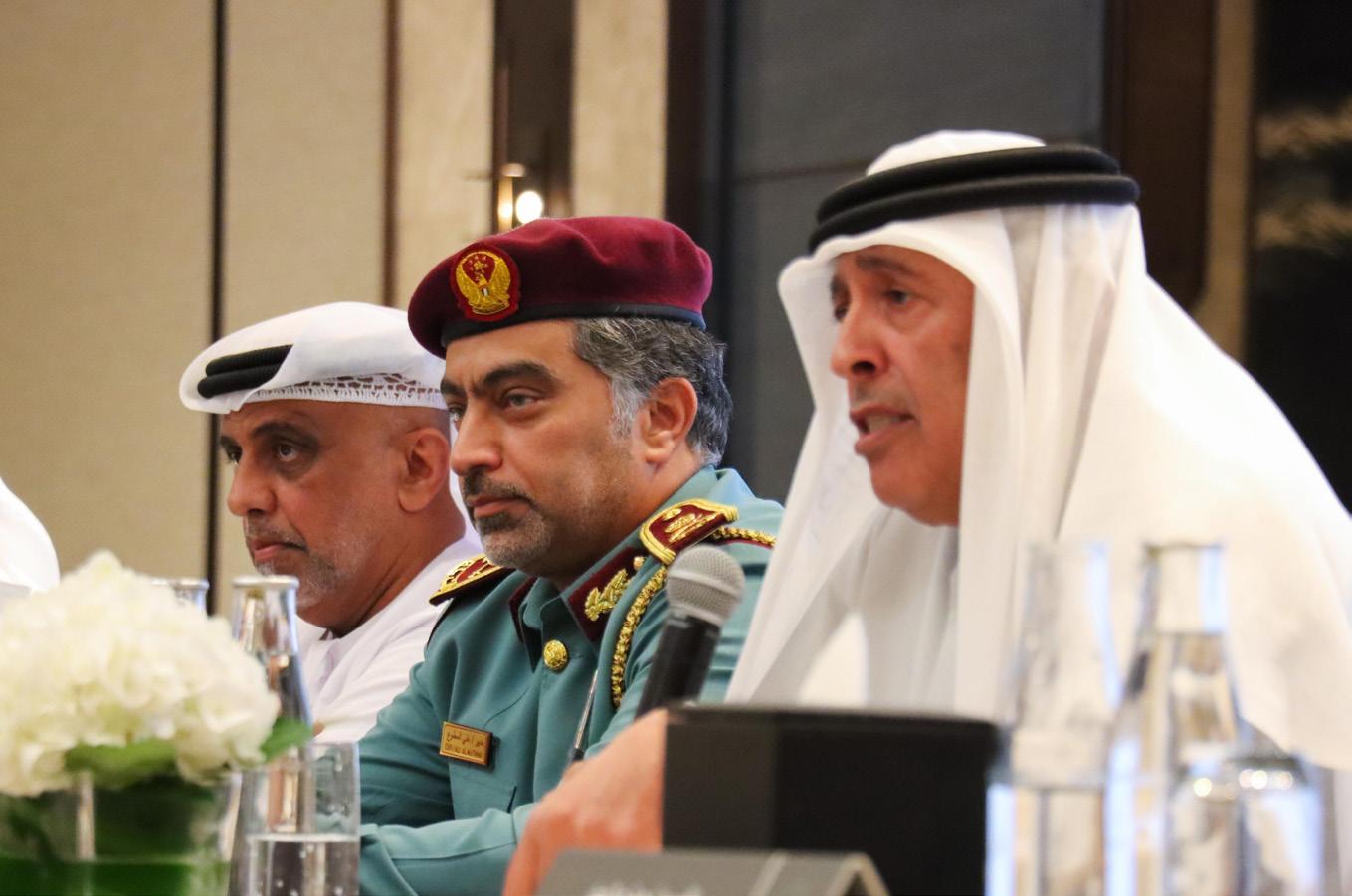
standards and promoting sustainable practices in fire prevention and response. We are committed to supporting Dubai’s vision for a safer and more sustainable future through continuous innovation and collaboration. Additionally, we will promote environmentally friendly practices in all our operations, such as reducing our carbon footprint through energy-efficient technologies and contributing to the city’s broader environmental initiatives.
Can you tell us more about your work with ESL –why did you choose to work with them, and how does the partnership operate?
My collaboration with Emirates Safety Lab (ESL) is rooted in a shared commitment to enhancing safety standards and ensuring the highest level of fire safety across Dubai. I chose to collaborate with ESL because of its expertise in safety testing, certification, and its innovative approach to advancing safety technologies.
Our partnership focuses on the proactive testing and certification of fire safety materials and systems. By rigorously evaluating materials before they are deployed, we ensure that only the highest standards are met, significantly reducing the risk of fire-related incidents. This proactive approach is essential in a rapidly evolving urban landscape like Dubai, where staying ahead of potential hazards is crucial.
What future plans do you have to work alongside the ESL team?
My future plans with the Emirates Safety Lab (ESL) focus on expanding our collaboration to enhance fire safety in Dubai. We aim to advance proactive testing of new fire-resistant materials, integrate AI and data analytics into our processes, and continue developing innovative safety solutions. Additionally, we plan to expand our joint training programmes to ensure our personnel are equipped with the latest knowledge and skills. This partnership will further solidify Dubai’s position as a global leader in safety and resilience.
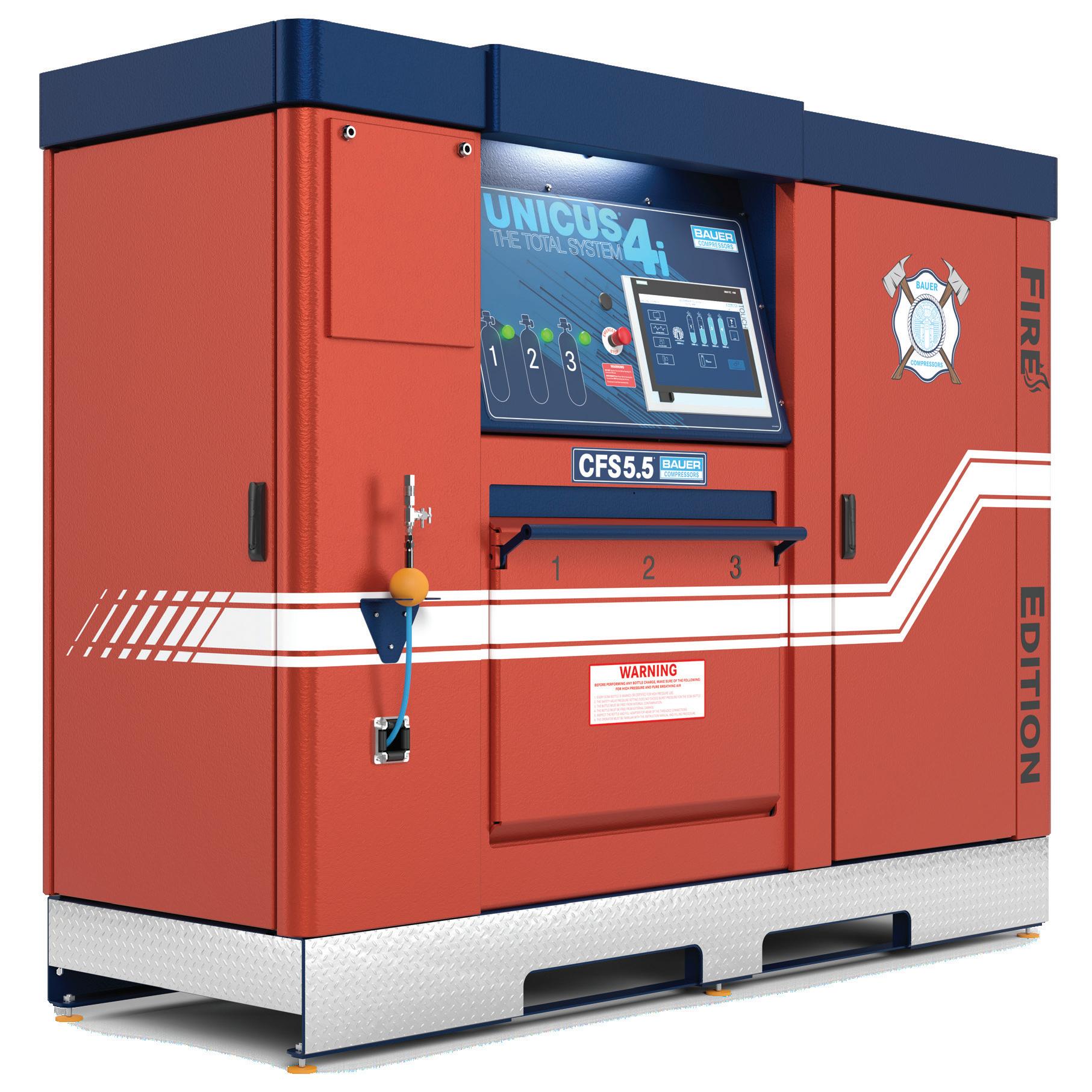
Minimizes operator training requirements and reduces opportunity for operator error through fully automatic SCBA filling functionality. We eliminated all manual valves and knobs. Easily access all pertinent process information on the unit’s user-friendly HMI touchscreen
Faster, more efficient SCBA filling. The automatic cascade system reduces cylinder fill time with optimized high-pressure storage and fill management.





Stefano Rotti, a former Fire Chief now responsible for the Emergency Knowledge Unit in the Milazzo Refinery S.C.p.A, shares his operational experiences of firefighting turbines and explores the future outlook for their use
From the basic jet spray to the refined water mist system, firefighting technology has always strived for greater control. But what if you could take that control to the next level? Enter the firefighting turbine, a quantum leap in mobile fire suppression. Gone are the days of limited reach and inconsistent droplet sizes. Now, a turbinepowered torrent of micronised water can be deployed, offering unparalleled efficiency in temperature management, gas cooling and fire suppression. This isn’t just an upgrade; it’s a paradigm shift. For mobile firefighting equipment, effective misting of water was limited until the introduction of firefighting turbines. Previously, fog monitors mounted on trailers or fire trucks were able to create a flow of water droplets varying in size and flow rate.
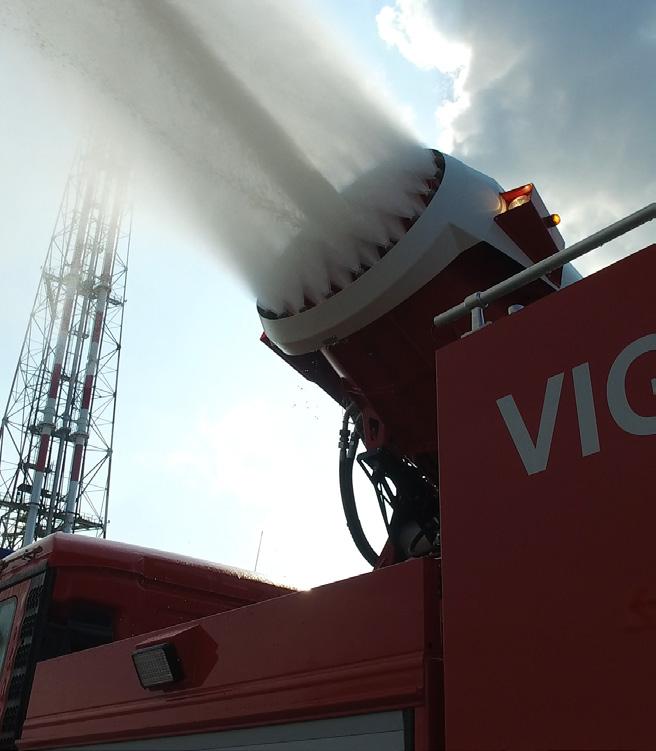
The design and technical features of these monitors allow:
Reducing size of water droplets; Managing an Hydraulic Positive Pressure Ventilation (PPV) in open areas and semi-confined (industrial) spaces, providing flexible smoke and heat management beyond the capabilities of branchpipe monitors; Effective foam throwing (especially AFFF-AR) over significant distances, with the possibility to quickly adjust the cone for self-protection in case of worsened conditions; Efficient gas and smoke suppression due to the adjustable water cone, which modulates air displacement and enhances control over released fumes and smoke.
However, fog monitors come with their own limitations: Depending on the cone opening and operating conditions, the range may be significantly impacted by wind, resulting in substantial dispersion over distance; when the cone is opened to increase atomisation, the range is reduced drastically.
But the development of firefighting turbines provides a critical tool for avoiding these dangerous situations.
The core of a Fire Turbine is the air pressurisation system and the water delivery equipment. Depending on the manufacturer’s technical approach, the air pressurisation system can range

from high-performance setups using aircraft turbines to systems with ducted propellers.
Each technical choice has its pros and cons: Aircraft turbine systems provide greater range and power but are technically complex, require more maintenance, are significantly noisier and consume more energy.
Ducted propeller systems — available in various nozzle and fan designs — are simpler to build and maintain, operate more quietly (especially when aerodynamically optimised), and offer greater flexibility in both operation and installation.
When I first encountered this technology in 2013, I recognised its potential, later confirmed through practical application. I conducted a series of tests using a turbine of an Italian manufacturer (FT20 Turbine from EmiControls), mounted on a self-propelled tracked vehicle. These tests included both ‘cold’ and ‘hot’ scenarios: Simulated gas leak from pipe rack along internal plant road (image 1): The test aimed to assess the turbine’s range and efficiency in various microclimatic conditions and determine the influence of wind on the water spray.
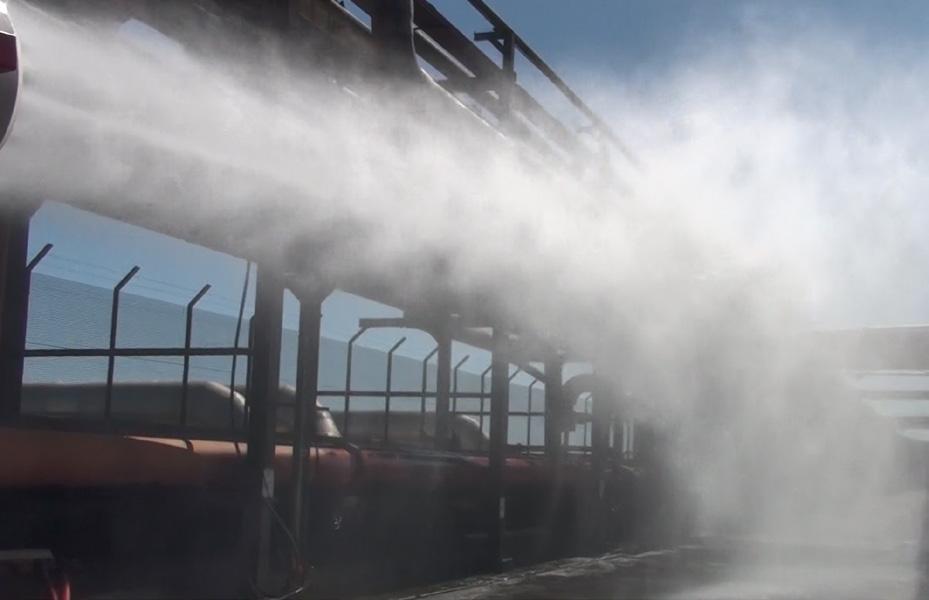
Response to a real LPG release from a 2” piping: Monitored with thermal cameras and gas detectors, this test evaluated the turbine’s capacity for gas knock down and dispersion. The goal was to enable safe operator access for valve closure near the leak, under full bunker gear protection.
Extinguishing a 2m x 2m x 1.6m stack of wood pallets fully engulfed in flames (image 2): This test assessed the effectiveness of the turbine in extinguishing Class A fires. Operated by the tracked drone, the turbine was used in conjunction with the dozer blade mounted in the drone front, to finally break down the pallet stack, leading to full extinguishment without further manual intervention.
Extinguishing a 60 m² pool fire in a pool with a fuel mixture of 1,000 L intermediate gasoil and 1,000 L kerosene: Using AFFF-AR 3/3 % foam. This test followed a 2-minute pre-burn period and achieved extinguishment in 40 seconds.
Real LPG jet fire from a pipe rack structure at 4m elevation: The purpose was to control and cool the 7-8m jet flame to allow an operator, protected by full bunker gear, to safely reach and close the gas valve near the leak point.
Following the positive outcome of these tests, we decide to choose this model for several key factors: Exceptional engineering of the machine; less fan noise operation compared to competitors; and easier nozzle maintenance compared to competitors.
From an operational perspective, the features that impressed me the most include its high three-dimensional fire suppression capability; its superior extinguishing efficiency which is comparable to a cone-jet monitor but with double the flow capacity; the possibility to perform forced ventilation, effective both outdoors and in semi-confined or confined spaces; and greater stability of the spray jet, particularly when using foam. In addition we also saw an enhanced range of the atomised jet compared to a fog monitor and high operational flexibility, allowing for operation with just the outer ring of nozzles (delivering between 900 and 1,000 litres per minute depending on pressure) or with a central monitor that can deliver 2,500 litres per minute or an easily replaceable (STORTZ couplings) central head providing 1,100 litres per minute.
For these reasons, we decided to install the turbine on a heavy-duty 26ton, 3-axle firefighting vehicle, paired with a high-performance monitor for interventions requiring greater range and volume than the turbine alone could provide, tailored to our specific operational context.
The operational uses for which the vehicle was designed — and, for some of them, really employed — include:
1. Suppression of flammable and toxic gas leaks: The vehicle provides both dispersion and abatement of gas releases.
2. Support for the industrial firefighting team on the ground in semi-confined
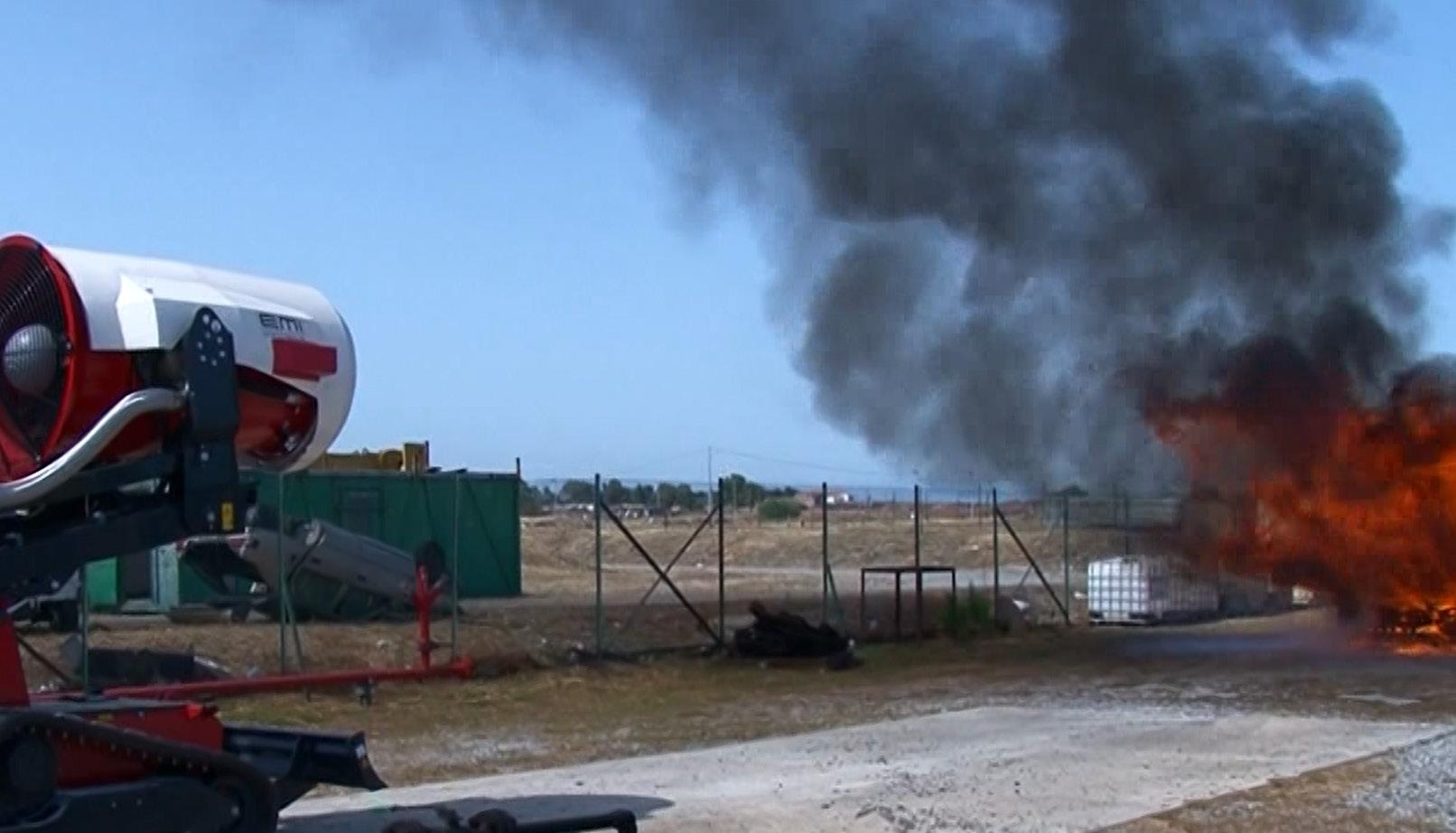
spaces: In environments such as pump corridors within a plant, while personnel on the ground operate with hoses, the vehicle’s driver can offer strategic backup. The fan can perform forced smoke ventilation to create an escape path if the conditions deteriorate. Additionally, the turbine can dispense a water-foam mixture to protect the team and achieve effective extinguishment.
3. Response to surface fires and pool fires: The vehicle can effectively operate on surface fires or pool fires within a 60-metre radius from the launch point, allowing for rapid coverage of large areas. This efficiency is strictly related to the fire truck lay out and capability depends on the turbine’s truck installation lay out, including its rotational range.
4. Jet fire intervention: The vehicle can effectively manage jet fires by cooling equipment potentially affected by the flames, maintaining a useful operational range of up to 60 metres, which corresponds to the maximum range of the central monitor.
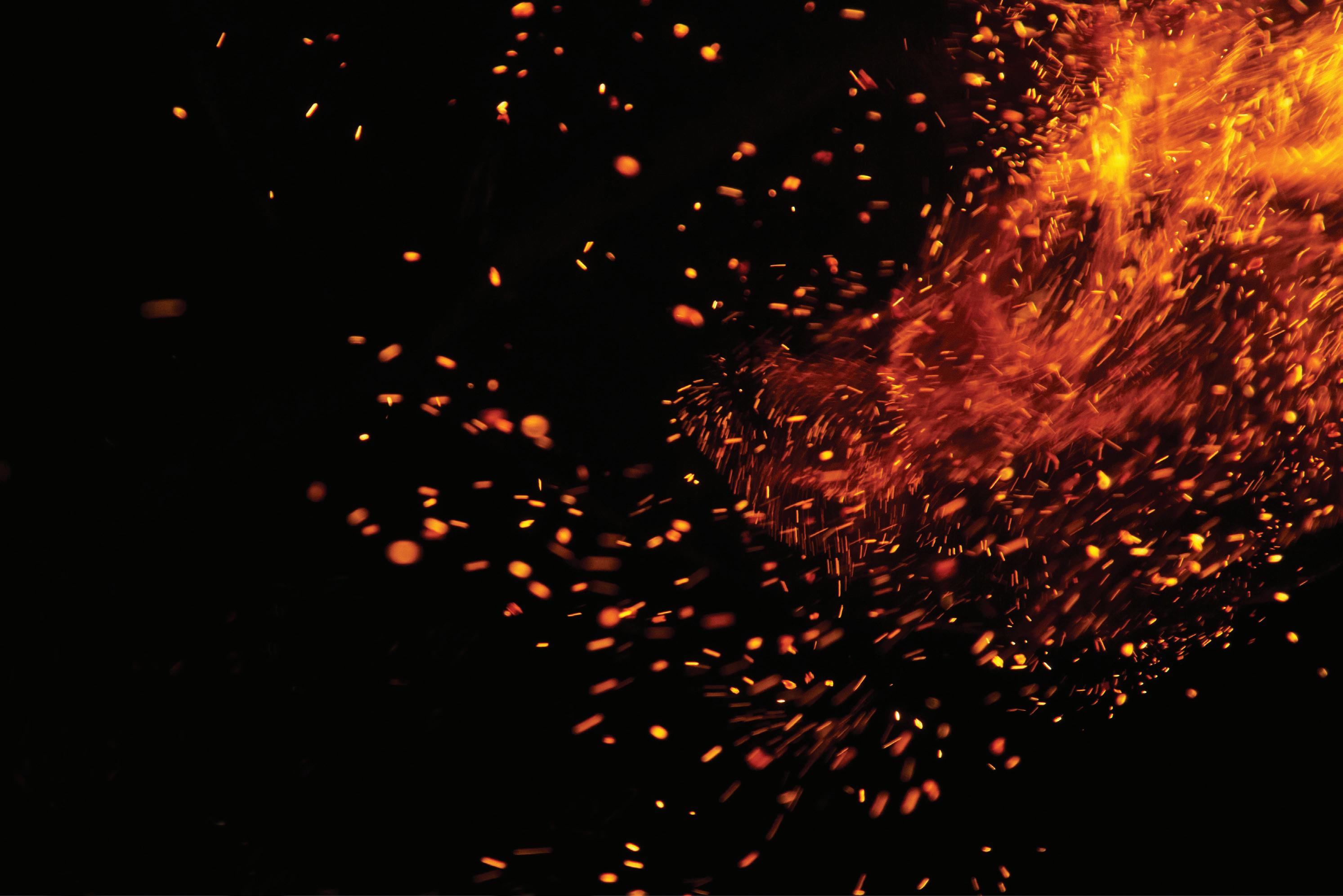
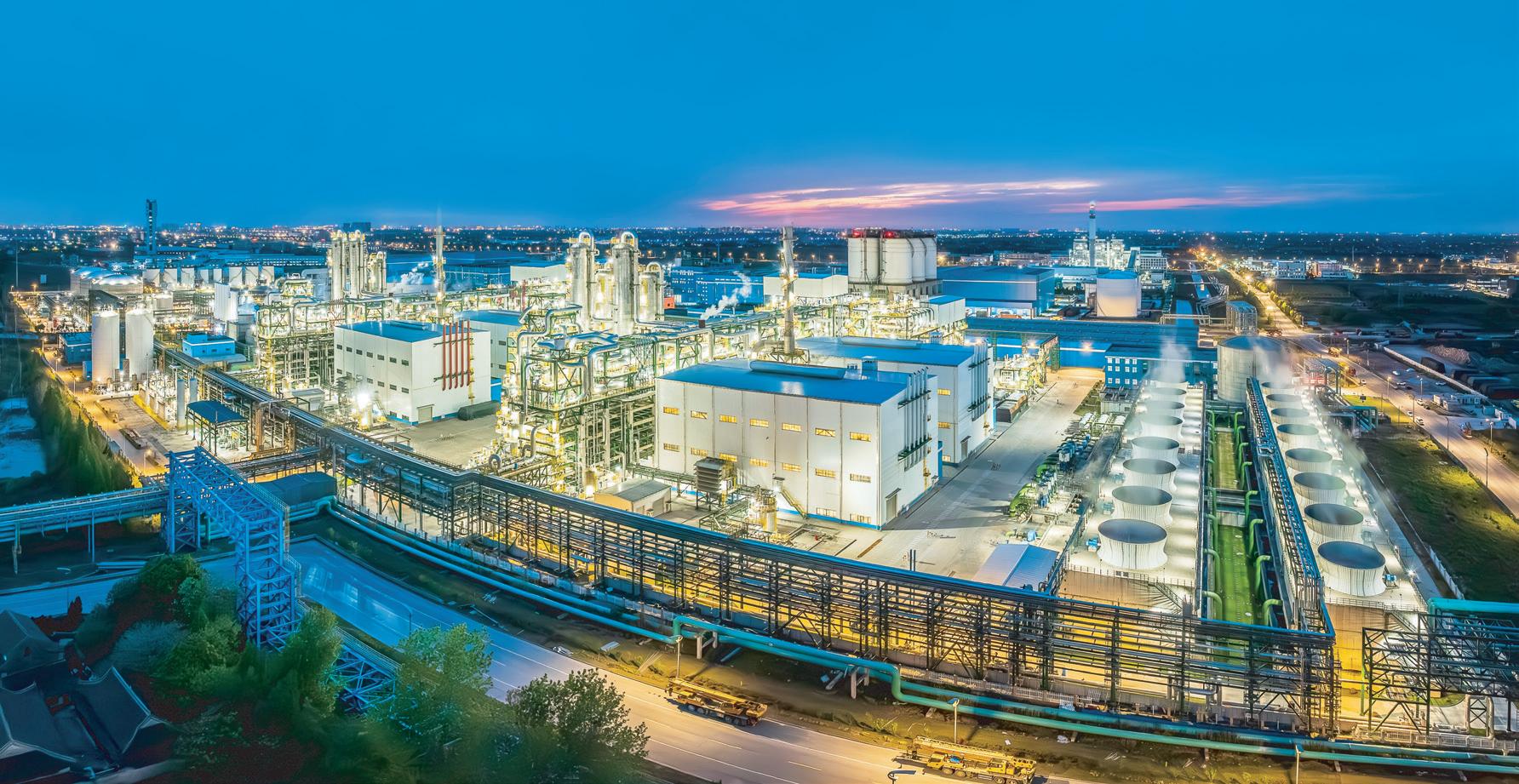
In order to fully operate this vehicle, personnel must be well trained and familiar with all operational aspects. In return, this training enables excellent performance and the ability to respond effectively in complex scenarios.
The need to transition from highefficiency foaming agents (AFFF and AFFF-AR) due to environmental concerns regarding PFAS to Fluorine Free Foams (FFF) requires different strategies, response tactics and equipment.
I believe that firefighting turbines, due to their design and operational capabilities, possess significant potential for the future of firefighting. They are efficient and effective with new fluorine-free foam (FFF), extending their application beyond industrial fires. Fire Turbine Operational tactics fulfil FFF requirements in term of application methods.
Firefighting Turbine are also very effective not only in an industrial scenario, but also in case of waste disposal fires. The water mist could penetrate the bulk mass of waste, also with foam or wet agent, a crucial point in case of waste disposal fire.
In the case of warehouse fires, a firefighting turbine may consent the use of PPV techniques for gas cooling and fire knockdown.
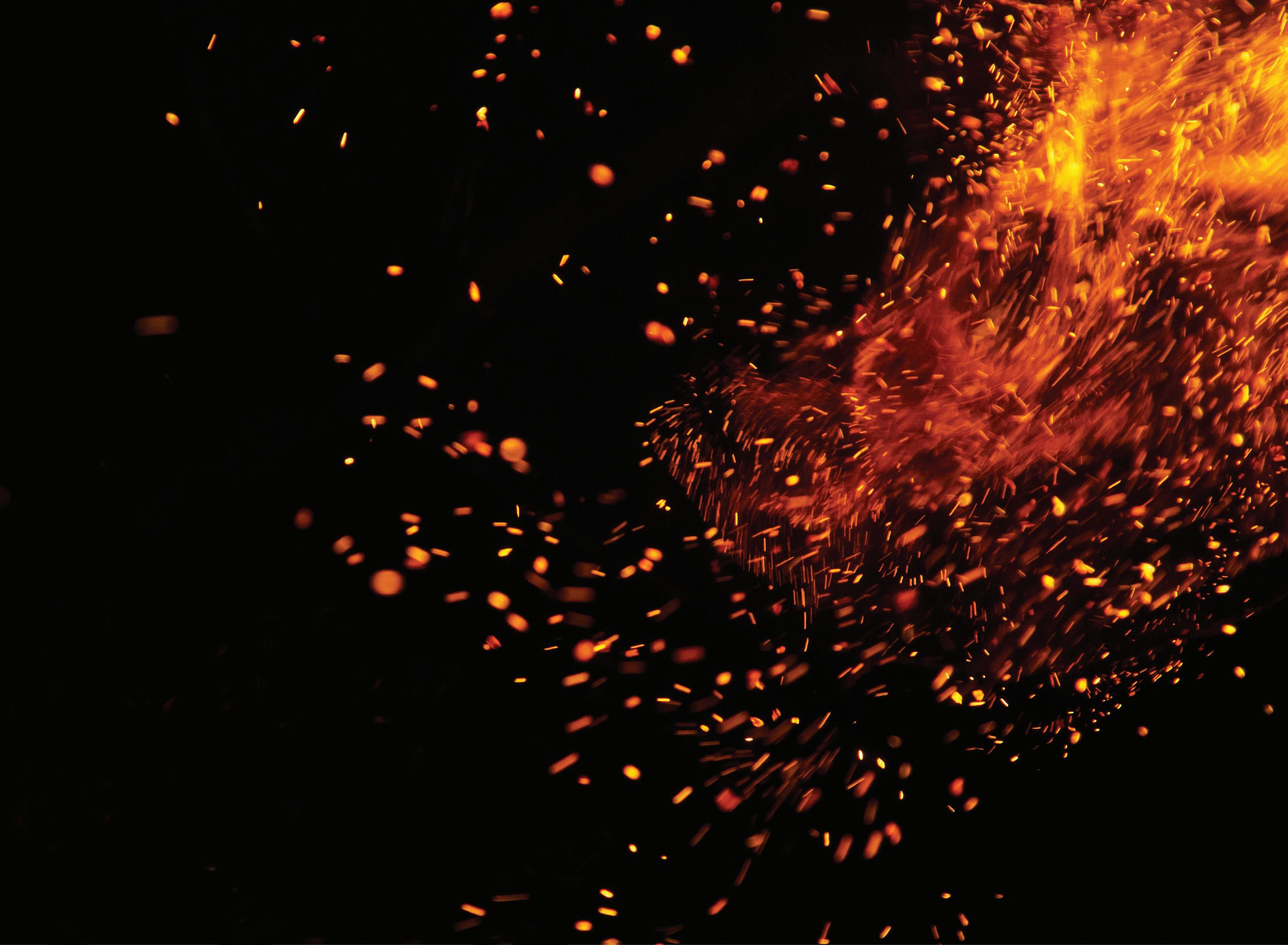

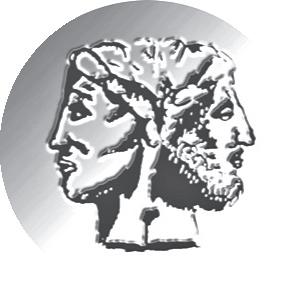
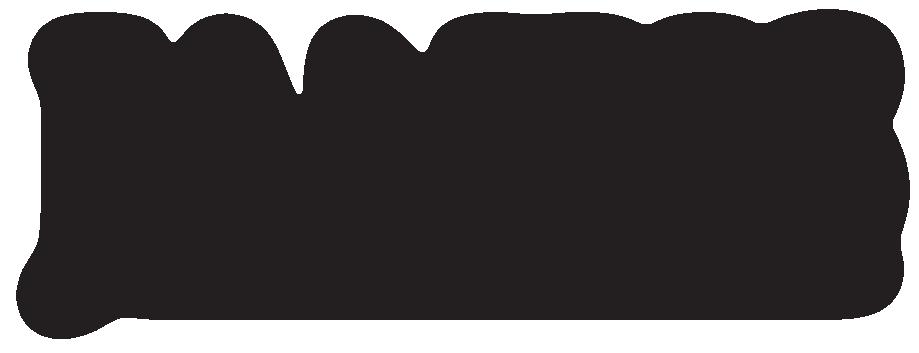

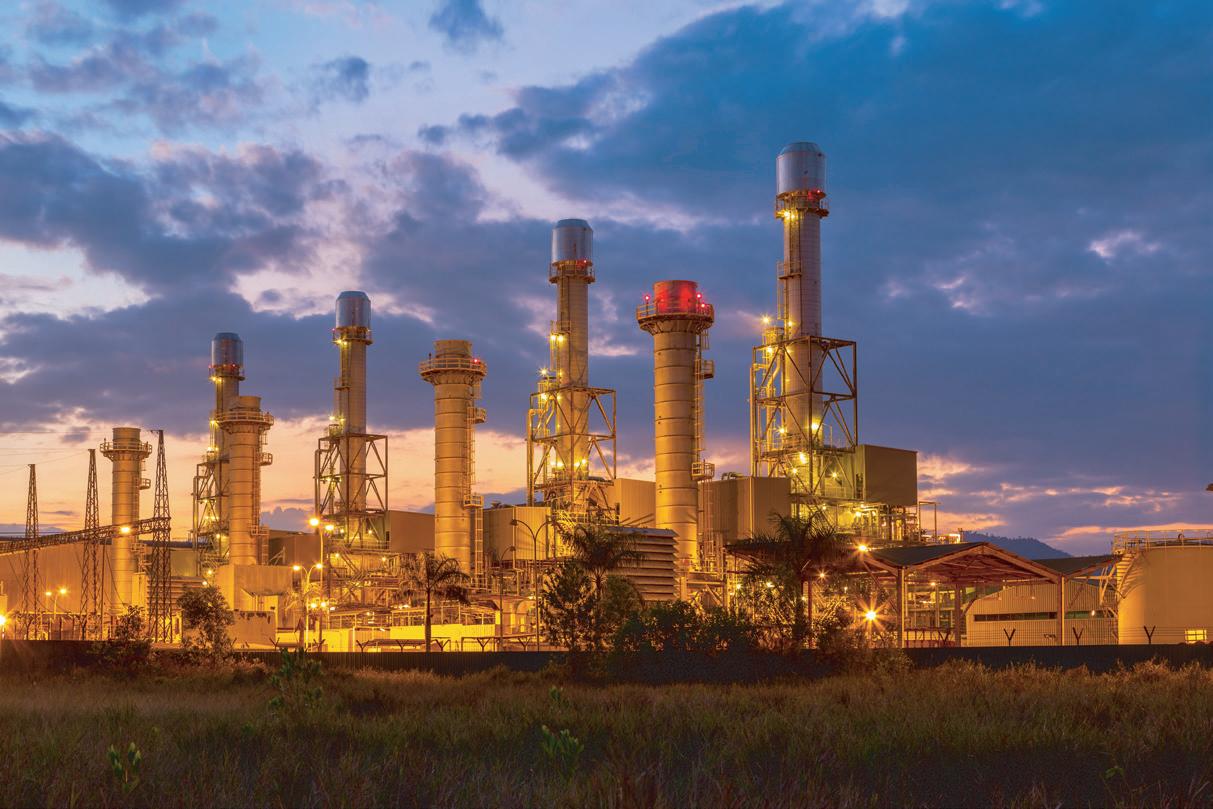


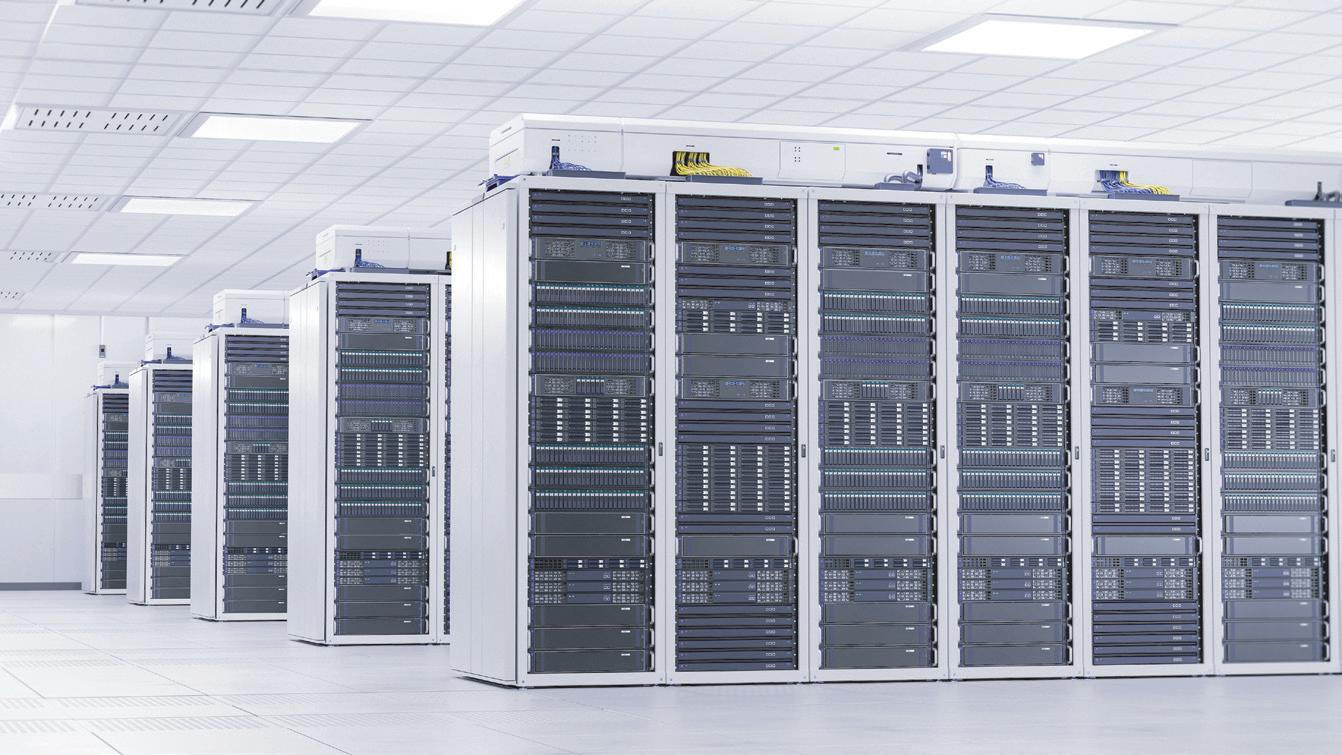

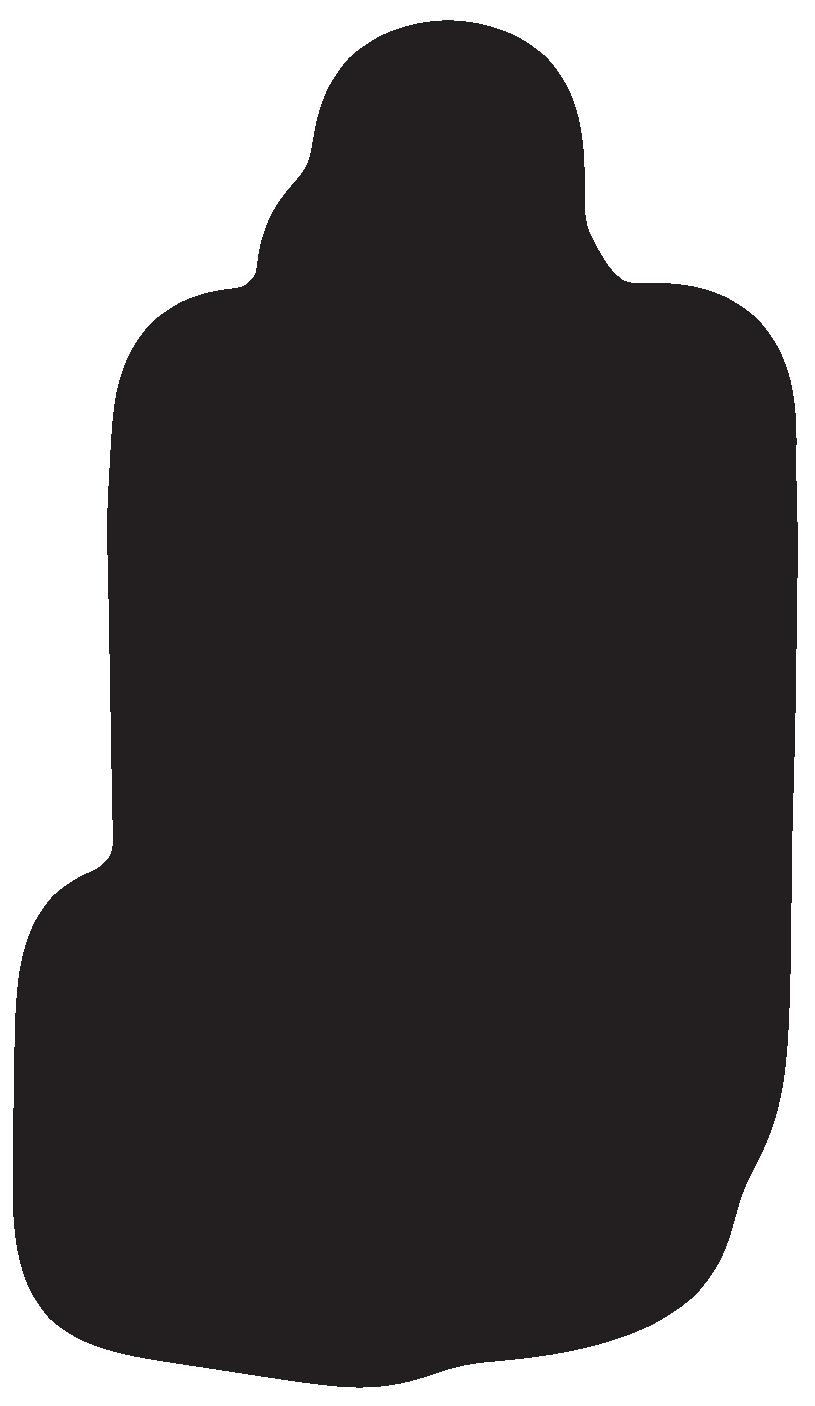
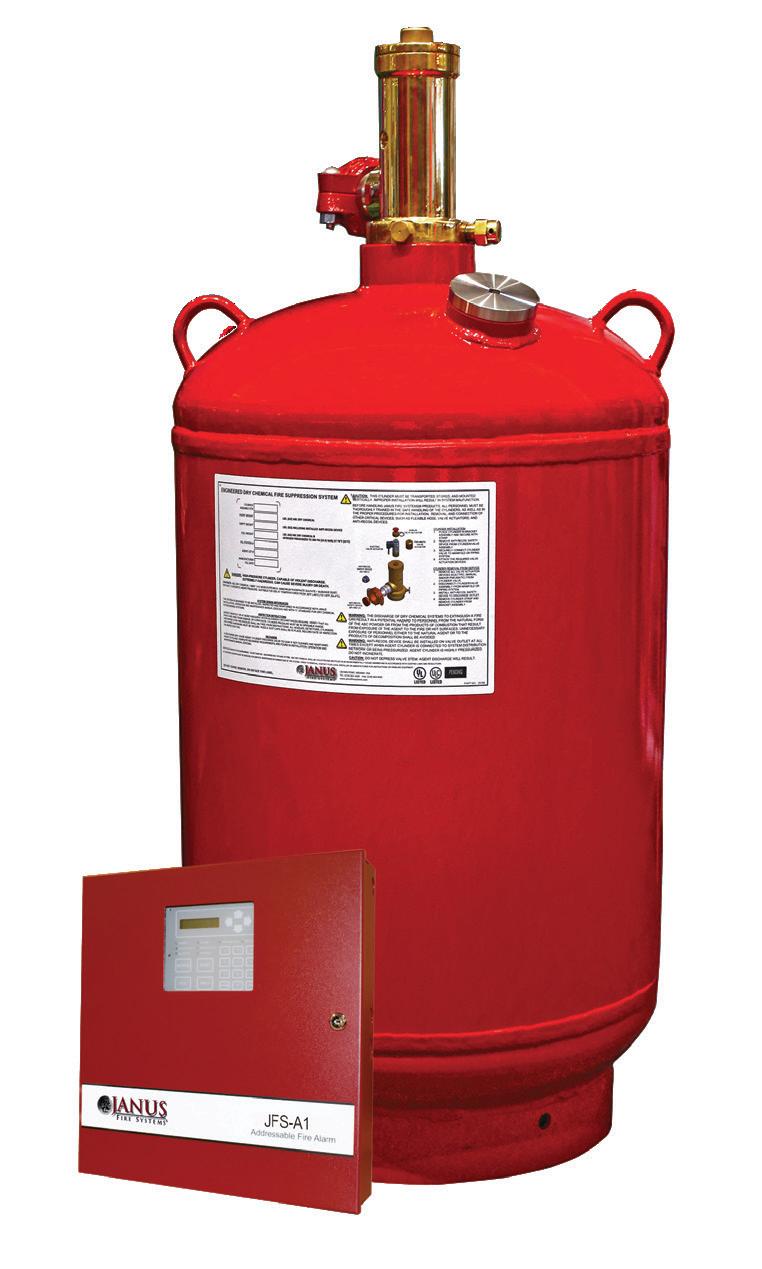


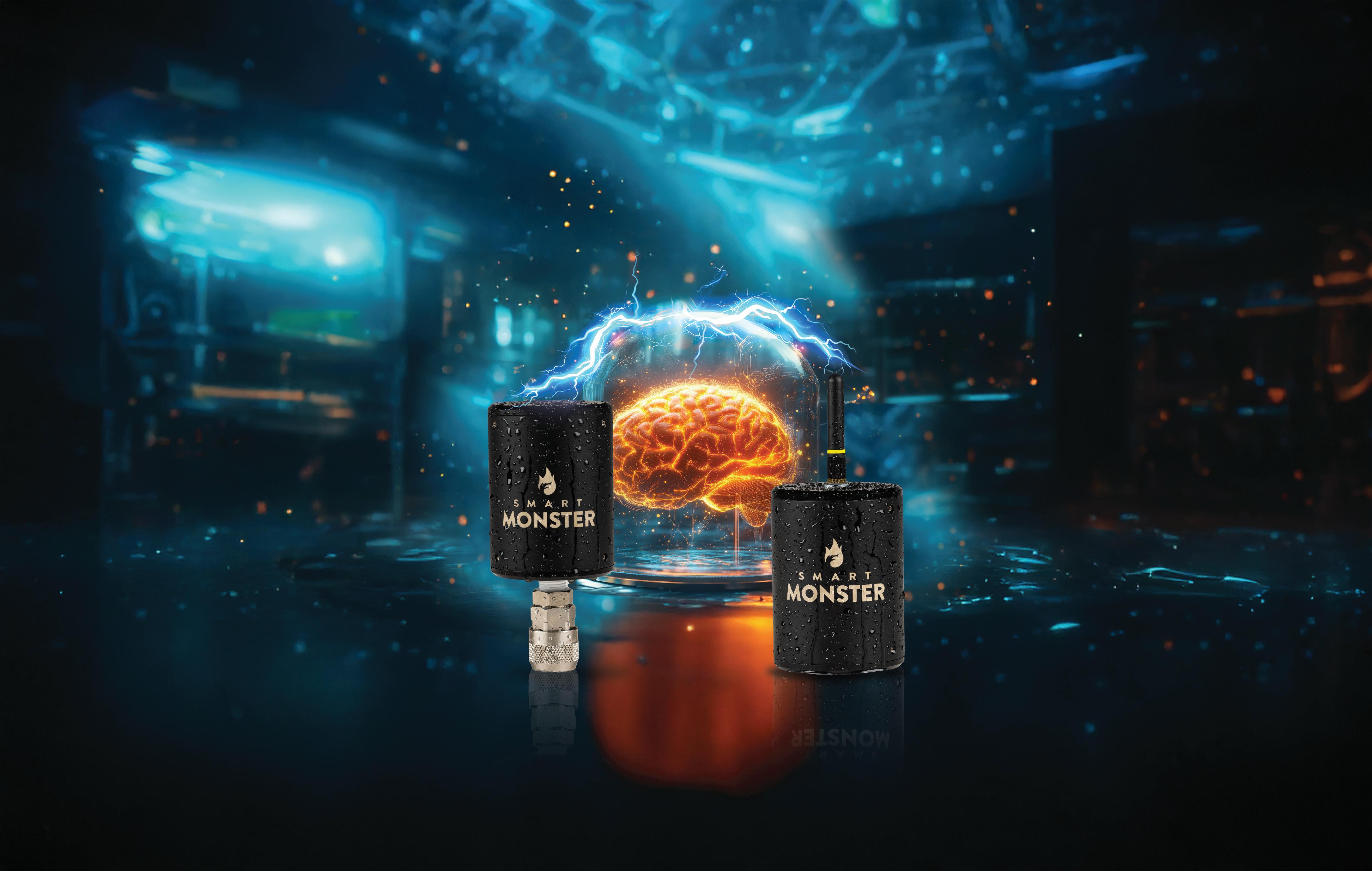
EXTEND RANGE TO 1000 FT
Sub-GHz radio links multiple Range Extenders together for a wireless mesh network
Real-time visibility on any device from built-in Bluetooth® transducer SEAMLESS CONNECTIVITY
Eliminate equipment and clutter when testing CHARGE WIRELESSLY
OUTSMART HUMAN ERROR WITH OUR MOST BRILLIANT BEAST YET!
The Smart Monster™ Pressure Transducer frees you from analog testing processes, delivering real-time visibility into flow rates and pressure readings directly on your personal device. Crank the range up further with sub-GHz radio Range Extenders that link to form a wireless mesh network that spans up to 1000 feet.
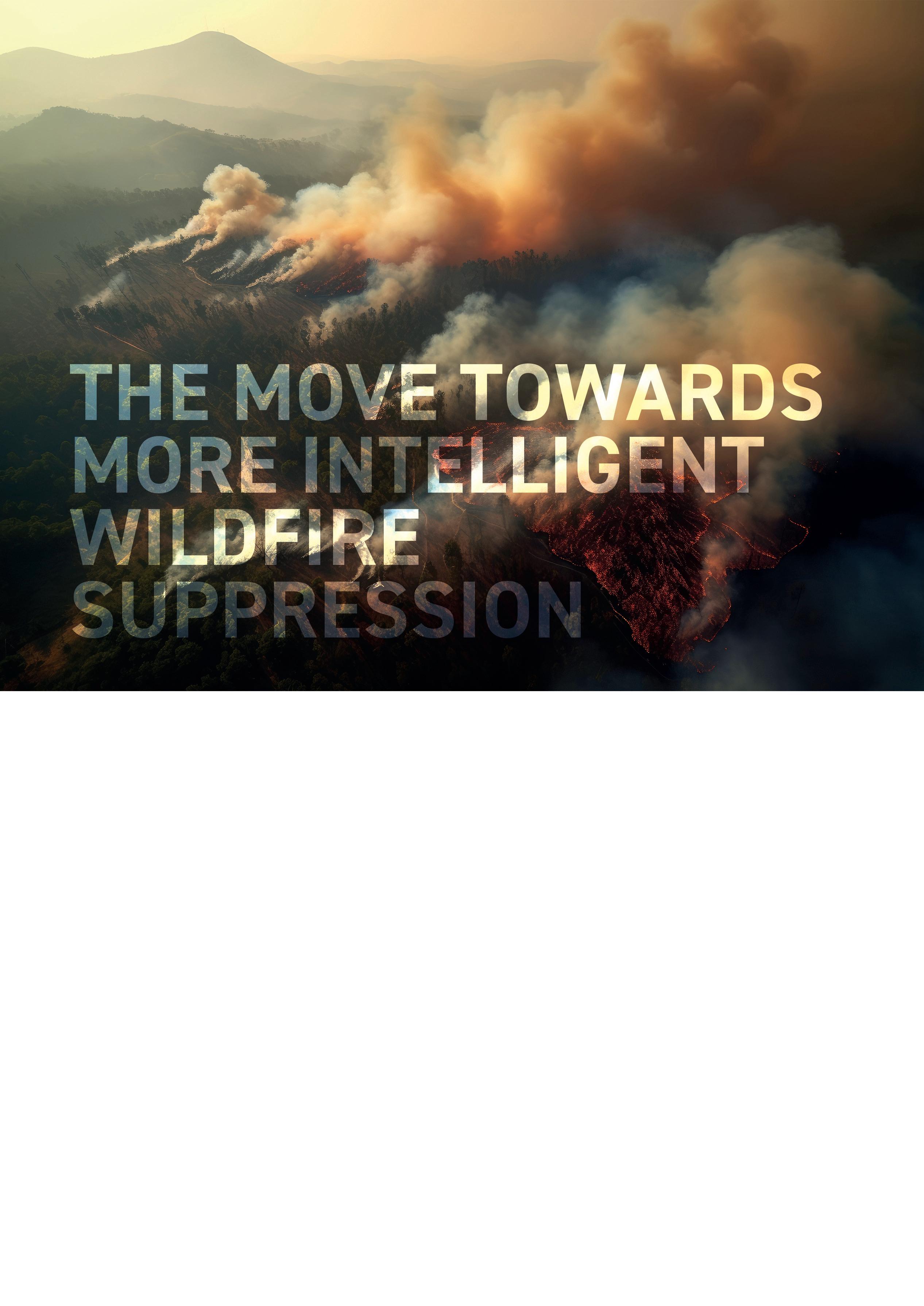

For today’s fires, proportioners are smart tools at the forefront of fire defence — helping to protect lives, property and the environment from ever-growing threats of wildfires. Jason Voerman, Regional Sales Head – Middle East & Africa, FireDos, takes a closer look
struggle under extreme conditions, making it clear that more precise, efficient and adaptable methods are required.

techniques — primarily water-based — are still employed, these systems often
Wetting agents – chemical additives that improve water’s ability to penetrate and cool combustible materials – have shown considerable promise in addressing these challenges. However, to fully realise their potential, precise proportioning is essential. This is where advanced proportioning technology comes into play, ensuring that each agent is mixed with water in the correct ratio for optimal effectiveness. Proper delivery of wetting agents, particularly in environments where access to water is limited or water supplies are under strain, can make a significant difference in controlling fire spread and improving suppression outcomes.
Precision in proportioning is critical in wildfire suppression. Traditional venturi systems often struggle with fluctuating pressure and back-pressure, leading to inconsistent foam production, especially in dynamic fire scenarios. A reliable proportioning system must not only adjust to these fluctuations but also ensure that the agent-to-water ratio remains stable, regardless of the changes in flow conditions. In this scenario, a proportioner offering a wide flow range along with multiple proportion options would be advantageous as it would maintain the flow consistency and ultimately the proportion rate thus not impacting the efficiency of the wetting agent.
A quality proportioning system provides operational flexibility, offering adjustability in real-time, based on factors like fire intensity and fuel type. Systems that allow for on-the-fly changes to concentrations are vital in ensuring that suppression efforts are both effective and resource-efficient. Compact, reliable designs that perform well under pressure are particularly beneficial in remote or hazardous environments, where access to both water and equipment maintenance is limited.
The FireDos DZ1000 demonstrates these capabilities. This model has been shown to deliver consistent agentto-water ratios even under fluctuating conditions. Its precision and adaptability to varying fire scenarios make it a prime example of modern proportioning technology, offering consistency, flexibility and reliability.
Real-world case studies of the application of advanced proportioning systems highlight the significant impact they can have on firefighting efforts. For example, fire brigades in areas with difficult terrain and limited access to water have found substantial benefits in using systems that precisely manage the mix of water and wetting agents. One notable field test involved a remote fire zone where water supplies were minimal. The use of advanced proportioning systems allowed for more efficient firefighting, reducing water consumption and ensuring the fire was controlled without needing frequent water resupply.
These systems also perform exceptionally well in high-pressure environments, such as wildfires burning in areas with shifting winds, varying fuel types or extreme temperatures. The ability to adjust the concentration of wetting agents based on real-time feedback ensures that firefighters can maximise the suppression power of every drop.
With wildfire suppression strategies evolving, integrating more precise, efficient technologies will be crucial. Future systems could incorporate automated or smart technologies, further enhancing operational efficiency and reducing reliance on manual adjustments. These smart systems could interface with sensors that provide real-time data on fire conditions, adjusting the proportion of wetting agents as needed.
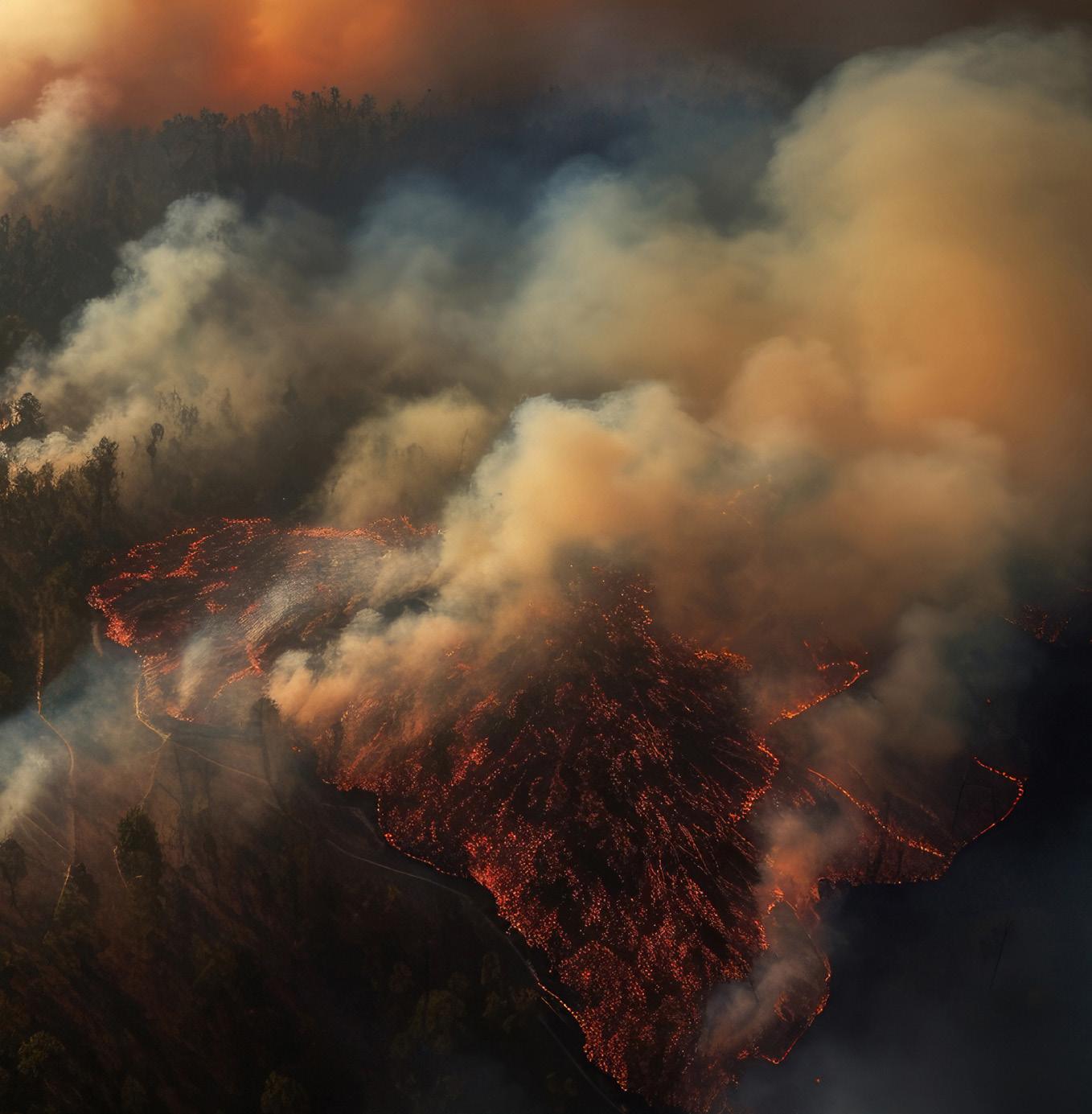
Additionally, unmanned aerial vehicles (UAVs), drones and even robots are becoming increasingly common in wildfire response. These technologies can deploy precise amounts of water or wetting agents in areas that are difficult or dangerous for human firefighters to reach. By integrating proportioning systems into these technologies, we could see a more coordinated, efficient and safer approach to wildfire management in the coming years.
Ongoing research in wetting agents themselves is also an area of active development. Scientists are exploring new formulations that are not only more effective at suppressing fires, but also more eco-friendly. Biodegradable wetting agents, for example, could minimise the long-term environmental impact of firefighting chemicals. In addition, research into more efficient agents could help reduce the amount needed for effective suppression, further conserving valuable resources.
Another key consideration in wildfire suppression is the balance between cost and resource use. Wildfire agencies often face constrained budgets, so making the
most of every resource — whether it’s water, wetting agents or fuel — becomes critical. Advanced proportioning systems help mitigate these costs by ensuring that wetting agents are applied precisely, minimising waste and reducing the need for resupply missions.
The environmental footprint of wildfire suppression can be significant, especially when large volumes of water and chemicals are used. Precision proportioning systems help limit water consumption, which is particularly important in drought-prone areas where water scarcity is a growing concern. By ensuring that every drop of water is used effectively, these systems not only help conserve resources, but also reduce the overall carbon footprint of wildfire suppression efforts.
As wildfires continue to become more frequent and intense, and while technology forges ahead, the industry eagerly anticipates embracing innovative firefighting solutions. For today’s fires, proportioners, like FireDos DZ1000 units, are smart tools at the forefront of fire defence — helping to protect lives, property and the environment from evergrowing threats.
firedos.com
















































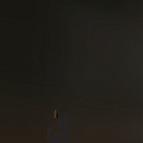


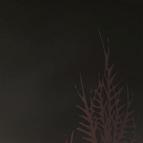






































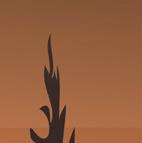

























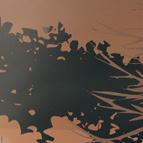















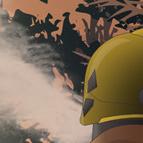
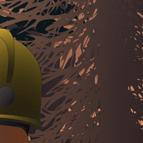
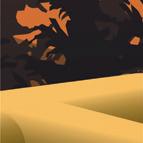

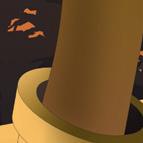











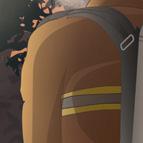
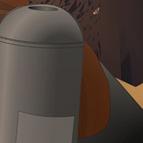
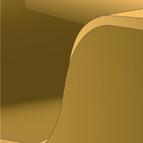
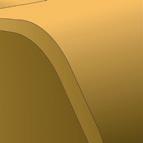
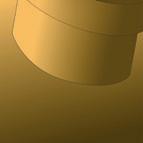



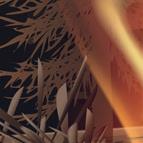






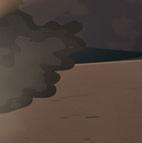
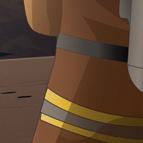
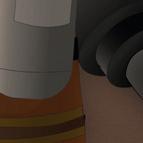








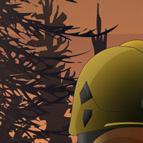
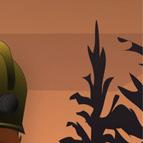


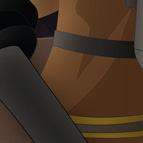
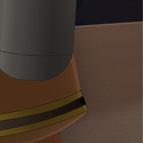





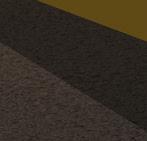
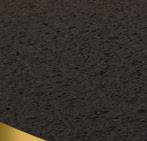
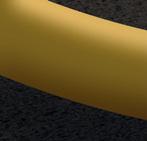

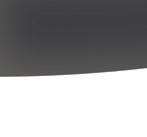




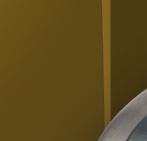
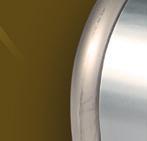
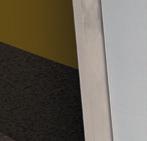
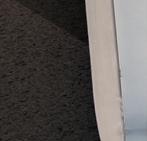
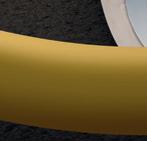
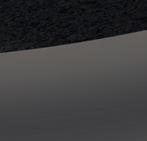
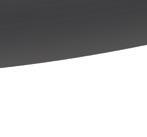




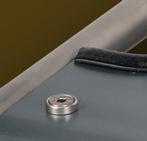



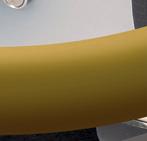
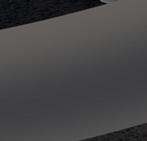






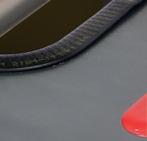
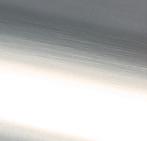

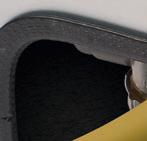
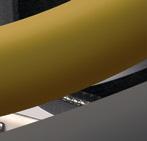
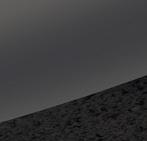




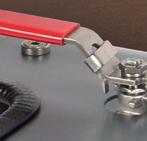

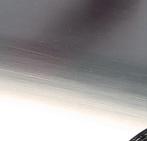
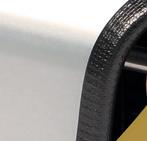
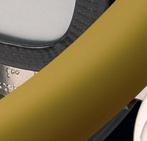
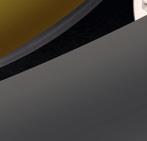
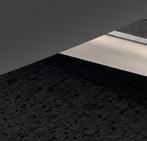




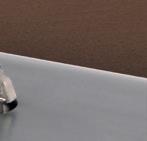
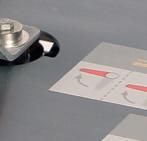
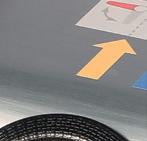
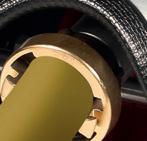
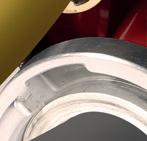

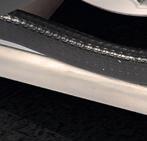




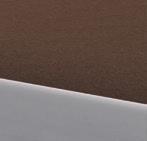

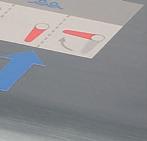
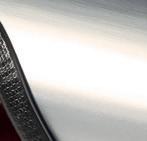
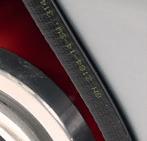
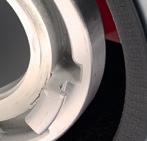
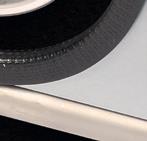
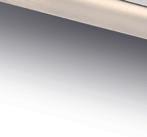




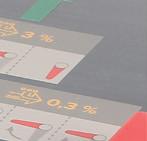
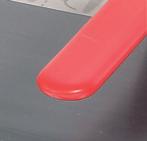


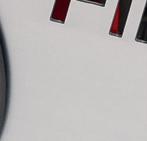





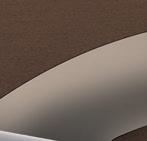
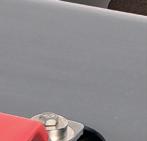

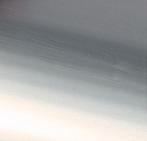

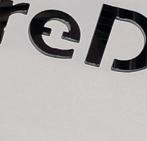

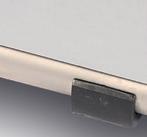



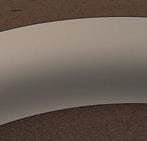

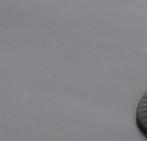
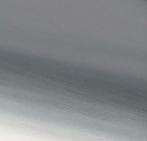

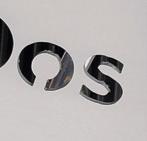

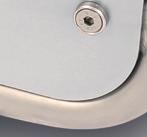


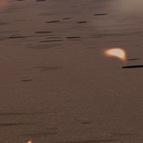
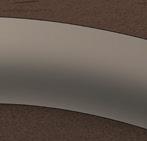
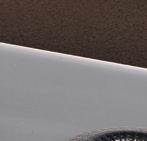
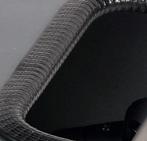
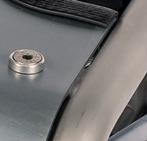
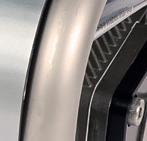
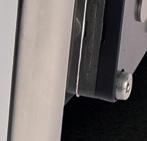
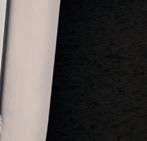




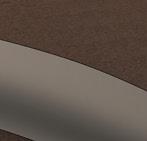
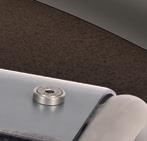
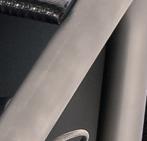
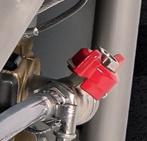

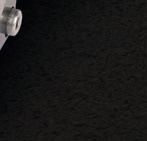








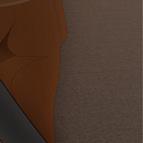


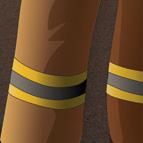
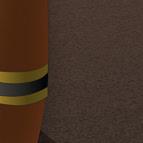
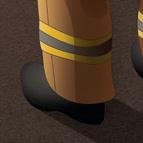

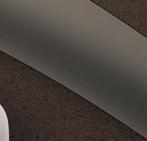

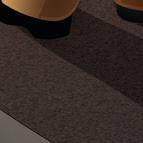
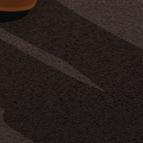

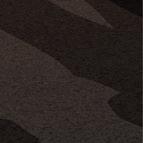
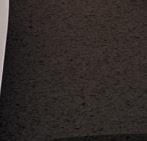


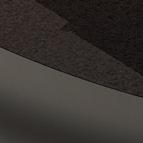
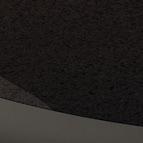
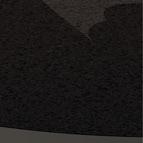








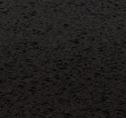

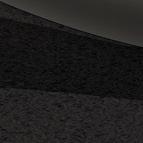





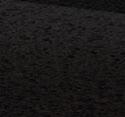
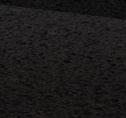
WETTING AGENT PRODUCTION AT A MINIMUM FLOW RATE OF 90 L/MIN
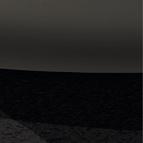









The DZ1000 portable proportioner has been developed, especially for varying firefighting scenarios like wildfire or forest fire suppression. Highly versatile for mobile use, the DZ1000 guarantees precise foam concentrate proportioning across the entire operating range, from 140 l/min to 1000 l/min. It takes only a few turns to switch between the proportioning rates of 3%, 1% and 0.3% during operation.
The DZ1000 portable foam proportioner is also suitable for producing wetting agent. Due to the reduced surface tension the wetting agent deeply soaks into the substance on fire. DZ1000 already enables wetting agent production at a flow rate of 90 l/min.
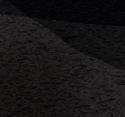





Peter Stephenson, fire safety solutions expert, explores the firefighter’s silent ally – sprinklers, and how efficient systems can contribute to firefighter safety
When the alarm sounds, firefighters rush into a chaotic, unpredictable inferno. Every second counts, and every decision is a calculated risk. But what if they had a silent partner, a strategic advantage in the face of overwhelming odds? Sprinkler systems, often seen as mere building protection, are in fact a critical lifeline for those who brave the blaze. They’re not just about saving property; they’re about buying precious time, reducing the fire’s ferocity and creating a safer environment for those who put their lives on the line.
Firefighting is an inherently highrisk profession, and among the most dangerous events that pose a significant risk to firefighter safety in a building fire scenario is flashover or backdraft.
Flashover is when all combustible materials in a room ignite simultaneously, generating extreme temperatures and making survival nearly impossible. Flashover can occur within three to five minutes of ignition, meaning firefighters must arrive and intervene rapidly to prevent its deadly consequences. A backdraft is a violent and potentially deadly fire phenomenon that occurs when oxygen is suddenly introduced into an oxygen-depleted, superheated environment. This results in an explosive ignition of accumulated unburned gases.
But, here is where automatic fire sprinkler systems play a critical role — not only in protecting occupants and property but also in enhancing firefighter
safety by controlling fires at an early stage, limiting fire growth and reducing the risk of flashover. When combined with rapid response and tactical firefighting strategies such as those outlined in NFPA 1700: Guide for Structural Fire Fighting, sprinklers provide a layered defence that significantly improves safety conditions on the fireground.
The role of NFPA 1700 NFPA 1700, the first performancebased guide for structural firefighting, emphasises the critical need for early intervention in fire suppression and provides performance objectives and guidelines aimed at achieving desired outcomes during firefighting operations.

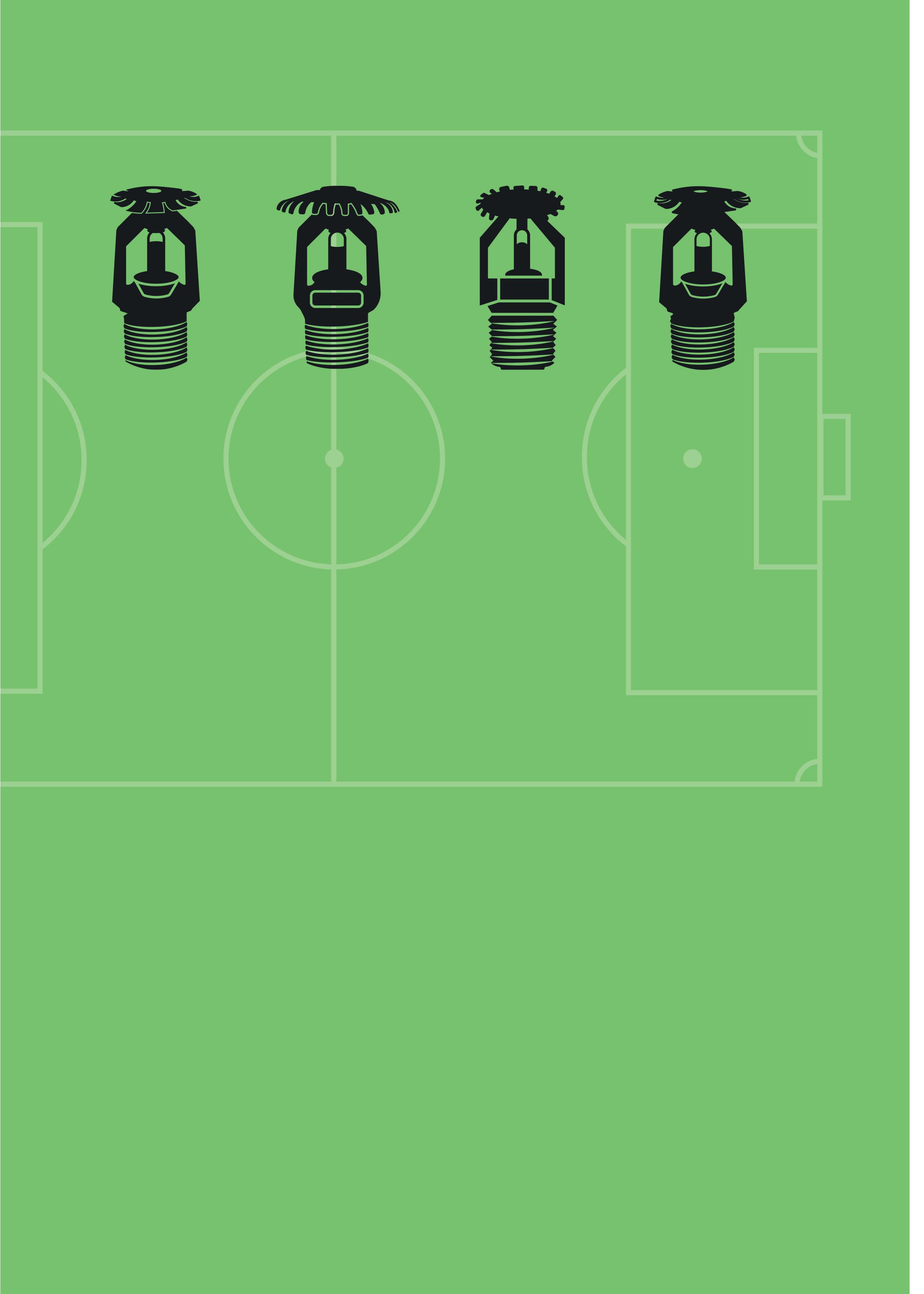

The guide focuses on providing flexibility for fire departments to adapt their strategies and tactics based on the specific conditions of the fire and structure involved, allowing real-time decision making based on the fire behaviour and the type of building/ structure involved. The standard highlights:
The science of fire behaviour, including the rapid escalation of fires and the risk of flashover.
The importance of controlling the fire before flashover occurs, which significantly improves survival rates for both occupants and firefighters. The role of water application methods, ventilation and other tactical considerations in fire suppression.
One of the key takeaways from NFPA 1700 is the importance of early water application to control or suppress a fire before it reaches flashover. This aligns directly with the effectiveness of sprinkler systems, which act as the first line of defence by deploying water at the fire’s origin — often before firefighters arrive on the scene.
NFPA 1710: Standard for the Organization and Deployment of Fire Suppression Operations, Emergency Medical Operations, and Special Operations to the Public by Career Fire Departments sets performance objectives for career fire departments, including response times for different types of incidents. These are built around the critical tasks and timeframes needed to control fires in unsprinklered occupancies, which are typically more demanding in terms of response and firefighting efforts.
Key Benchmark:
For fire suppression, the standard defines a 240-second (4-minutes) response time for the first arriving engine company and 480 seconds (8 minutes) for the full first alarm assignment, with specific staffing levels. These timeframes are based on fire growth models, particularly the concept of flashover, which typically occurs between 8–10 minutes in unsprinklered conditions.
The Report on Residential Fireground Field Experiments (NIST Technical Note 1661) drafted in collaboration by NIST, IAFF, USFA & DHA, evaluated how crew size and arrival time impacted fire suppression effectiveness and firefighter safety.
A minimum crew size of 4 firefighters
“Sprinkler systems activate almost immediately ... and can control or extinguish the fire before flashover occurs.”

arriving within 4 minutes significantly improved operational performance and victim rescue/survival chances compared to smaller crews or delayed arrival.
change the dynamic
While NFPA 1710 doesn’t directly adjust its response time standards based on the presence of automatic sprinklers, sprinklered buildings significantly delay fire growth and reduce the urgency of full suppression response. This is why in some risk-based deployment models or community risk reduction strategies, authorities may adjust resource deployment or alarm assignment protocols based on the level of fixed fire protection (like sprinklers).
Tactical insights on managing backdraft and flashover risks
Firefighters use a range of tactical strategies to mitigate the risks of backdraft and flashover, focusing on ventilation control, cooling and situational awareness.
1. Tactical approaches for backdraft prevention and mitigation
Objective: To prevent the sudden ignition of accumulated flammable gases in oxygen-starved environments.
Dynamic risk assessment and smoke observation:
Check for warning signs (pulsating smoke, stained windows, no visible flames, inward air movement when openings are made).
Use a thermal imaging camera (TIC) to assess heat levels before entry.
Controlled ventilation:
Avoid uncontrolled door/window openings.
Consider vertical ventilation (roof openings) before horizontal openings
to allow superheated gases to escape without feeding oxygen into the fire. Use a fog nozzle (pulsing technique) at the doorway to cool gases before making entry.
Entry considerations:
Further risk assessment and responding crews stay low when entering, as explosive gases concentrate in the upper part of the space.
Consider defensive firefighting tactics (see below) if conditions indicate a potential backdraft.
Defensive approach if backdraft is likely:
If a backdraft is suspected, consider an exterior attack first by applying a narrow fog stream into the upper part of the fire compartment to cool gases. Do not fully open a door immediately; instead, make a small breach, allowing controlled ventilation before committing personnel inside.
2. Tactical approaches for flashover prevention and mitigation
Objective: To prevent temperatures from reaching the flashover threshold (~600°C).
Recognising early warning signs: Smoke is thick, dark and pushing downward.
Heat levels rise rapidly even when near the floor.
Flames start ‘rolling’ across the ceiling (rollover effect).
Aggressive cooling with water fog: Apply water mist/fog into the overhead smoke layer to cool hot gases before they reach the auto-ignition point. Use short bursts of water (not excessive flooding) to avoid disrupting thermal layering.
Sprinklers control or extinguish fires in 96% of cases where they activate.
96% 80%
Tactical ventilation to release heat:
Proper ventilation reduces heat buildup and delays flashover. Use coordinated ventilation (only vent if water is being applied).
Do not break windows or open doors haphazardly, as this can accelerate fire growth.
Rapid escape and self-survival:
Firefighters must always be ready to retreat immediately if flashover indicators appear.
Stay low (heat rises, and survivable temperatures are closer to the floor). Have an exit strategy (never go deeper into the fire without a clear escape route).
Sprinklers control fires before firefighters arrive
With flashover occurring within minutes, the response time of fire services is critical. Even in the best-case scenarios, mobilising, travelling and setting up firefighting operations can take 6-10 minutes or longer — a time frame in which fires can rapidly escalate.
Sprinkler systems activate almost immediately, typically when temperatures reach 57-74°C (135-165°F), and can control or extinguish the fire before flashover occurs. This provides firefighters valuable time, reducing the likelihood of encountering an extremely dangerous, fully developed fire upon arrival.
Sprinklers reduce the risk of flashover
One of the core objectives in structural firefighting is to prevent flashover, as it drastically increases risk to both occupants and responders. Sprinklers prevent or delay flashover by:
Cooling the fire environment, reducing heat buildup.
Controlling the fire’s growth, preventing the ignition of all combustibles in the room.
Maintaining tenable conditions, allowing firefighters to enter a less hazardous environment.
By the time firefighters arrive, a sprinklercontrolled fire is smaller, produces less
toxic smoke and is significantly less likely to have spread beyond the initial point of ignition.
Sprinklers improve visibility and reduce toxic smoke exposure
Uncontrolled fires generate thick, toxic smoke, including carbon monoxide (CO) and hydrogen cyanide (HCN), which pose severe respiratory risks to firefighters.
NFPA 1700 highlights the hazards of modern fuel loads, where synthetic materials burn hotter and faster, producing dangerous gases in large quantities. Sprinklers reduce smoke production, improve visibility and lower airborne toxicants, making conditions safer for firefighters to navigate.
Sprinklers reduce structural collapse risks
Fire-weakened structures pose a significant entrapment hazard for firefighters. High heat can cause steel to lose 50% of its strength at 600°C (1,100°F) and collapse entirely at 1,000°C (1,800°F), while wooden and concrete structures can also fail under prolonged fire exposure.
By limiting fire spread and heat buildup, sprinklers help preserve structural integrity, ensuring firefighters can enter and operate with reduced risk of catastrophic building failure.
Sprinklers enhance tactical firefighting strategies
NFPA 1700 stresses the importance of coordinated firefighting tactics, including water application, ventilation and occupant rescue. When sprinklers are activated, firefighters can:
Focus on life safety operations, such as rescuing trapped occupants.
Use fewer aggressive fire suppression tactics, reducing overall property damage.
Operate with greater situational awareness, as the fire is already partially controlled.
Data supports sprinkler effectiveness Fire incident data consistently demonstrates the life-saving benefits of sprinkler systems:
Buildings with sprinkler systems reduce firefighter injury rates by over 65%.
Firefighters are 80% less likely to encounter a fully developed fire in a building with sprinklers.
Sprinklers control or extinguish fires in 96% of cases where they activate.
The likelihood of flashover is dramatically reduced in sprinklerprotected buildings.
Firefighters are 80% less likely to encounter a fully developed fire in a building with sprinklers.
The National Fire Protection Association (NFPA), Underwriters Laboratories (UL) and numerous global fire safety organisations advocate for widespread sprinkler use due to their proven ability to protect firefighters, occupants and buildings.
Despite overwhelming evidence supporting their effectiveness, sprinklers are still not required in all buildings. Challenges such as cost concerns, misconceptions about water damage and outdated regulations have hindered their widespread implementation.
However, from a firefighter safety perspective, the argument is clear: sprinklers save lives — both civilian and firefighter alike.
Fire departments, safety advocates and policymakers must continue to push for increased sprinkler adoption in commercial, residential and highrisk occupancies.
Fire codes and standards (such as NFPA 13 for sprinkler installation and NFPA 1700 for firefighting tactics) should work together to ensure a safer built environment.
Property owners and developers must be educated on the benefits of sprinklers — not just for protecting assets, but for safeguarding firefighters who put their lives on the line.
Firefighting is unpredictable, but the presence of sprinkler systems creates a safer, more controlled fire environment. By activating before firefighters arrive, reducing fire intensity, and preventing flashover, sprinklers align directly with the life-saving principles of NFPA 1700, giving firefighters the upper hand in fire suppression efforts.
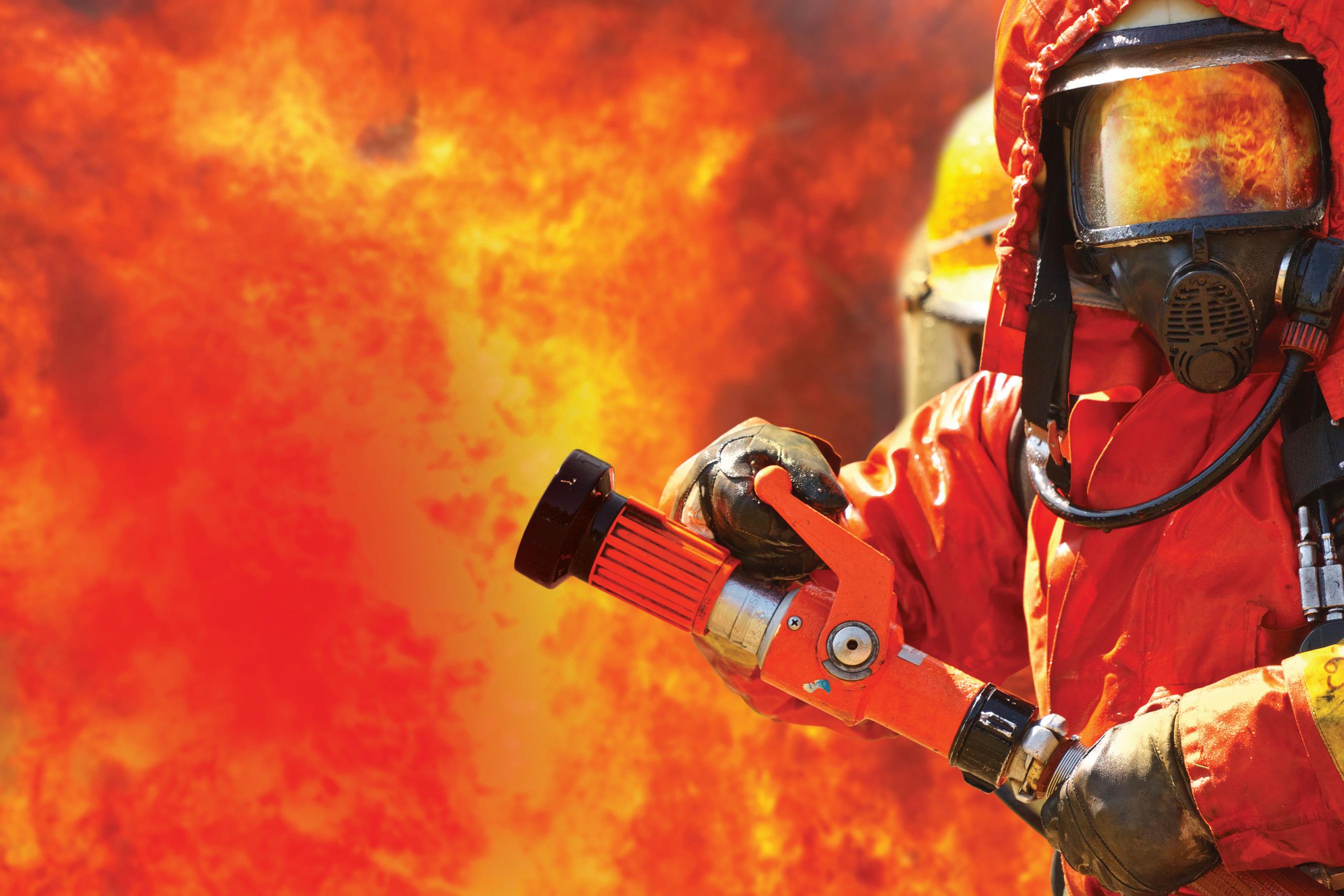

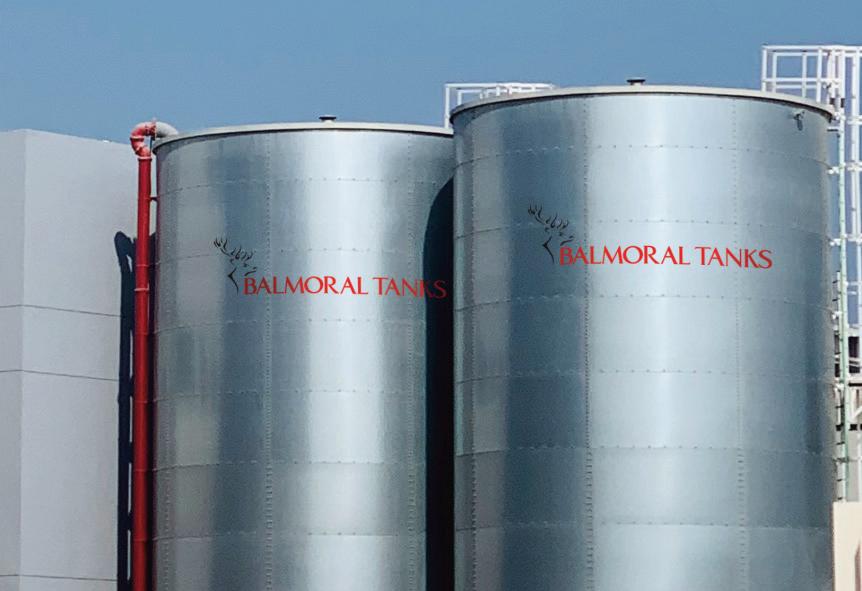

balmoraltanks.com/firetanQ


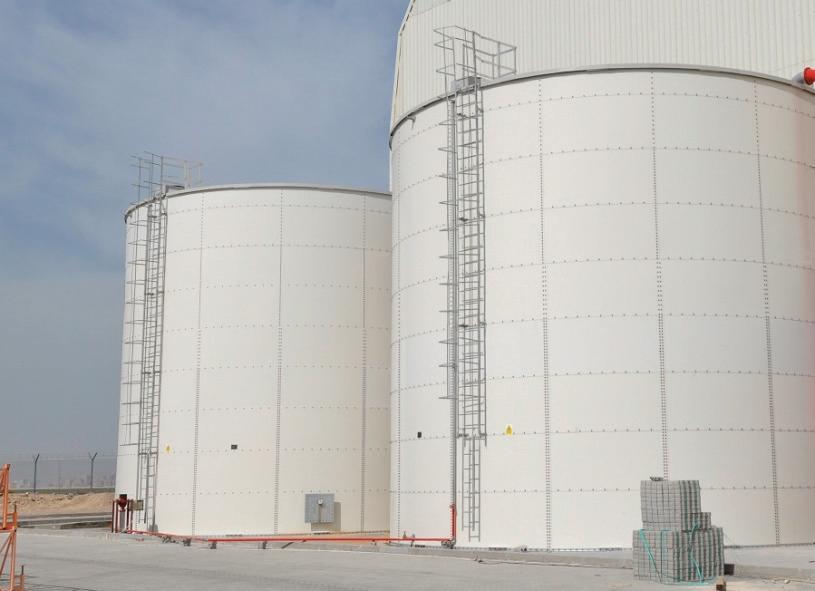

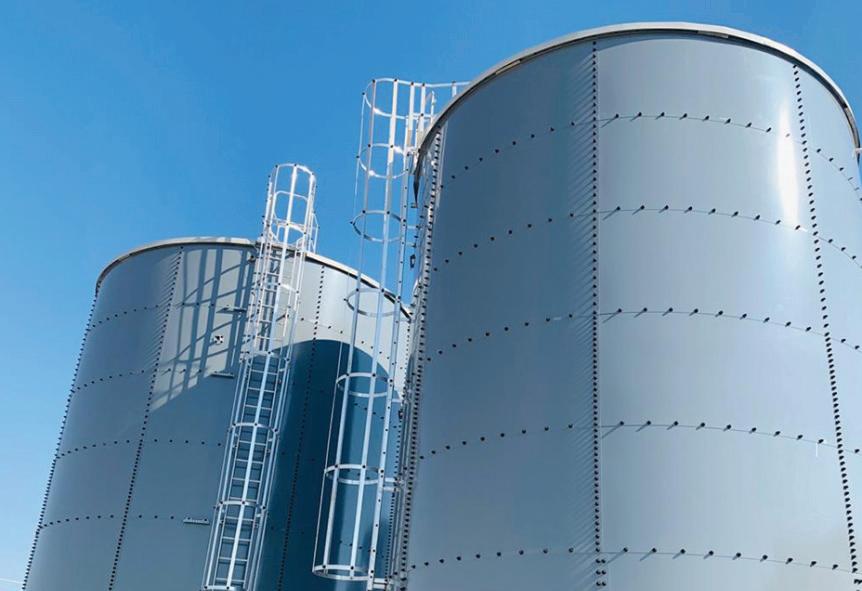
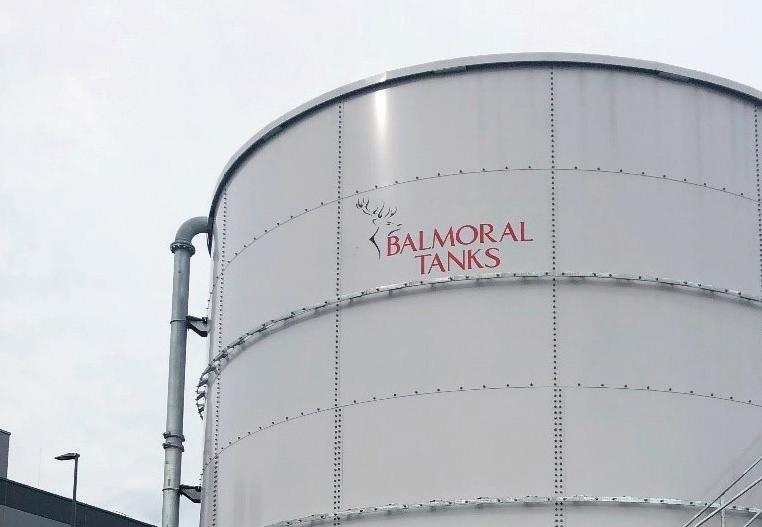
Keolis – operator of Dubai’s Metro network, sought to mitigate the risks associated with lithium-ion battery fires, and turned to AVD Fire to shore up safety for workers and passengers
Dubai’s Metro network is a marvel of modern engineering and efficiency. Spanning 90 kilometres and comprising two lines, the Metro connects 51 stations using 79 Kinki Sharyo Metro trainsets and 50 Alstom Metropolis trainsets. With three
maintenance depots and a centralised control centre, the network operates as a fully driverless system, reflecting Dubai’s commitment to innovation. To safeguard this vital infrastructure, the Dubai Metro required cutting-edge fire containment
solutions, especially to address the growing risks associated with lithium-ion battery fires.
In particular, Keolis was driven to mitigate the associated risks with lithiumion battery fires following a fire incident
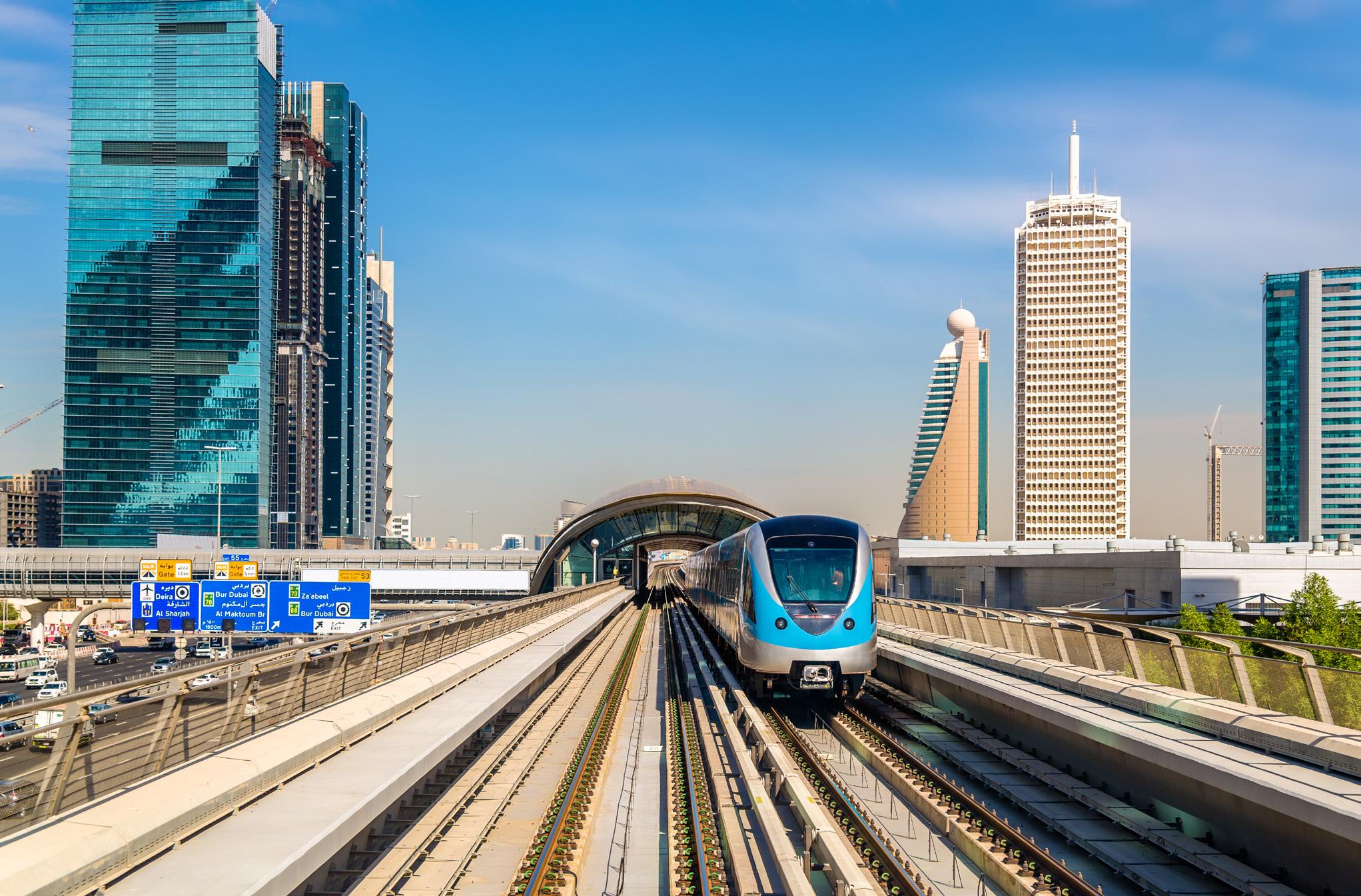
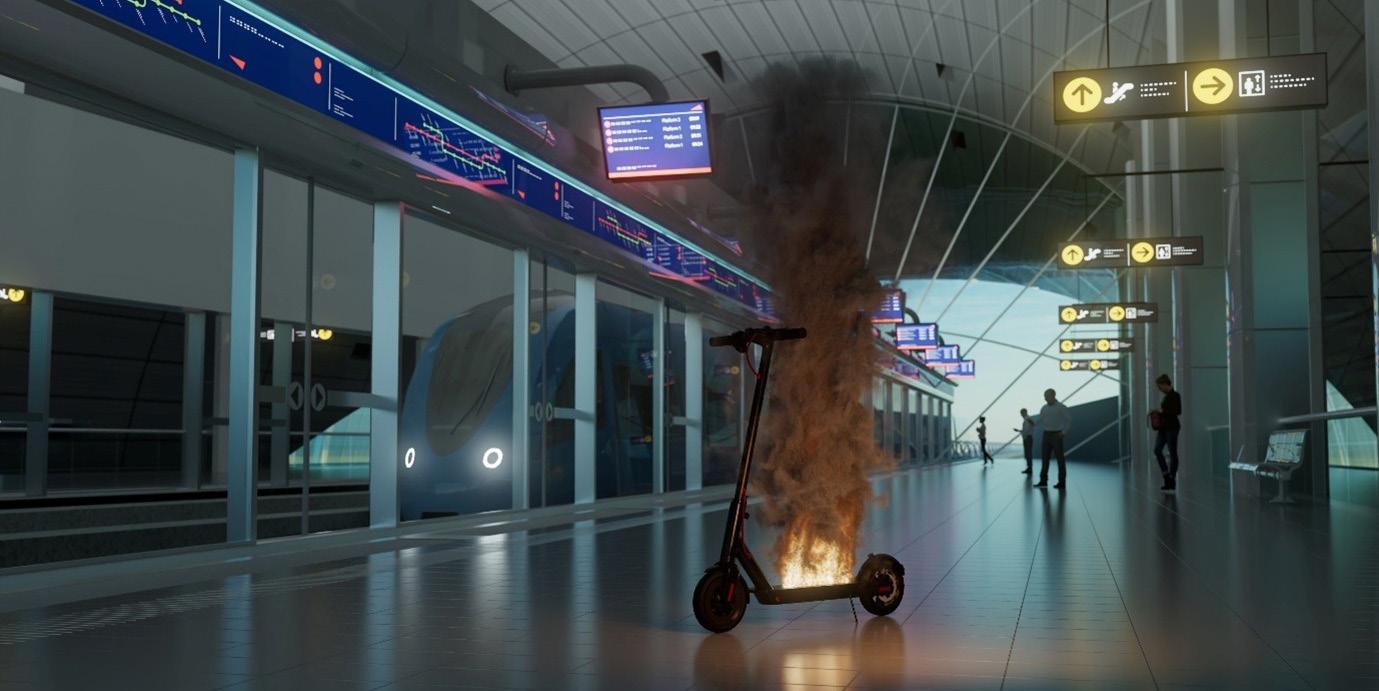
“The AVD Fire blankets were specifically chosen based on their proven fire-retardant properties and their ability to contain lithium-ion battery fires, whilst protecting the surrounding environment.”
involving an electric scooter, which disrupted Metro services at Dubai Metro station on 14th February 2024.
Faced with the challenge of protecting its expansive and advanced Metro network, Dubai Metro sought a reliable, efficient and proven fire containment solution. The primary objective was to ensure passenger safety, protect infrastructure and mitigate risks associated with lithium-ion battery fires, which are a significant hazard in modern transportation systems. The chosen solution needed to meet the highest standards of safety and performance and be easily deployable across all 51 Metro stations, maintenance depots and trainsets.
After a rigorous evaluation, Dubai Metro awarded the contract to AVD Fire for 300 units of its industry-leading lithiumion battery fire blankets. The AVD Fire blankets were specifically chosen based on their proven fire-retardant properties and their ability to contain lithiumion battery fires, whilst protecting the surrounding environment.
AVD Fire worked closely with Metro operator Keolis to ensure seamless integration of the fire blankets across the entire network. From Metro stations to trainsets, the blankets were strategically deployed to provide comprehensive fire containment coverage.
AVD fire blankets are specially designed to meet the extreme and prolonged temperature demands of
lithium-ion battery fires. These specialist blankets provide effective passive protection, quickly and efficiently controlling and suppressing lithium-ion battery fires. Available in small, medium and large sizes, they are suitable for a wide range of applications, including electric vehicles (EVs). In addition, each blanket is delivered in a convenient carry bag for easy portability and rapid deployment.
AVD Fire also conducted training sessions for Metro staff, ensuring they were equipped to deploy the blankets quickly and effectively in case of an emergency. This hands-on approach underscores AVD Fire’s commitment to not just providing a product but delivering a complete safety solution.
With these blankets, Dubai’s Metro network is now better prepared to handle potential fire incidents, offering peace of mind to its millions of daily passengers. This partnership between AVD Fire and Dubai Metro highlights a shared commitment to excellence, safety and forward-thinking solutions in public transportation. In time, AVD Fire plans to install lithium-ion battery fire extinguishers across the Metro network once the use of the lithium-ion fire extinguishers has been approved.
info@avdfire.com www.avdfire.com
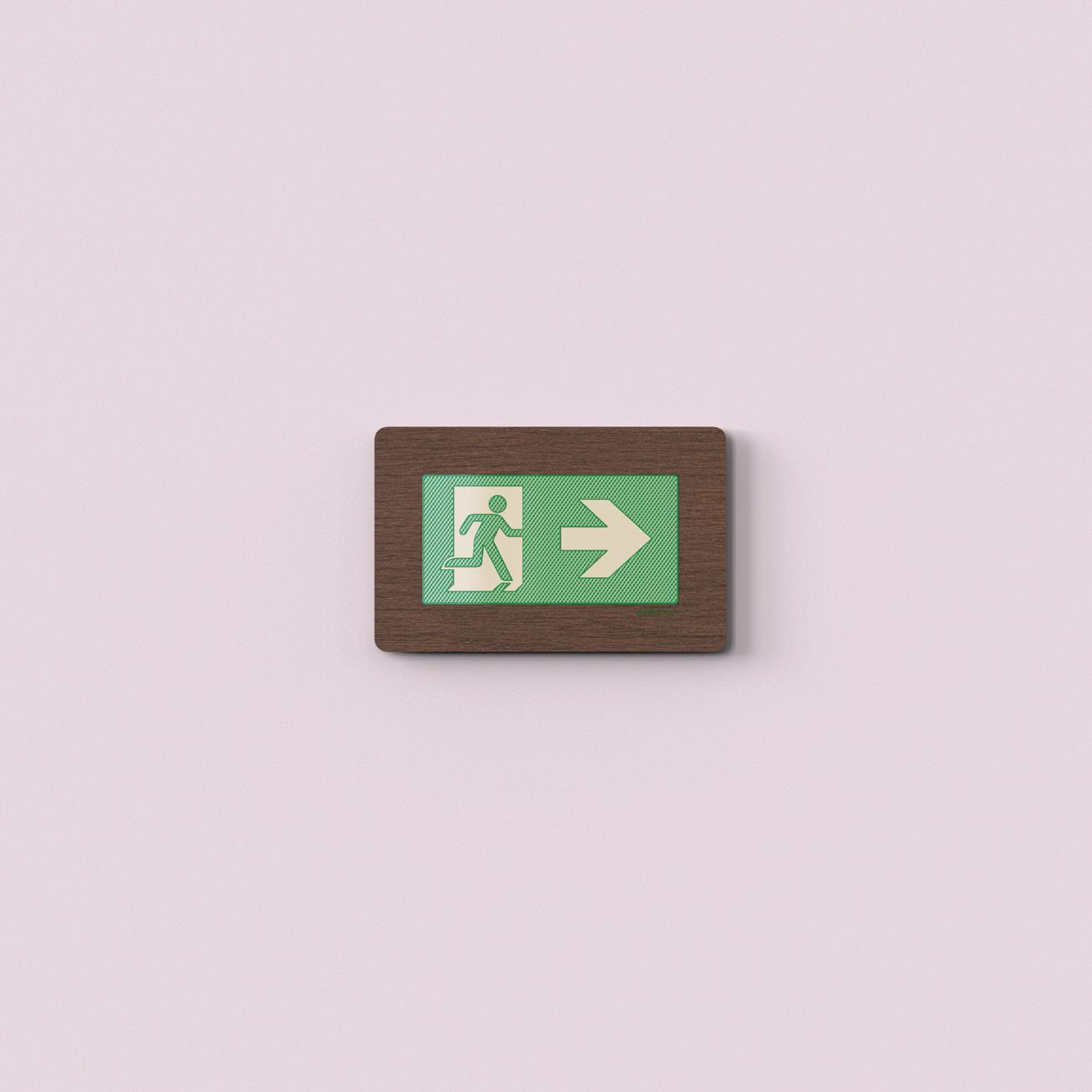
commercial@excellencebyeverlux.com
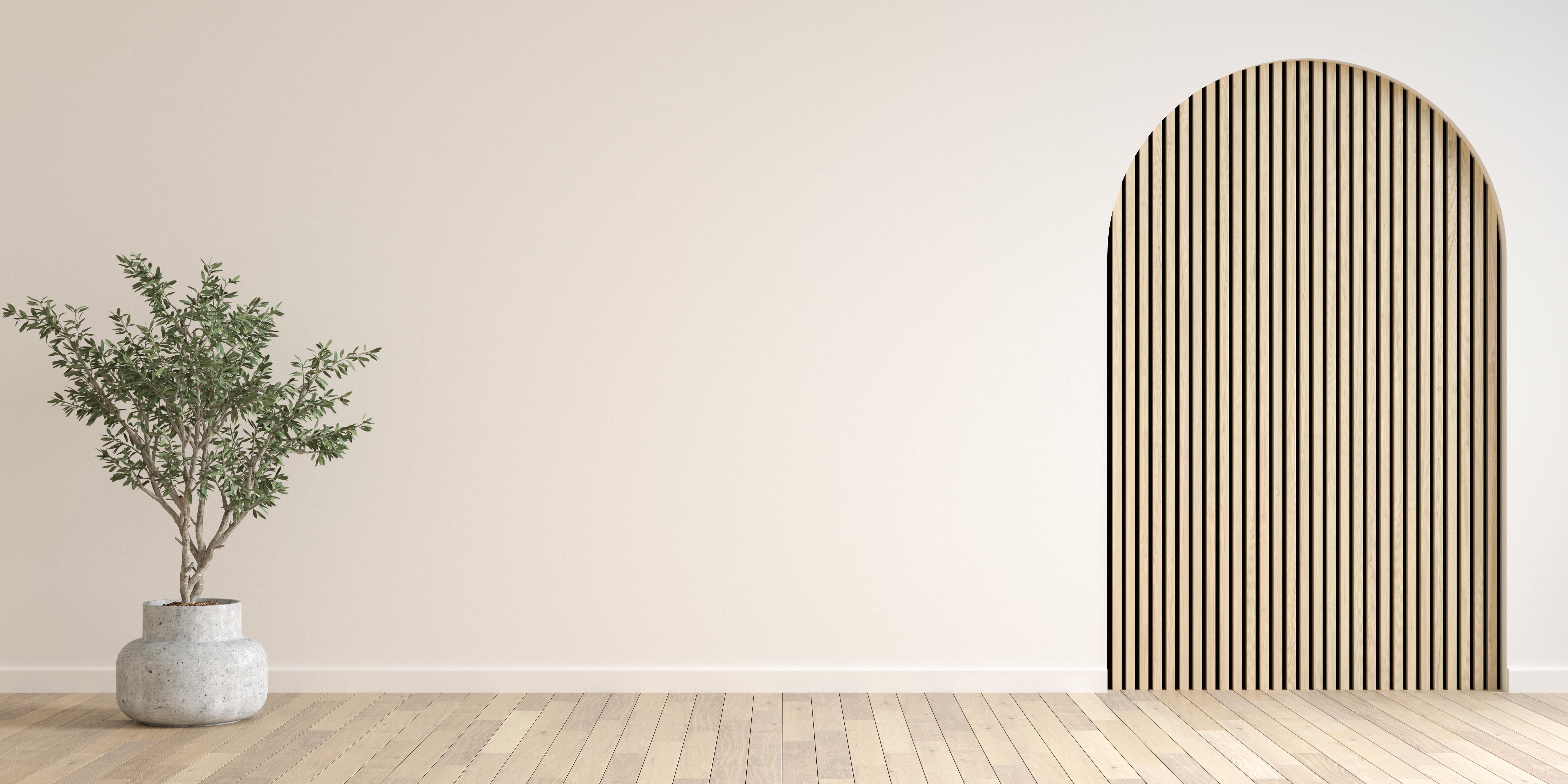

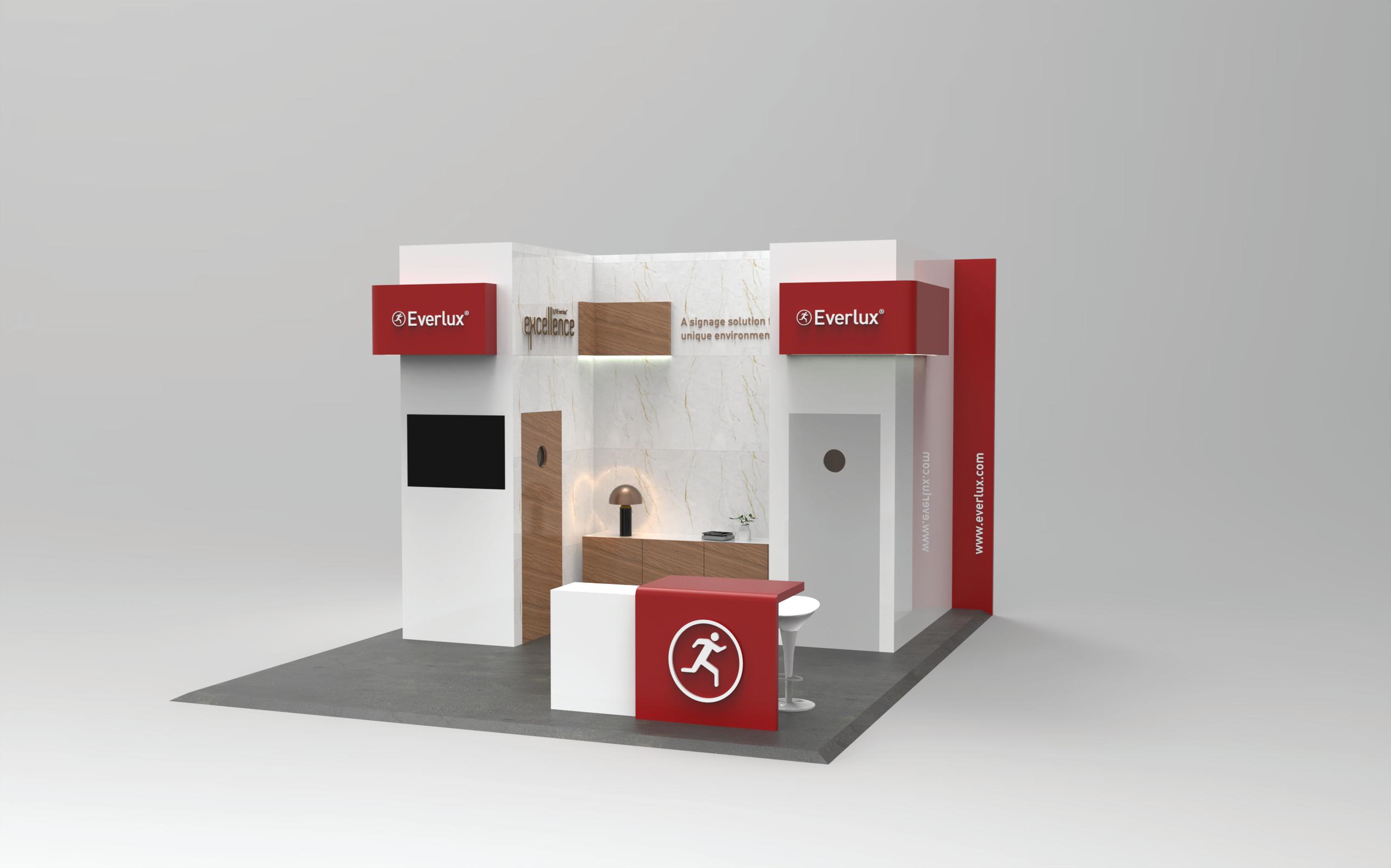
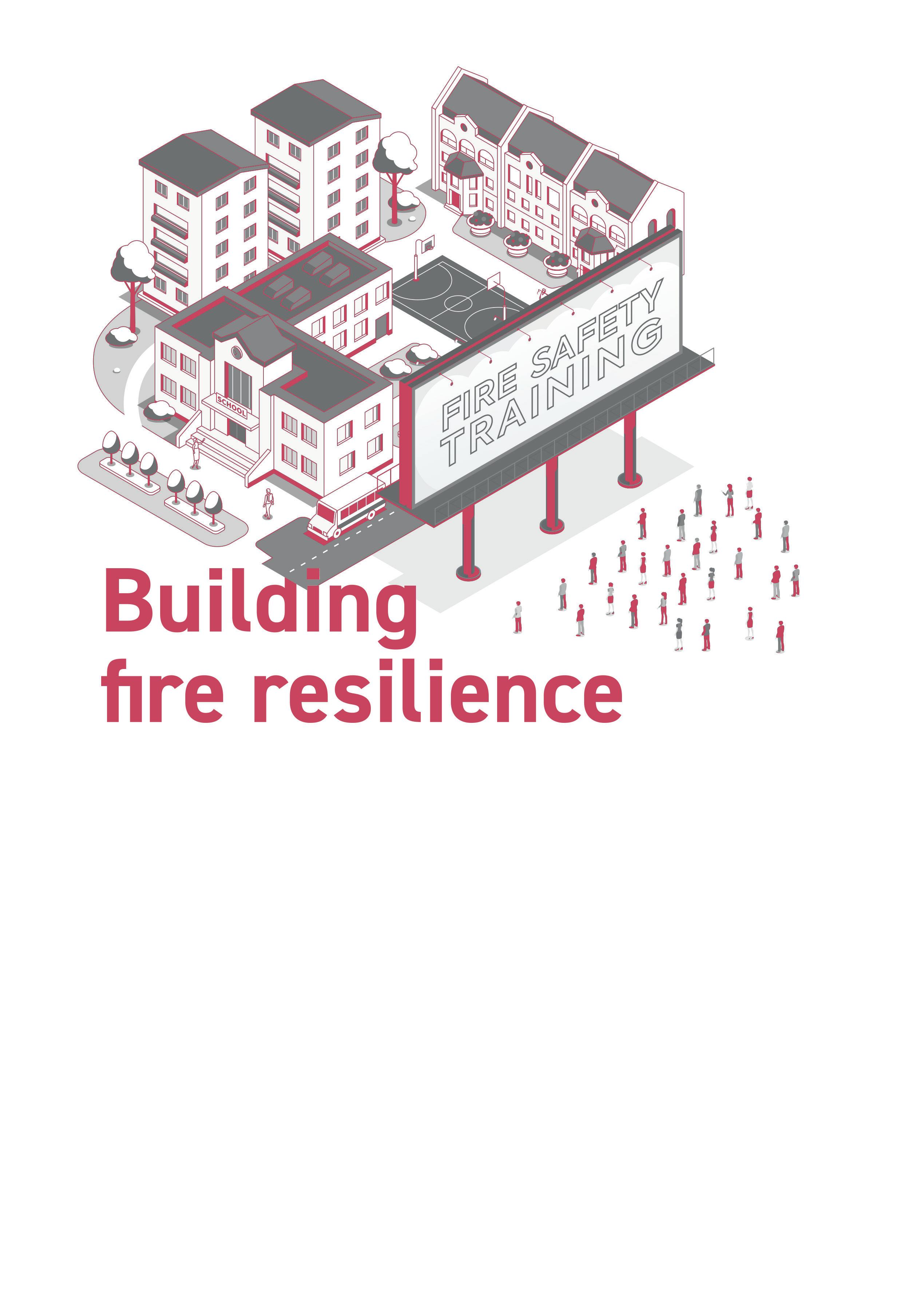
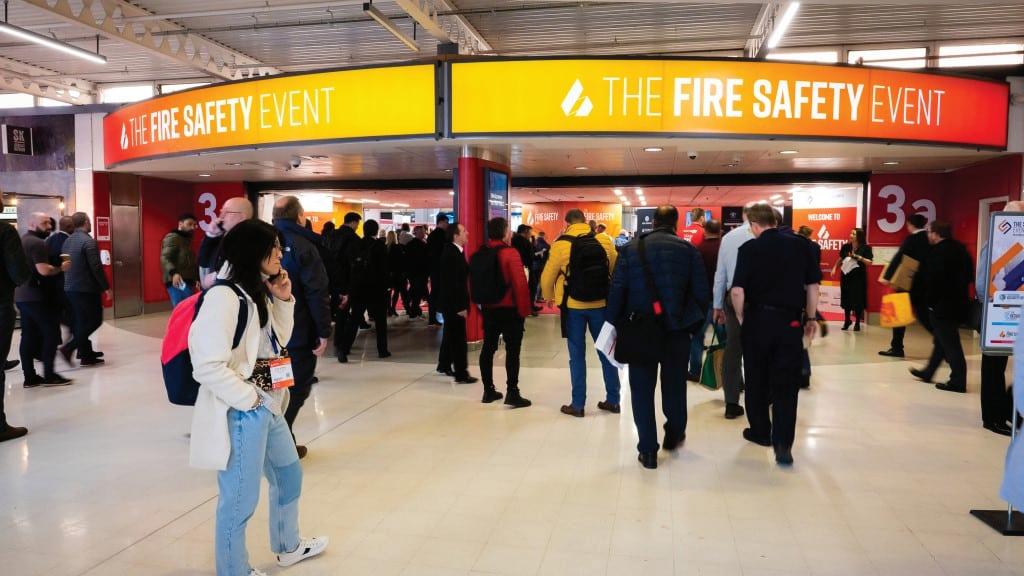

of life, significant property damage and or no fire safety knowledge) see this and critical importance in mitigating the risks



and providing a safer environment for all occupiers. These programmes not only help in preventing fires but also in improving the chances of survival in case a fire does occur.
Fire safety education is essential for several reasons. Firstly, it equips individuals with the knowledge, skills and understanding necessary to not only respond effectively in case of a fire emergency, but to manage the built environment to prevent and protect it from fire and fire development. Understanding fire risks, prevention and protection methods, and emergency procedures can significantly reduce the likelihood of incidents and improve the response time during an event. Secondly, fire safety education fosters a culture of prevention and preparedness, encouraging proactive measures to minimise fire hazards and prevent fire spread, aiding efficient evacuation.
To consider the fullest effect of fire safety education, it is sensible to consider the demographics and nature of who will be on the premises. These can loosely be defined as:
Fire safety programmes for students should include interactive sessions, age-appropriate materials, and engaging activities to help them understand the seriousness of fire hazards. Regular drills and simulations can reinforce their learning and ensure they know how to react in real-life situations.
Teachers play a pivotal role in the fire safety education of students. They must be well-versed in fire safety protocols to guide and protect their students during emergencies. Training programmes for teachers should include tailored and comprehensive courses, covering relevant topics, including:
Fire safety/protection and their responsibility to maintain passive fire safety measures and the effect of these being compromised or failing.
Fire prevention: the causes of fire and how to identify them and mitigation strategies
Emergency response: what to do in the event of an emergency, their priorities and safeguarding responsibilities for their students and accurate roll calls.
By empowering teachers with this knowledge, we ensure that they can confidently lead their students to safety.
Non-teaching staff also need fire safety education. Their roles within the institution make them integral to the overall safety strategy. Training for staff should cover:
Fire risk assessment, as the responsible persons
Students are the most vulnerable part of the educational community. Their understanding of fire safety is often limited, and their reactions to emergencies can be unpredictable as they have yet to develop critical awareness of the hazards and risks associated with fire and fire development and behaviour. Educating students about fire safety is crucial for instilling lifelong safety habits. Children and young adults are impressionable and can quickly learn and adopt safety practices. Therefore, fire safety education must be integrated into the curriculum from an early age and many Fire and Rescue Services globally actively engage as part of their Community Safety programmes in educational establishment visits.
Fire safety/protection and their responsibility to maintain passive and active fire safety measures
Fire prevention, the causes of fire and how to identify them and mitigation strategies
Emergency response and what to do in the event of an emergency
Evacuation procedures, and the proper use of fire extinguishers. Staff members should also be involved in regular fire drills to practice coordinated responses.
These include a wide range of persons who are unfamiliar with the buildings/ facilities and present unique challenges as they can be categorised as:
Contractors – who should be familiarised with the premises and
provide risk assessments and method statements for how they will safely carry out any works.
Parents, family members and other general visitors – who should be escorted and recorded in and out of the premises.
Training is an essential part of any fire safety strategy and must be tailored to the group receiving the delivery. Handson training is the most effective way to prepare individuals for real-life fire emergencies and should contain the following:
Fire alarm system familiarisation
Simulated fire drills and practical evacuation exercises
Fire extinguisher use for specific persons
First aid training.
Effective training ensures that persons reporting to the premises are suitably prepared to efficiently respond in the case of emergency and feel confident in their ability to react appropriately.
Awareness campaigns are an effective way to spread the fire safety message and should be recognised as an effective method for improving knowledge both within and beyond the school walls, where fire safety education empowers students and staff to advocate fire safety in their homes and communities.
Home fire safety education: Schools can provide resources and information to parents and families about home fire safety, including the importance of smoke detectors, escape plans and fire prevention tips.
Community outreach: Students can participate in community outreach programmes to educate others about fire safety. This can include volunteering at fire safety events and creating educational materials.
Implementing fire safety education programmes for students, teachers and staff is essential for creating a safe and prepared environment in educational institutions. Hands-on training is an effective strategy for imparting knowledge and fostering a culture of safety. By investing in fire safety education, we can significantly reduce the risks associated with fire emergencies and protect the lives of everyone within our schools, colleges and universities and beyond.

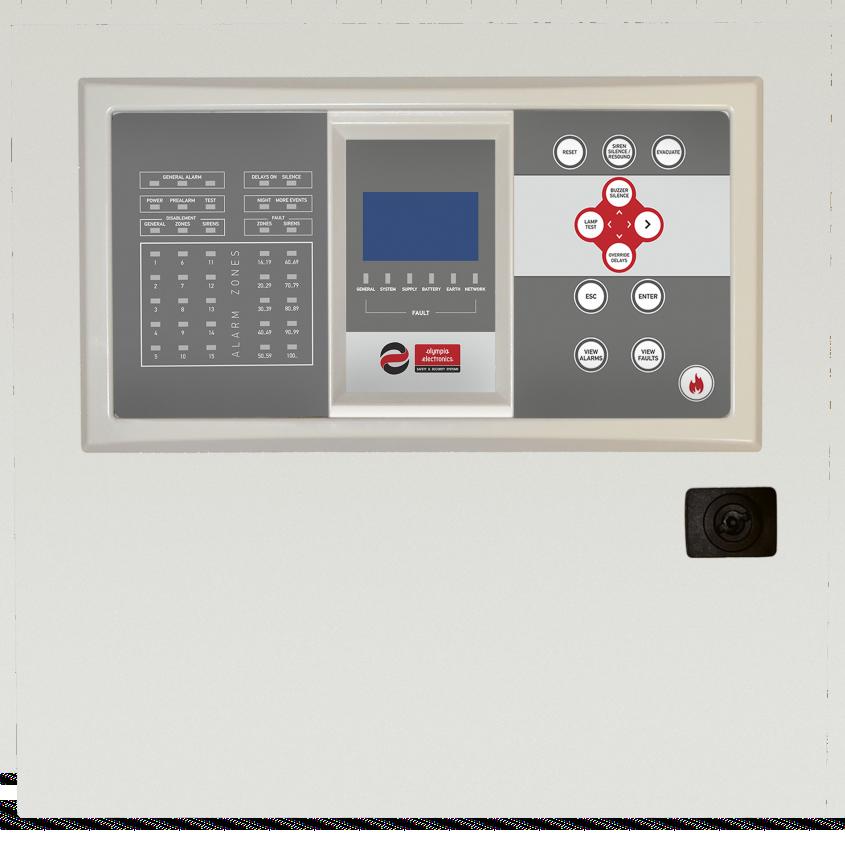


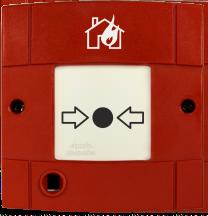


WATCH OUR VIDEO TO LEARN MORE ABOUT THE EXPLOSION PROOF ACTUATOR AT TLXFIRE.COM/EPA
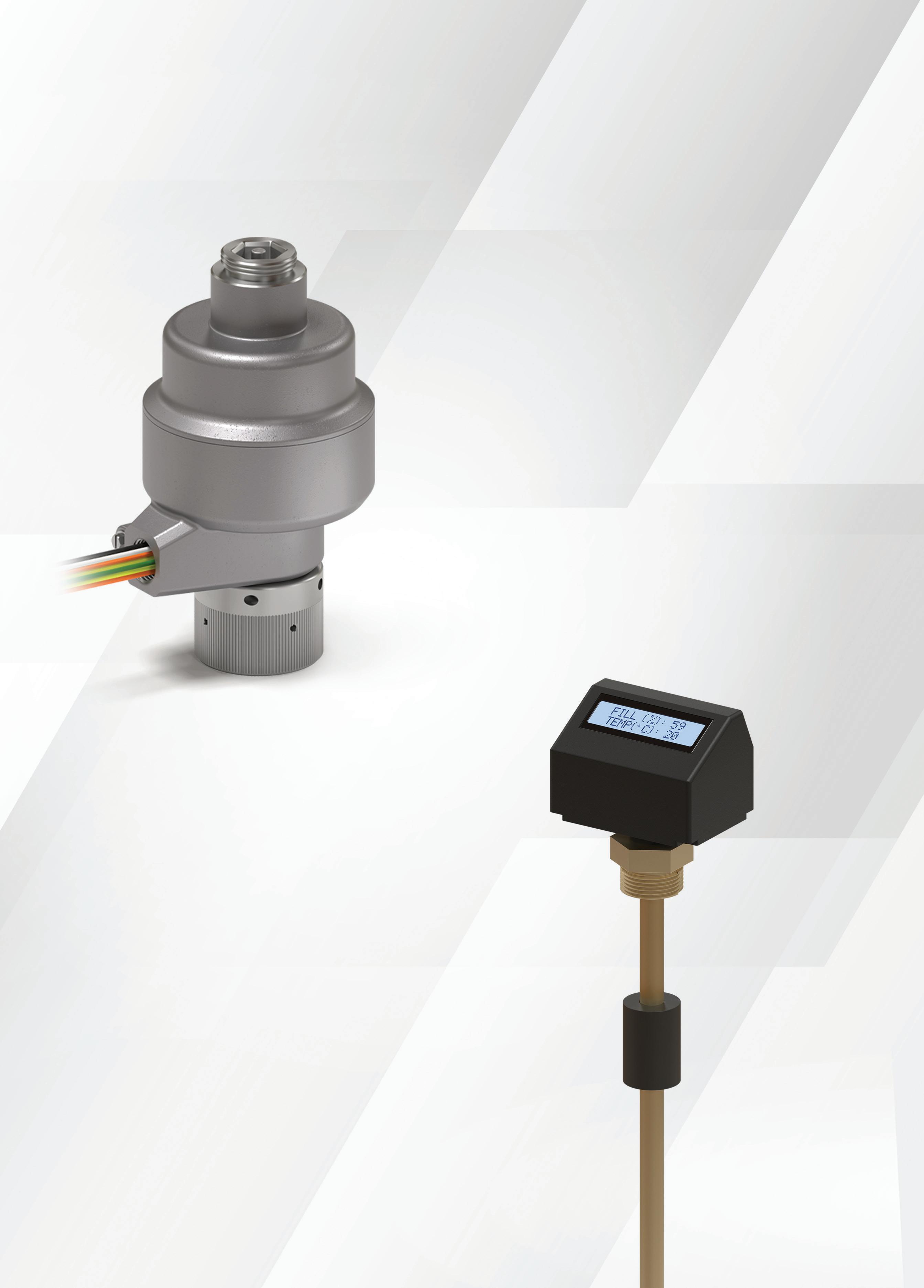
OUR EXPLOSION PROOF ACTUATOR WITH SUPERVISION is UL HazLoc, ATEX, and IECEx certified for use in fire suppression systems in hazardous locations.
+ Top-mounted actuator acts as its own enclosure, eliminating the need for additional components
+ Significantly decreases potential leak points in your system
+ Fully engaged installation detection
+ UL HazLoc, ATEX, IECEx certified (certificate of conformity is available upon request)
+ Force output can be matched to any system’s operating pressure up to 300 bar
+ Patented component
Liquid Level Sensor: Automatically provides the thermally compensated weight of the extinguishing agent in your fire suppression system’s cylinders.
Supervised Pilot-Operated Solenoid Valve: For pre-action and deluge systems. Meets the new NFPA 13 standard for supervision.
CONTACT US ABOUT YOUR FIRE SUPPRESSION NEEDS.
sales@tlxtech.com | tlxfire.com
sales@tlxtech.com | tlxfire.com CONTACT US ABOUT YOUR FIRE SUPPRESSION NEEDS

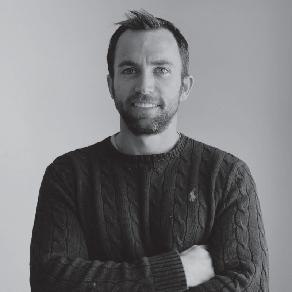

In the Middle East, the terms Certified, Listed, Certificate of Compliance (COC) and Test Report are thrown around an awful lot and typically without full understanding of what each of those building compliance components actually are. Brett Shinn, Thomas Bell-Wright International Consultants, Dubai branch, explains more
To fully understand the difference between the two, let’s boil it down into two hypothetical groups: Fire Testing and Product Certification; one can be done without the other, but not vice-versa.
Then, the easiest way to understand their relationship is with two scenarios:
i. Scenario 1: Fire Testing Only so a product can be used for a single project.
ii. Scenario 2: Fire Testing + Product Certification so a product can be sold openly and infinitely on the open market to any and many projects.
Lets say you’re a door manufacturer who has won a tender to outfit a building with any number of identical but perhaps atypical doors. You intend to do one batch run for these doors, sell and install them, have no intention of selling them again in the future, you do not yet have evidence of fire performance and the hypothetical project has informed you that they will accept a test report to demonstrate performance.
To get those doors on the building, you’d need to have them tested to a door testing standard outlined in, for example, Chapter 1, §7 of the UAE Life Safety Code: Construction Material Test Standards, Approval, and Registration. In §7.1.30,
the UAE Life Safety Code lists EN 1634-1, UL 10C, UL 10B, BS 476-22, and NFPA 252 as available test standards, depending on occupancy type and all with varying performance requirements.
So, you test your doors, they achieve the requirements you need, and you’re given a test report to submit to the project. That test report gets passed up the chain, reviewed and is valid, within the context of a single project, for only that single project and production batch – it is not allowed to be used again but that’s okay because, in this scenario, it was for a single batch run without intending to be sold again on the open market. To get into the open market, you’d need to look at scenario 2.
Let’s say this time you’re the same door manufacturer but you haven’t yet won a tender; you’re looking at multiple projects in your future for which you’d like to sell your door, perhaps with a few variations – changes in size, single and multiple leaves, or inclusions of a vision panel. This is where product certification becomes a requirement – or just a better avenue to compliance, and this is how one pursues a Listing, Certificate of Compliance and Product Certificate.
In the case of doors, this requirement for product certification is outlined in Chapter 3, §6.2 of the UAE Fire and Life Safety Code.
In a perhaps over-simplified description, Product Certification is a compliance-based membership programme that starts before fire testing then continues on after fire testing, and its intentions are to ensure consistent quality of your doors over time so that they are consistently delivered to market with the same performance and standard of safety.
There are, however, some clarifications to make here, first about what a Factory Production Control (FPC) audit is and why your factory’s quality management system is being evaluated, then about what the end goal of actually having a listed product looks like.
In factory production control, which is often done simultaneously with Product Sampling, remember that the intention is to ensure consistent, repeatable and controlled manufacturing of your fire doors and there’s a lot that governs that. Certification will investigate the control measures and records you have for purchasing, receiving and storing your door components like paints, adhesives and hygroscopic and raw materials, and they’ll look into how you record things.
You apply to a Certification and Testing Body and they request:
During this process, audit findings from the FPC will be addressed and closed. The product certificate will be generated with other documents. This document package is what gets listed (www.tbwcert.com) and registered with the government. 1 3 2 4
Your door design and intended variations.
Your factory QMS information (e.g. ISO 9001) and business information.
Then the uniquely marked doors get shipped to a lab and tested.
After testing, the deliverable is a Test Report, not to be confused with a certification or listing. This is a confidential document which states the performnce and events during the test.
This type of FPC audit is repeated on an annual, semi-annual or other basis to maintain the product listing, it is what makes the certification process a revolving programme, and is one way that fire compliance is implemented in the market.
Then, during the product sampling, Certification looks into how you’re controlling the usage of those components in production – meaning how do you ensure that the same amount of glue is applied to each door laminate. Then, that door will be uniquely marked and sent for testing.
After an initial FPC audit, the Certification Body will have a list of findings to resolve. A simple, hypothetical example is whether there is a daily or hourly record showing that your glue storage room was maintained at a specified temperature rather than simply showing that you have a room and that it has an air conditioner.
In the previous reference to Chapter 1, §7.1.30 of the UAE Life Safety Code, one may wonder firstly why there is such
The certification and testing body creates a test plan for you. It may require multiple tests to encompass your variations.
And they schedule two audits:
(1) For Factory Production Control (FPC) of your general facility.
(2) Product Sampling to witness how you make your doors, and they will uniquely mark this specific door.
After the test is a documentation exercise to determine acceptability for a product certificate, COC and a listing.
a plurality of standards available for testing, then wonder secondly which one to choose. The short answer to the first, speculatively, is that in the absence of the UAE or other GCC states having their own nationally recognised testing standards, the Life Safety Code was contributed to by a range of consulting nationalities – meaning that the American contributors were biased to the American Standards (UL 10B and 10C and NFPA 252), the British contributors were biased to British Standard (BS 476-22) and European Standard (EN), and the European contributors were biased to the EN standard (EN 1634-1). This is understandable and leads us into point two, choosing a test standard.
The plurality of available test standards, quite uniquely, provides a bit of latitude on choosing a standard that may be best suited for a certain type of door (i.e. wood, metal, or glazed). The standards roughly all work the same – they have a similar exposure curve for burning and they measure external temperatures. But, for example, if one were testing a glazed door, EN 1634-1 has built-in accommodations for
glazing-specific constructions as well as a built-in set of extensions based on the results of any type of door, which all connect to a larger classification family (EN 13501-2) and Extended Application (EXAP) standards. Alternatively, if someone were testing a door intended for a North American market, they may find suitability in UL 10C or UL 10B. BS 476-22 is more similar to EN 1634-1 than the American standards and is often used for wooden doors, in large part for its simplicity. But, it has not been meaningfully updated since 1987 and is actually being phased out of the British Standard system as a route to compliance.
The hypothetical examples above are written for doors but are analogous to most, if not all, other passive fire protection products. It starts with a product, then choosing a test standard from a relevant Life Safety Code, then understanding the requirements for compliance to sell a product.
www.bell-wright.com

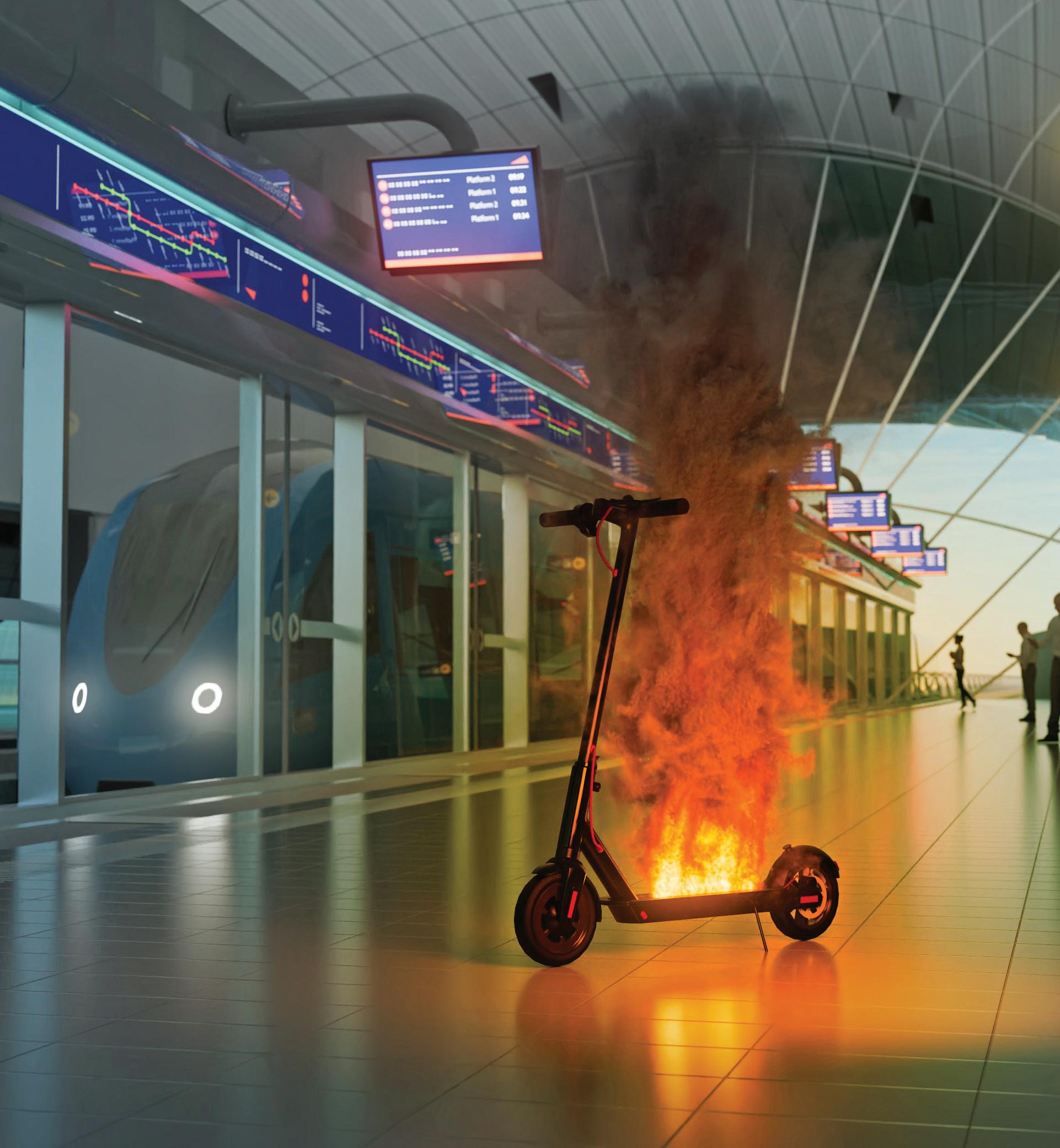

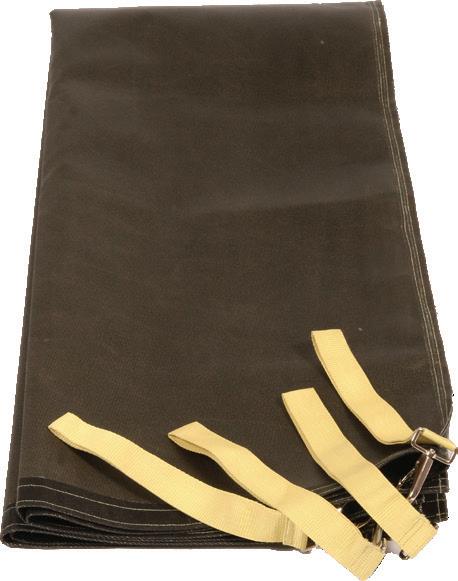
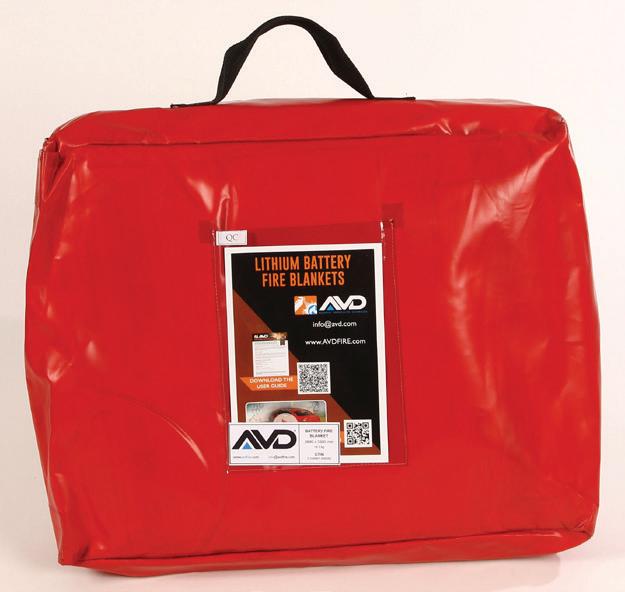
After an incident 14th February 2024 involving an e-scooter Fire on the metro, Keolis has been driven to mitigate the risks caused by lithium battery fires.
Keolis found AVD Fire’s products to be best suited for lithium battery fire containment.
300 AVD Lithium-ion battery fire blankets installed in all driverless trainsets
Split across 51 stations that connect Dubai over 90km of track
Transporting 150 million passengers per year
For further information on the full AVD range of lithium-ion battery fire solutions
www.avdfire.com
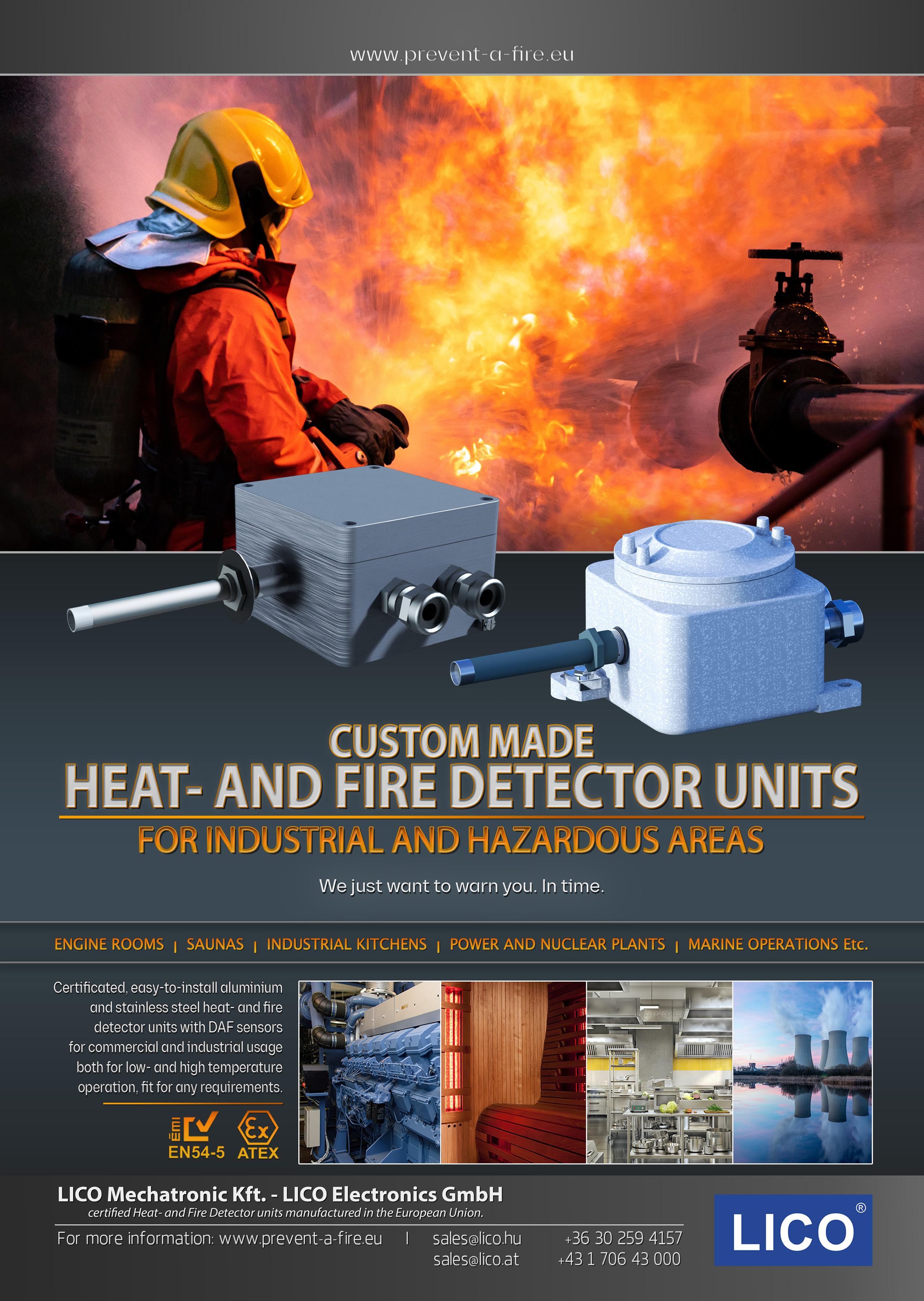
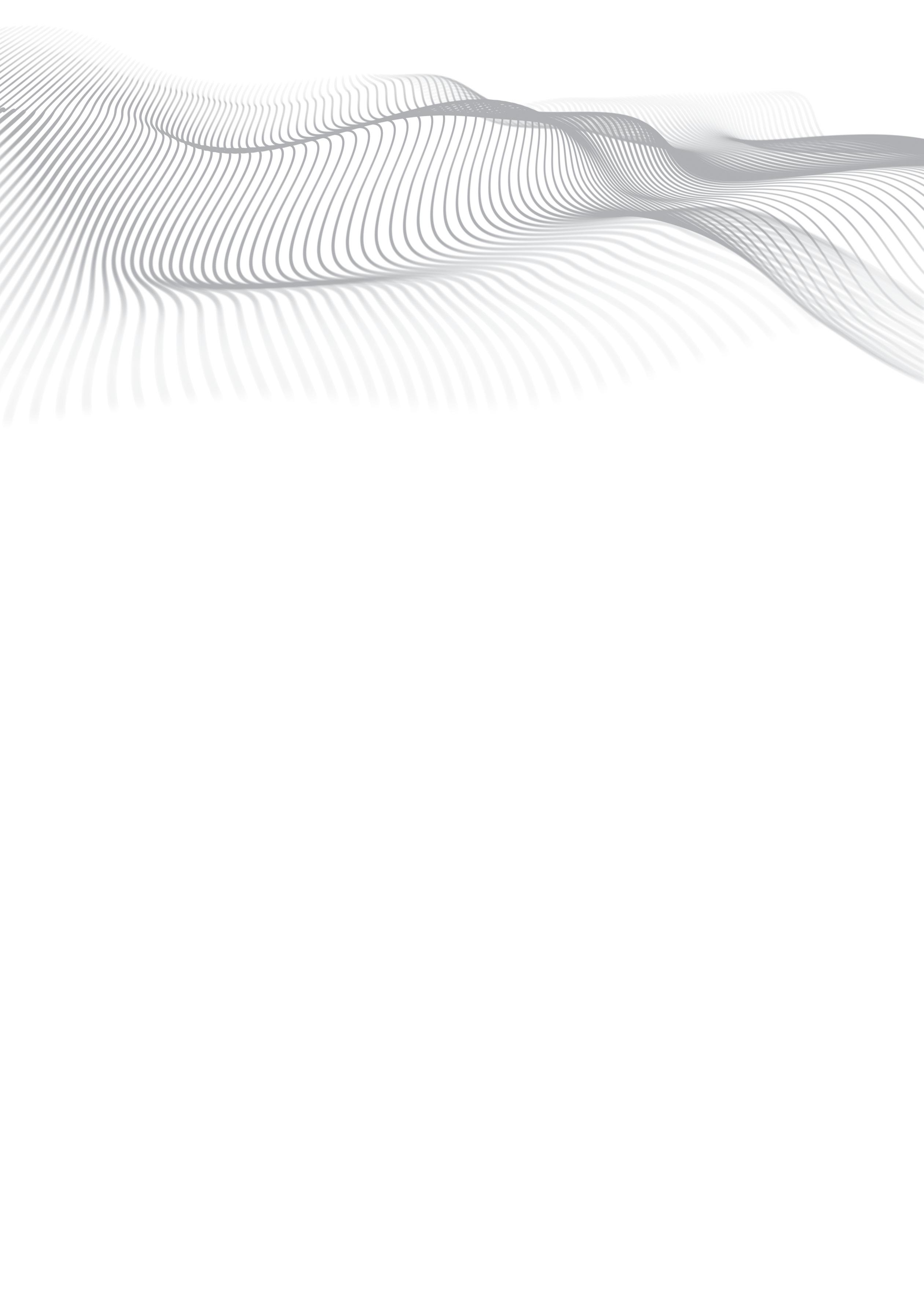
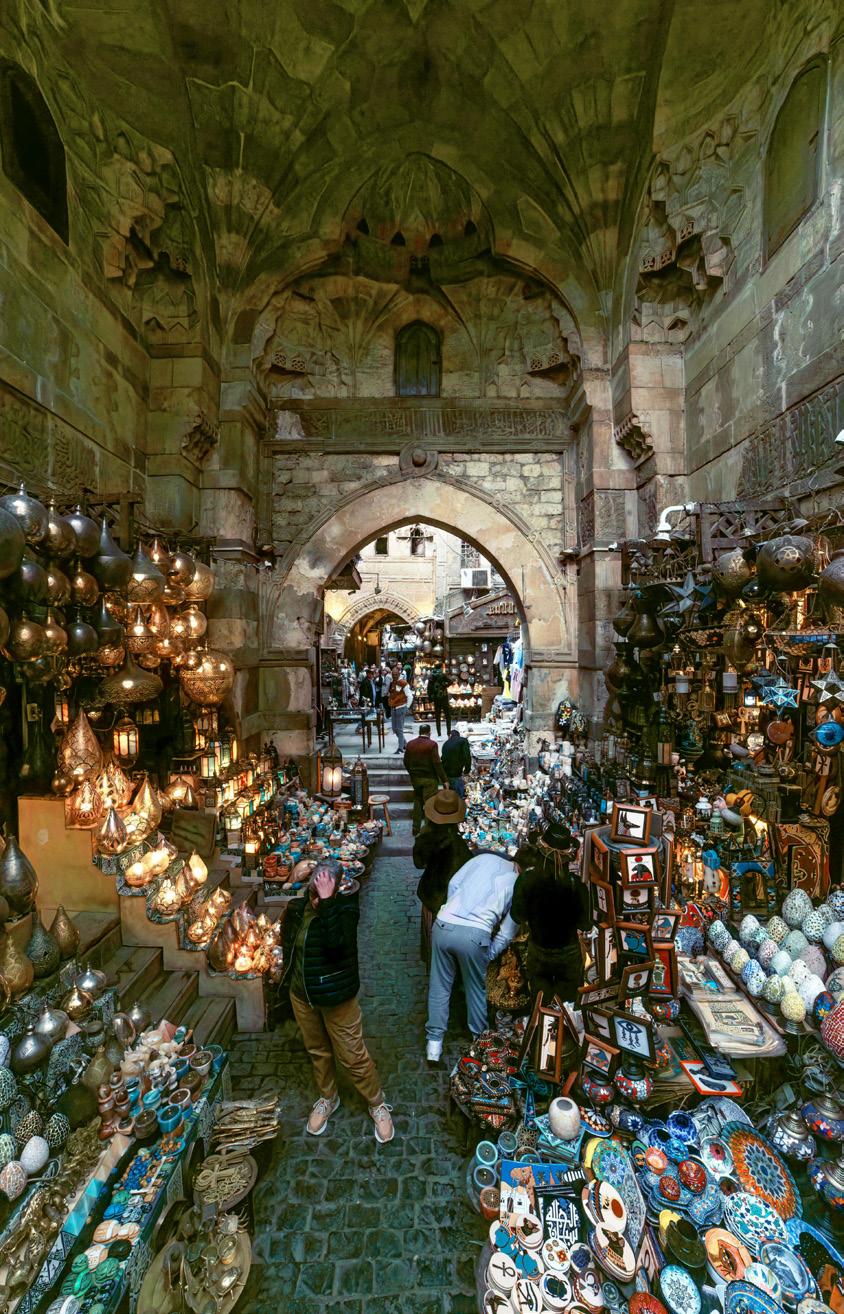
As the MENA region undergoes rapid urbanisation and economic transformation, fire and life safety (FLS) is becoming a critical priority to ensure the safety of residents, workers and visitors. Governments and developers in Gulf regions like Saudi Arabia, the UAE and beyond are investing in worldclass infrastructure, smart cities and sustainable developments. However,


Mina Zakhary, Principal Fire Consultant, Cundall, explores AI’s strategic shift in MENA fire protection and how it can shape fire and life safety practices for the future
fire safety remains a pressing challenge, particularly in high-density urban areas and heritage sites where traditional firefighting methods often fall short.
Fire incidents in the region highlight the urgent need for advanced solutions. The 2017 Dubai Torch Tower fire, which saw flames engulf a 79-storey skyscraper for the second time in two years, exposed the vulnerabilities of high-rise structures. Similarly, the devastating fire at Iraq’s Al-Hamdaniya wedding hall in 2023, which resulted in over 100 fatalities due to highly combustible materials, underscored the dangers of noncompliant construction and inadequate fire prevention measures.
Artificial Intelligence (AI) is emerging as a transformative force in fire safety, offering advanced fire prevention, realtime risk assessment, and enhanced emergency response. By integrating AI with fire safety strategies, governments, designers and authorities can mitigate risks, improve response times and protect lives and assets.
There are many ways in which AI can be used in firefighting and emergency response to enhance current practices:
AI-driven incident analysis and decision-making
AI can analyse fire incidents in real-time, processing data on human behaviour, fire spread, wind conditions and structural integrity to recommend the best response strategies. This enhances the efficiency of firefighting operations, reducing response times and improving safety outcomes.
Robotics in firefighting and rescue operations
Autonomous firefighting robots and drones equipped with AI and thermal imaging can navigate hazardous environments, assess fire severity and even extinguish fires in areas inaccessible to firefighters. These technologies are particularly valuable in high-rise structures and remote locations.
AI-powered emergency evacuation planning
In high-density developments, AI-driven systems can predict crowd movement and suggest optimised evacuation routes. Smart buildings equipped with AI sensors can automatically guide occupants toward the safest exits in real time, improving evacuation efficiency and minimising



casualties. Such AI-driven evacuation strategies are particularly crucial in highrise buildings and for mega-events, such as Hajj season in Saudi every year and even the upcoming mega projects such as the Diriyah development.
The MENA region is home to some of the world’s most treasured historical sites, from the old cities like Jerusalem in Palestine and Old Cairo in Egypt, to the traditional districts like Hegra, Diriyah in Saudi and Old markets in UAE and Qatar. However, these heritage sites present unique fire safety challenges:
• Narrow alleyways and fire truck accessibility: Many historic districts were designed with narrow streets to create shade and regulate temperature. This makes it difficult for fire vehicles to access affected areas quickly. In addition, combustible materials have been widely used at these places so AI-powered technology can play a crucial role in fire detection, suppression and real-time monitoring of such locations.
• Fire exposure risks: Old buildings, often repurposed for modern use, pose significant risks due to new, highly combustible furnishings and materials. AI can assess fire propagation risks and recommend preventive measures to limit fire spread.
• Preserving ancient structures: In places like old cities, heritage regions and archaeological sites, traditional water-based fire suppression may not be feasible. AI can optimise alternative fire protection solutions alongside
suppression techniques to protect these irreplaceable landmarks. Also, it often becomes very important to analyse fire event scenarios very quickly in terms of the type of the fire, the wind direction and the expected materials inside the buildings. This supports fire fighters’ decisions and lets them select the best firefighting strategy for the scenario.
Artificial intelligence also has a significant and impactful role to play in fire safety design and strategy development. As a tool, it can quickly and accurately assess buildings to support the work of fire teams.
AI-based fire risk assessment in modern and heritage buildings
AI can analyse architectural designs and identify fire hazards before construction begins. In historical buildings, AI-driven simulations can predict fire spread and propose custom mitigation strategies that align with preservation requirements.
Automated fire and life safety compliance
AI can streamline regulatory approvals by automating fire code compliance checks and safety assessments. This might save time in the reviewing process, providing new approaches, such as passive systems or engineering solutions. This is particularly useful in fast-paced urban developments, where ensuring fire safety without delaying construction timelines is a priority.
AI integration with sustainability and asset protection
As the region moves towards sustainable planning, AI can help balance fire safety
with environmental goals. Intelligent fire suppression systems can minimise water and chemical use while ensuring an effective fire protection approach depending on the passive approaches.
In addition, predictive fire risk monitoring can be achieved with the use of machine learning. AI can analyse historical fire data to predict potential hazards. In high-risk zones, such as commercial districts or industrial areas, AI-powered monitoring systems can detect unusual heat patterns, electrical faults, or material degradation, allowing for preventive measures before an incident occurs.
Similarly, computer vision can also significantly improve on real-time fire detection. AI-powered computer vision can enhance fire detection accuracy by recognising smoke, flames or abnormal heat signatures faster than traditional sensors. This is particularly useful in expansive sites like airports, large-scale developments and heritage sites where early detection is critical.
As the MENA region continues its transformation, AI is set to play a crucial role in shaping the future of fire and life safety. By integrating AI-driven solutions in firefighting, emergency response, building design and heritage protection, the region can ensure safer cities while preserving its rich cultural legacy. AI is not just a tool for modernisation — it is a necessity for the sustainable and secure development of both contemporary and historical environments in the Middle East and beyond. cundall.com
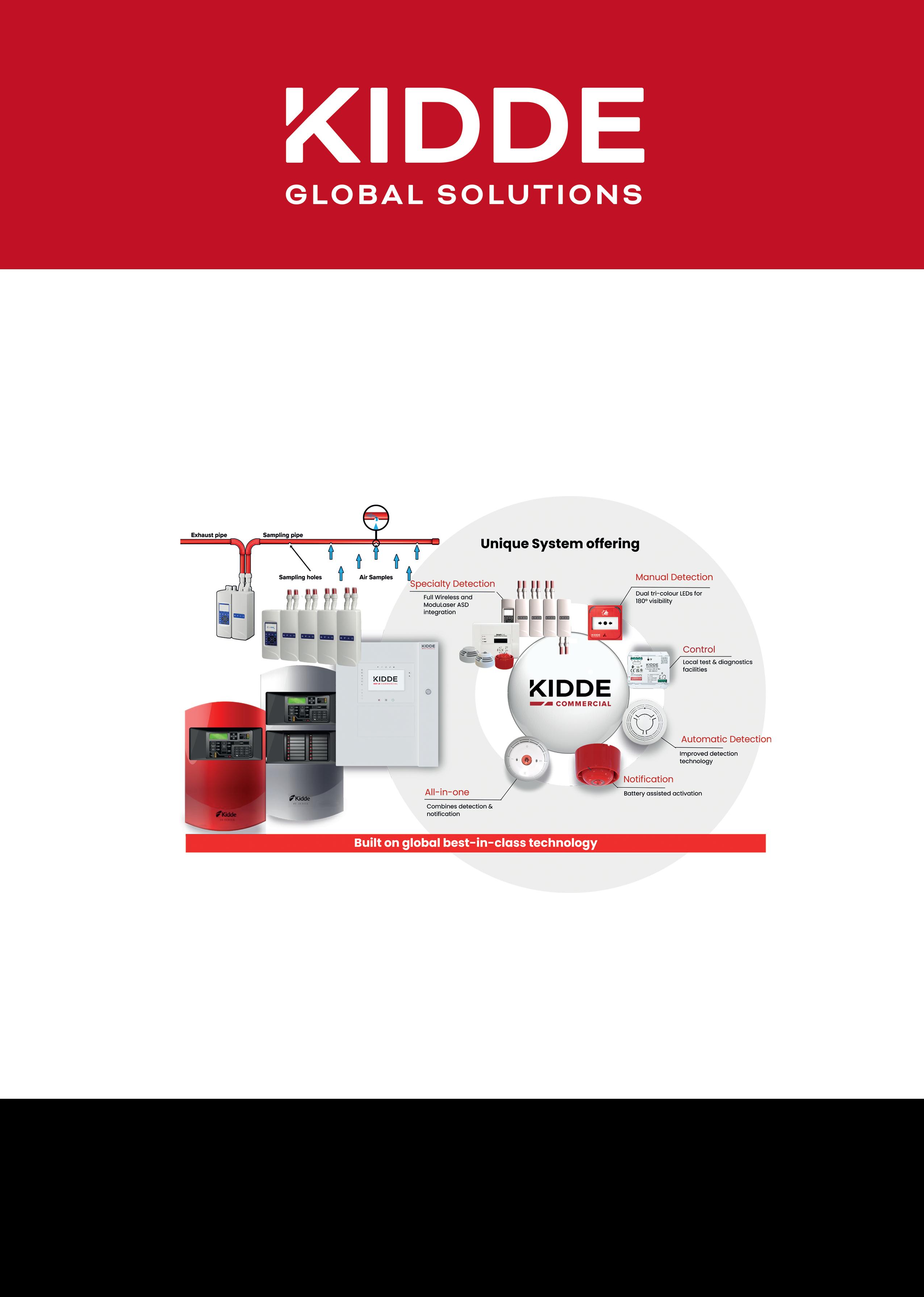
At the beginning of each year, we all make plans. That is no different for organisations like the International Water Mist Association (IWMA). Some first ideas had already been discussed during the second half of 2024. Now, most of them are concrete.
In April, both IWMA President Max Lakkonen (IFAB) and IWMA’s CEO Bettina McDowell were already in Salzburg to attend Fire Sprinkler International.
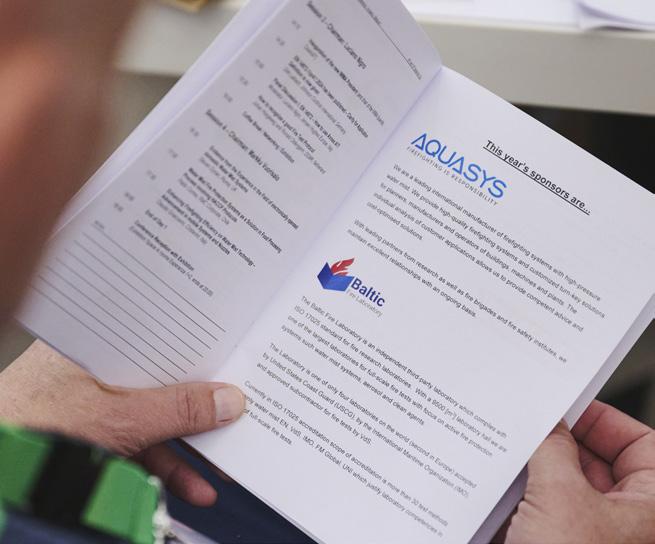
Lakkonen spoke during one of the plenary sessions and gave the audience an overview of modern water mist systems.
Afterwards, McDowell travelled to Birmingham for The Fire Safety Event. She said: “It was great to be back in the UK where our next conference – the 24th International Water Mist Conference – will take place. For that we have raffled off one free ticket. The winner will also be one of our special guests at the pre-conference dinner on 23rd September.”
In June, Feuertrutz will take place in Nuremberg, Germany on 25 and 26 June. For the first time, IWMA will have its own booth at this event.
The highlight for IWMA and its members and also the premier event in the water mist calendar will of course be the above-mentioned Water Mist Conference taking place in Manchester, UK, on 24 and 25 September. The speakers’ presentations will reflect the latest developments within the water
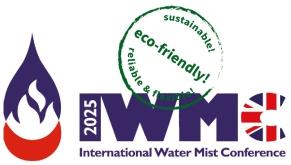
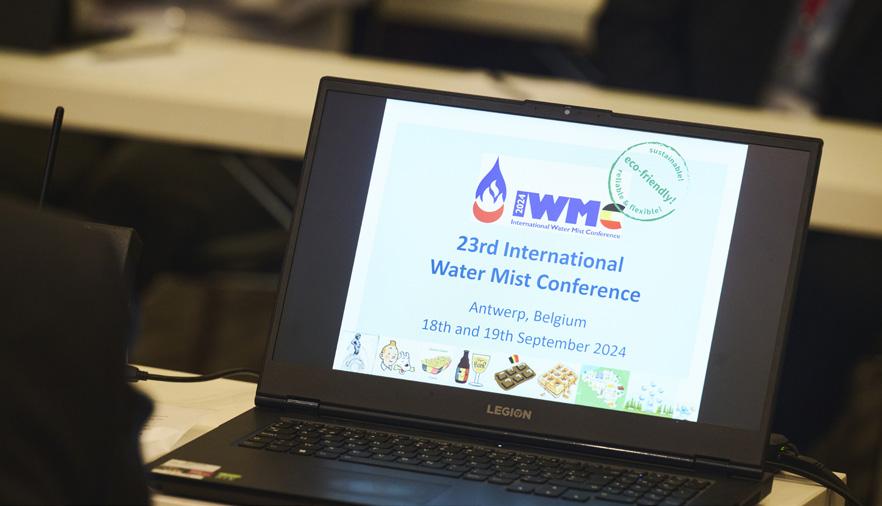
mist sector and show how humans, jobs and assets can be protected with smaller droplets. An exhibition will run alongside the conference. Stands can still be booked – although not many.
And McDowell has already been exploring potential conference hotels for the 2026 International Water Mist Conference – the 25th edition. More will be revealed in Manchester.
www.iwma.net



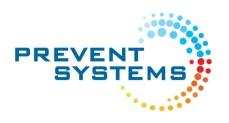









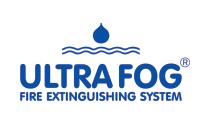
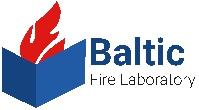
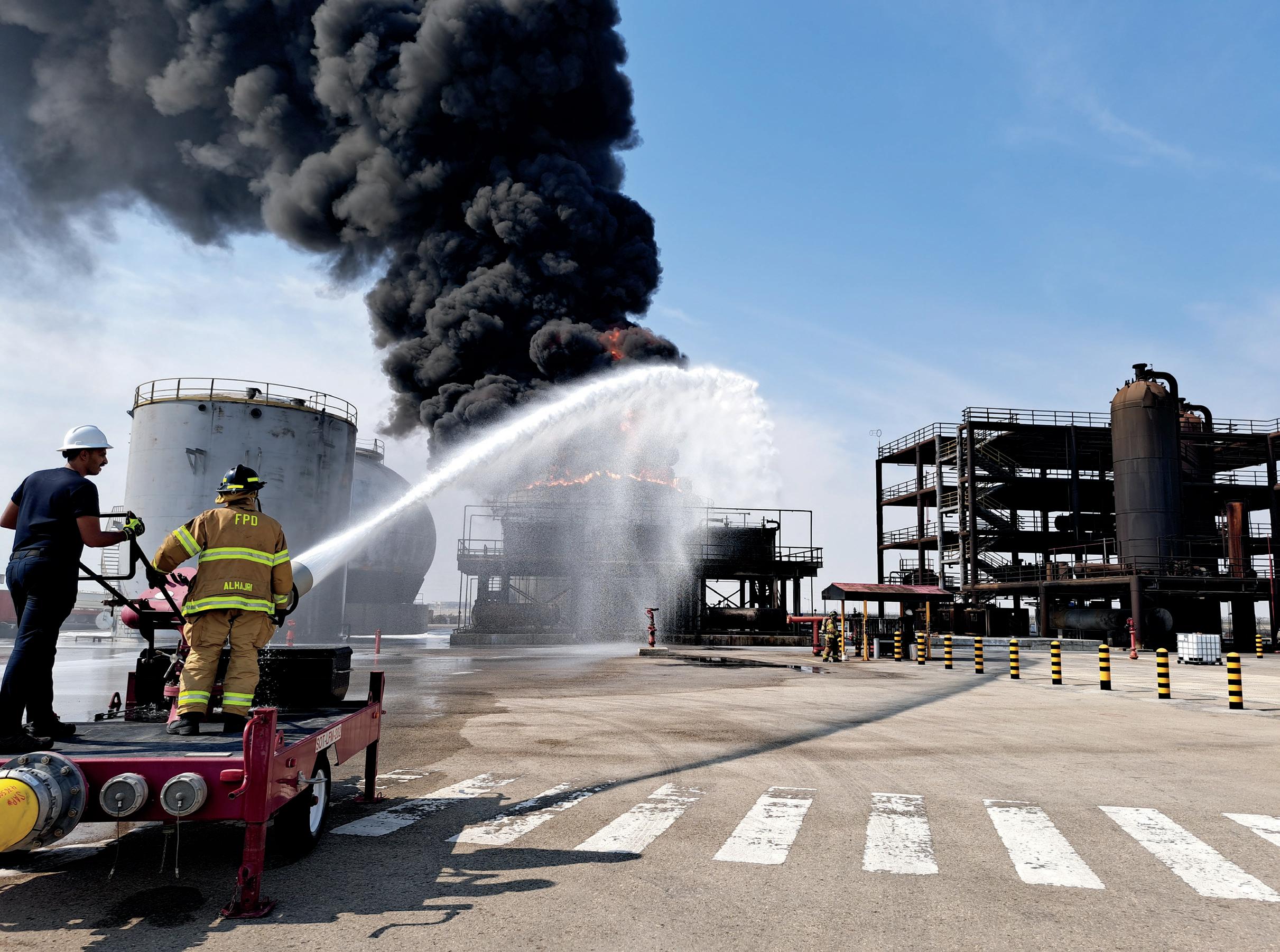



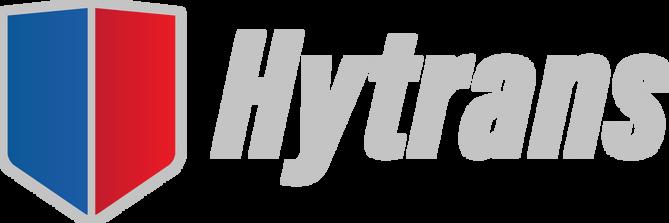


For over 40 years, Jewers’ has been supplying bi-folding doors to the emergency services.
Our sideways-opening doors provide full-height headroom and a clear line of sight allowing emergency vehicles a safe and quick getaway every time.
Fully insulated doors help temperature regulation, minimizing heat loss in cold environments and maintaining a cool atmosphere in hot climates. Additionally, our fully glazed doors not only allow natural light to illuminate the station but also enhance its aesthetic appeal.
For rapid, reliable, secure, and durable doors that are designed, installed, and maintained to your needs.
Email: postroom@jewersdoors.ae


When seconds count and lives hang in the balance, Trident emergency products delivers more than just equipment – it delivers innovation that redefines fire service safety
Trident has an extensive product range including the world-renowned AirPrime™, AirMax™, Vented Caps, and Chicksan elbows along with GP Series™ foam pumps and FOAMATE™ ATP foam proportioning devices. Part of the company’s culture is built on its promise of fast delivery and professional support services for our ever-changing world fire industry.
The fire service’s shift to fluorine-free foams, while crucial for environmental safety, presents a significant challenge: increased viscosity. This subtle change, measured in centipoise (cPs), can cripple your foam eductors, metering valves and pumps – and many current systems are simply unprepared for this change.
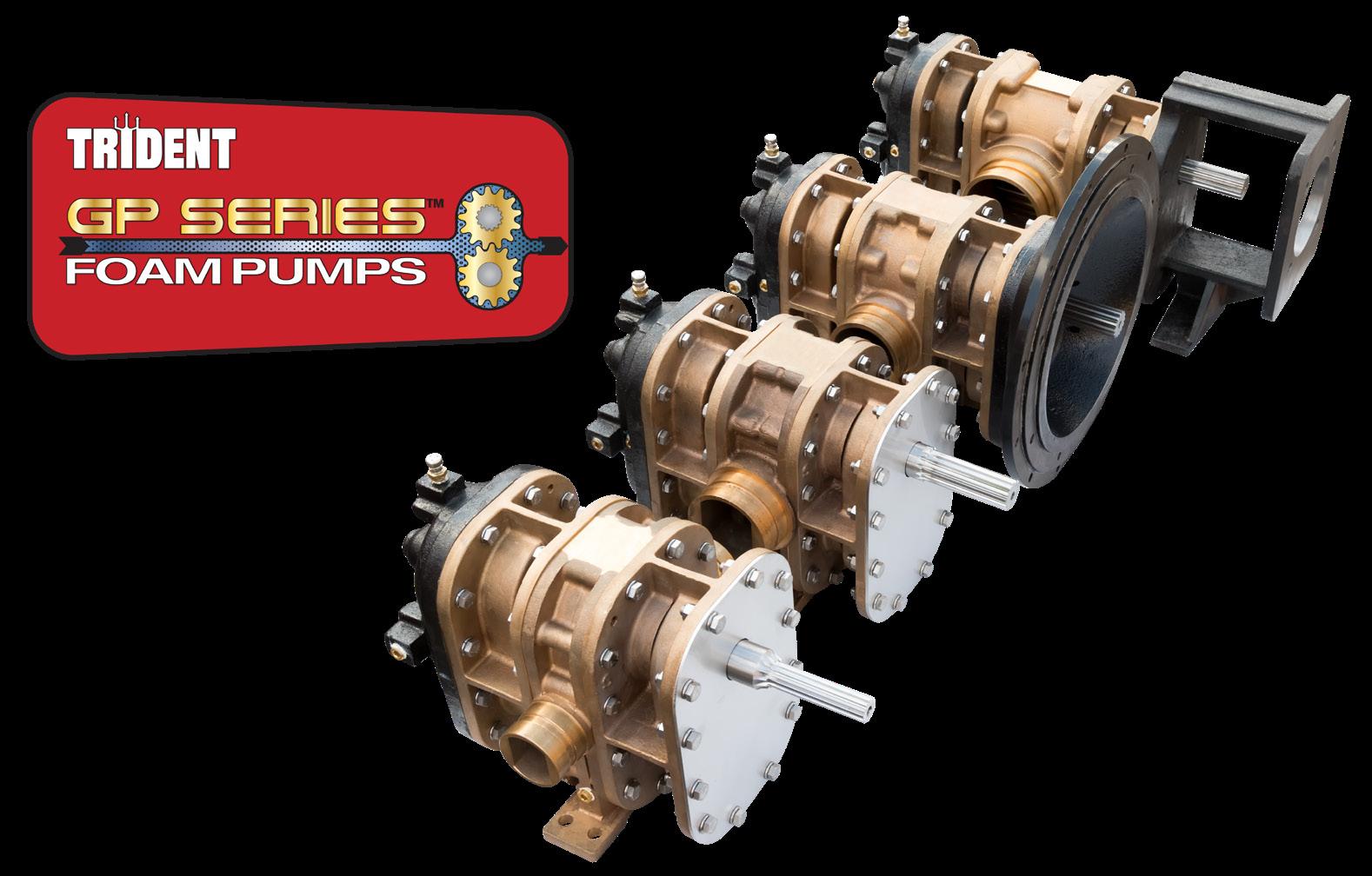
Trident’s GP series rotary gear positive displacement foam pumps are available from 115 LPM (30 GPM) to 1890 LPM (500 GPM) and are tested and UL® listed for the new SFFF concentrates at 5300 cPs viscosity. These pumps have been designed for maximum durability with mechanical seals, spherical bearings and contact-free rotor gears to lower noise and wear. Additionally, foam concentrates only contact bronze portions of the pump for maximum corrosion resistance. Wetted components capable of running dry indefinitely.
To meet all the possible foam pump drive systems, including mobile and fixed systems, Trident pumps are available for direct engine and motor installations in addition to SAE hydraulic and PTO driven set ups. Plus, both drive rotations are available.
No other foam concentrate pump can equal the Trident GP Series, in delivery,
design, construction and durability. This commitment allows for expeditated foam pump delivery for NFPA 20 or NFPA 1901 designated models that are UL® Listed. Trident’s superior pumps are perfect for new or retrofit purposes with the numerous configurations available.
To go along with the foam pumps there is an extensive range of components available to build a bypass or demand type balanced pressure system. Whether buying a package or separate components for either design, Trident’s relief valves, adapters, gauges, drain and line valves along with ratio and metering valves from 50 MM (2 IN) to 200 MM (8 IN) for flows ranging from 227 (60 GPM) to 13247 LPM (3500 GPM) are available to meet your system needs.
For standard wildland or municipal firefighting, Trident also offers the
FOAMATE™ ATP foam proportioner’s for Class A and Class B foam concentrates in models designated as 1.0, 1.5, and 2.1. These are easy to install and operate as around the pump systems. The 1.0 is designed to operate with class A foam concentrate up to 1500 LPM (400 GPM) pump performance, the 1.5 system is designed for A, B or A+B concentrate with performances up to 4000 LPM (1000 GPM) and the 2.1 proportioner is setup for Class B concentrate with performance up to 8000 LPM (2100 GPM).
Additional product offerings from Trident include a broad range of adapters, elbows, swivels, and caps along with AirPrime™, AirMax™, ThermaGuardTM TRV or TMS, HosemateTM, Drain Valves and Bleeder Valves.
www.tridentdirect.com
